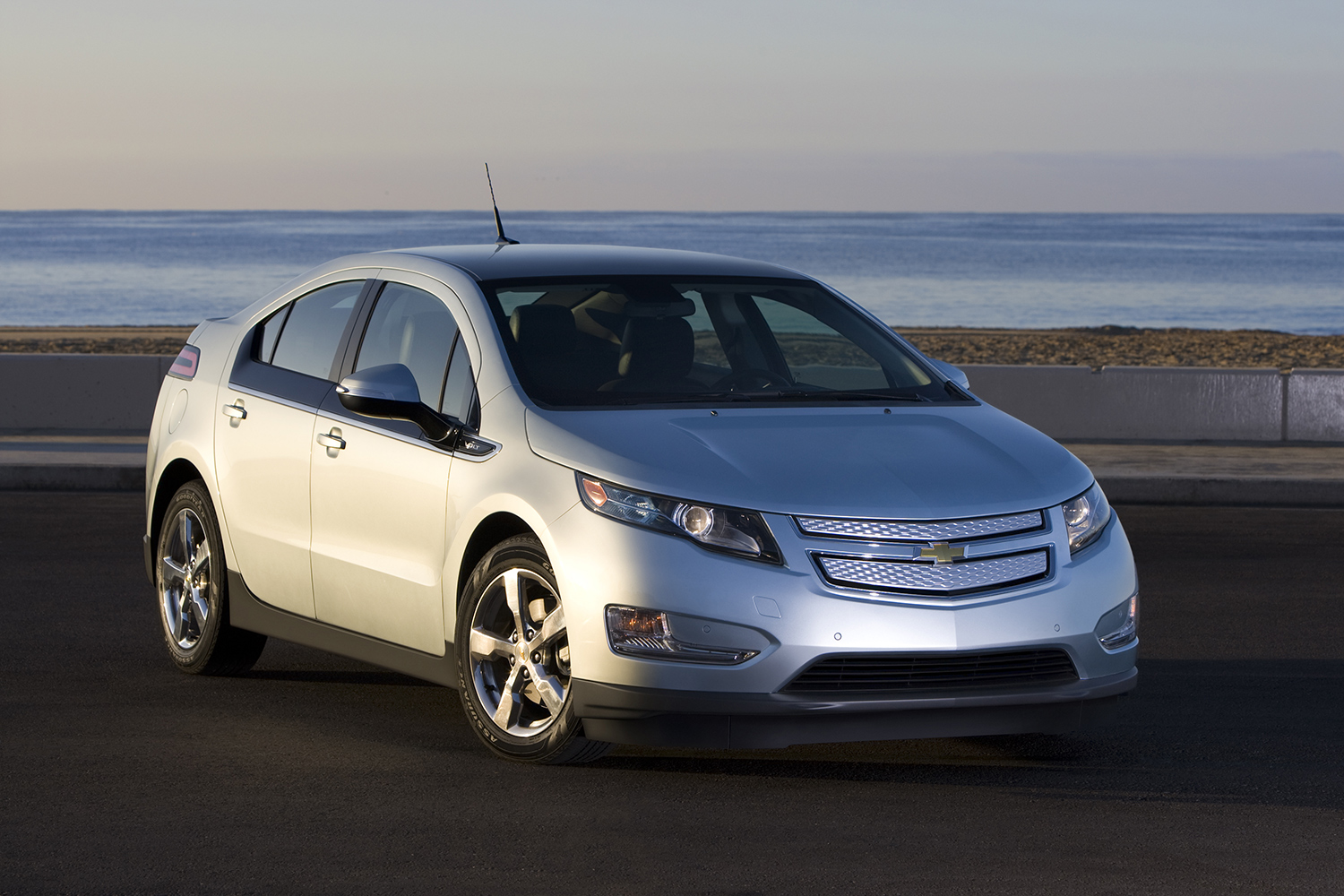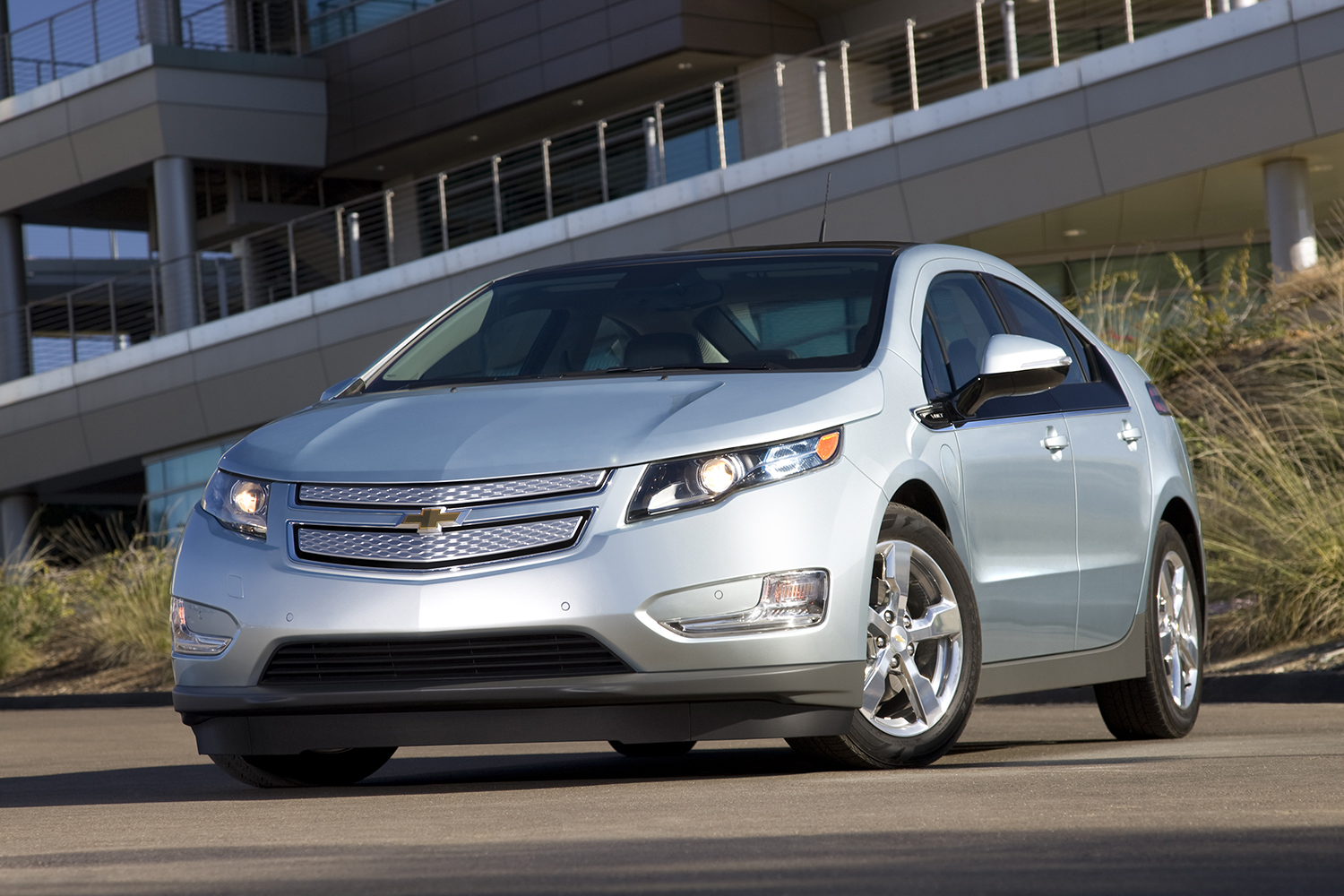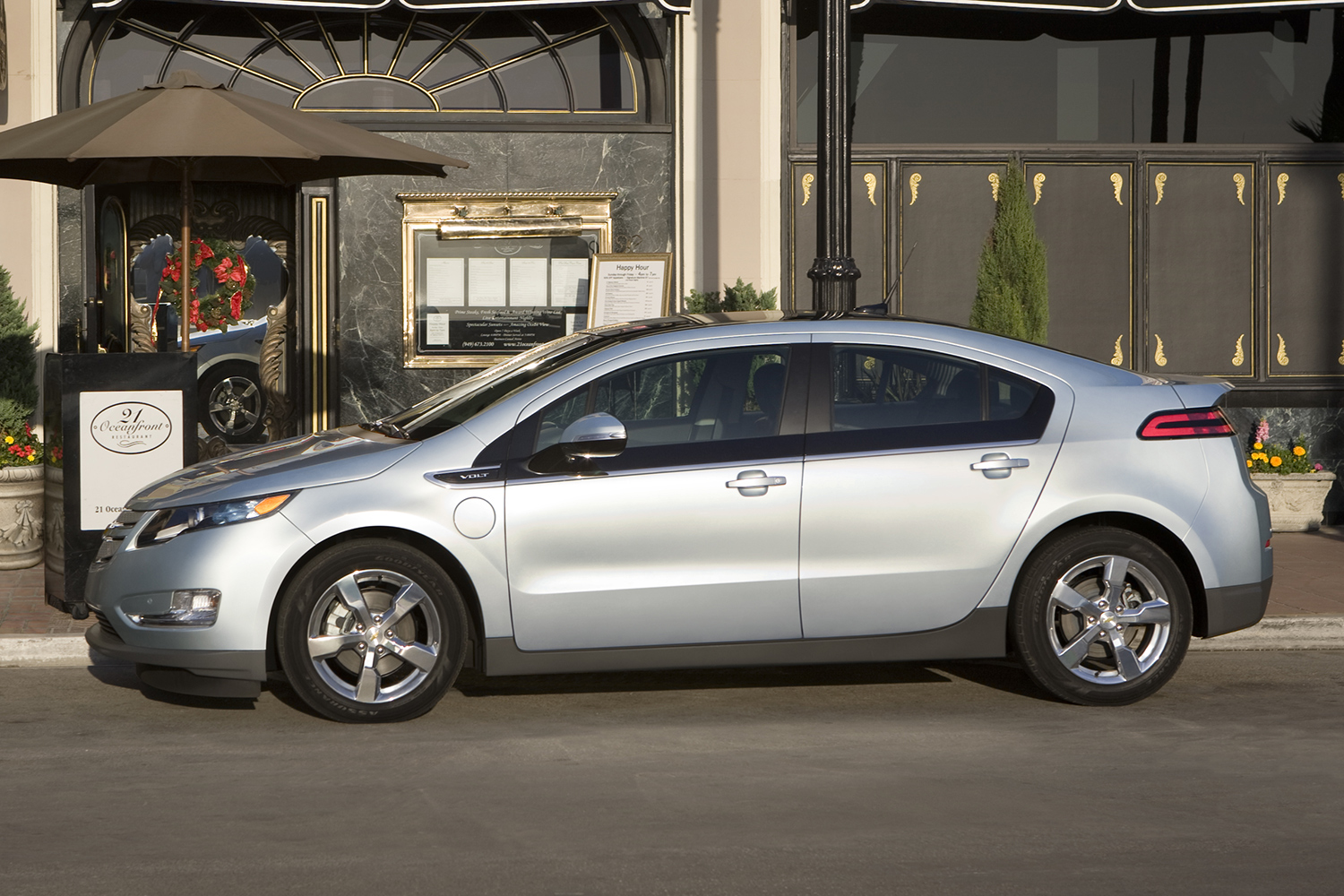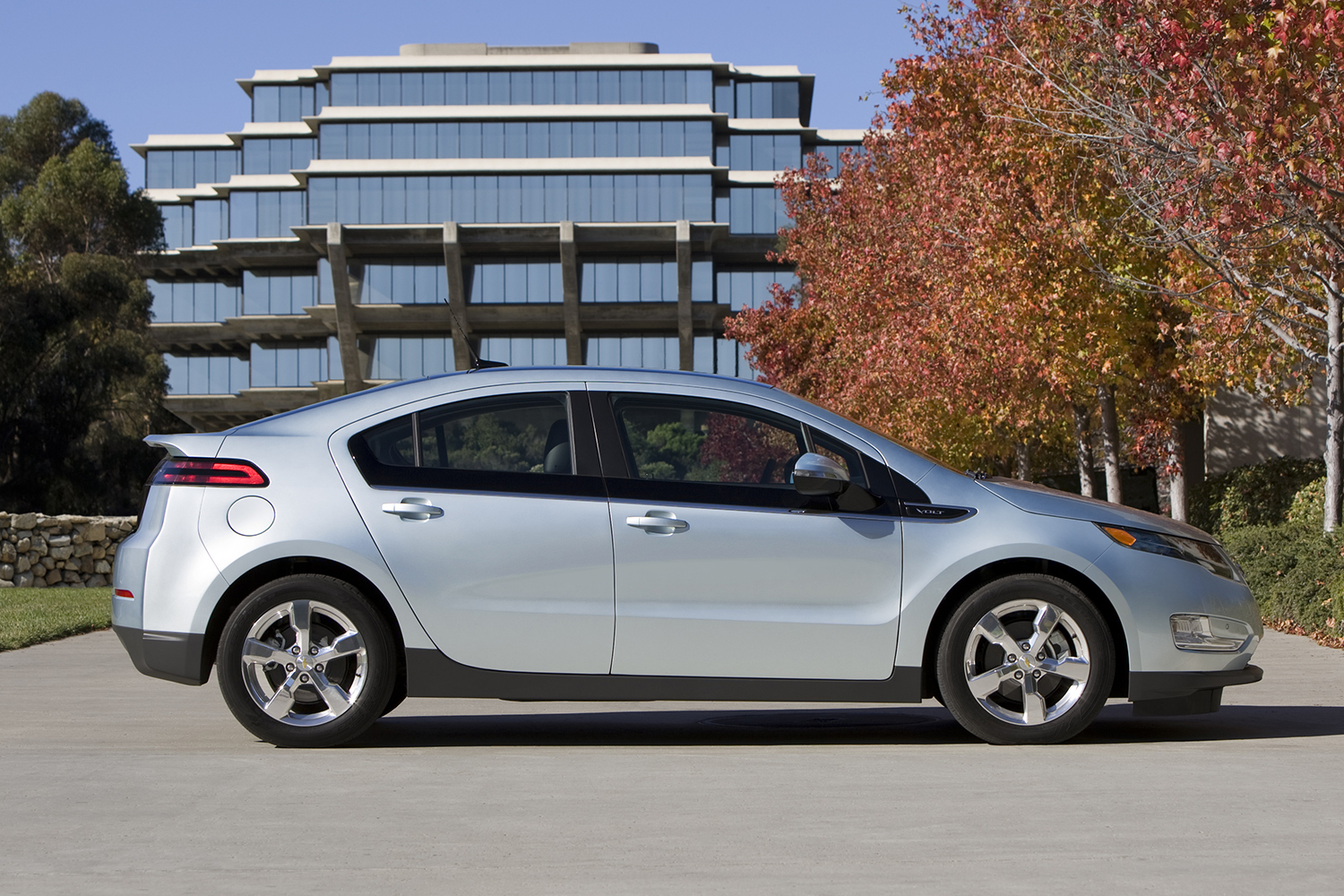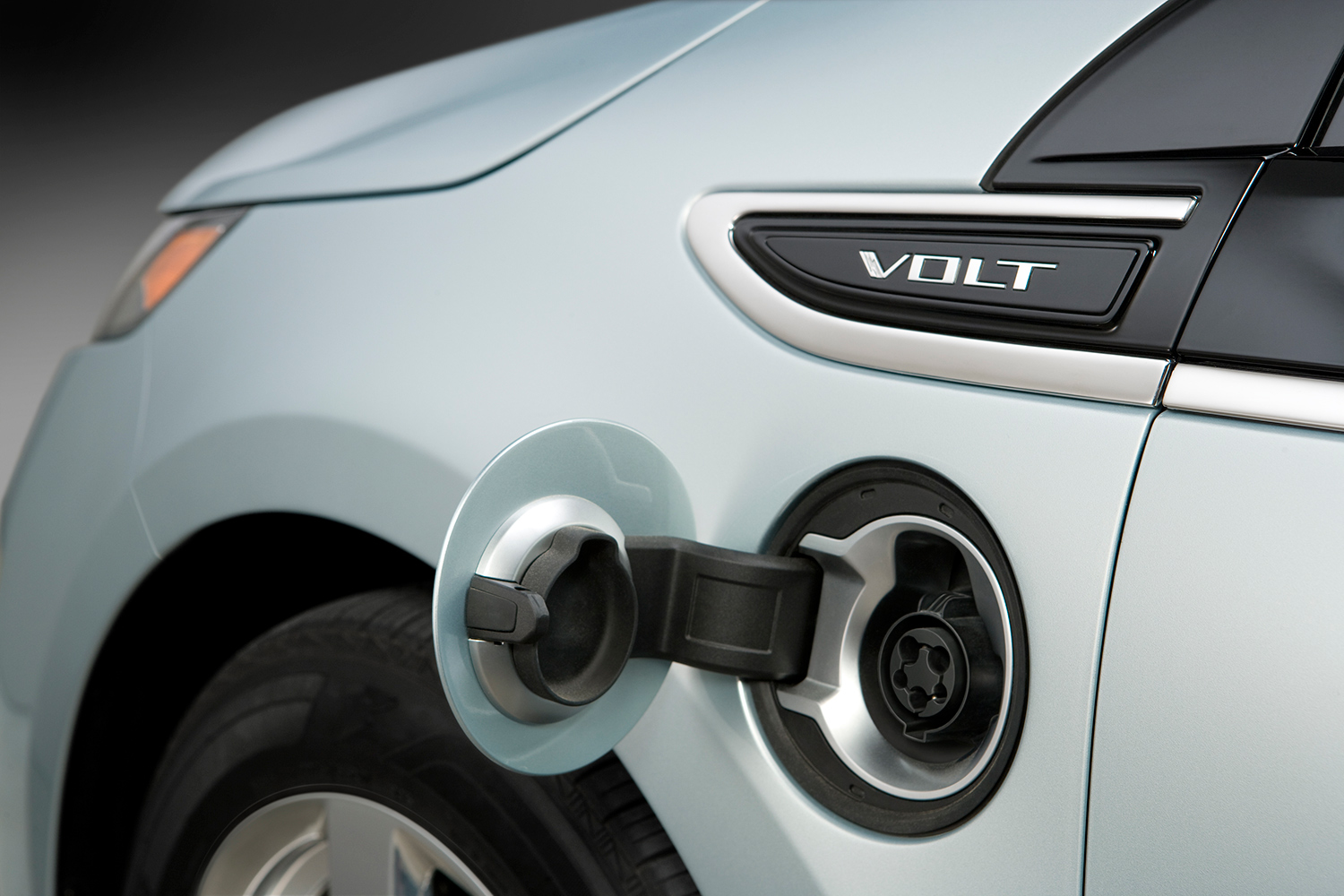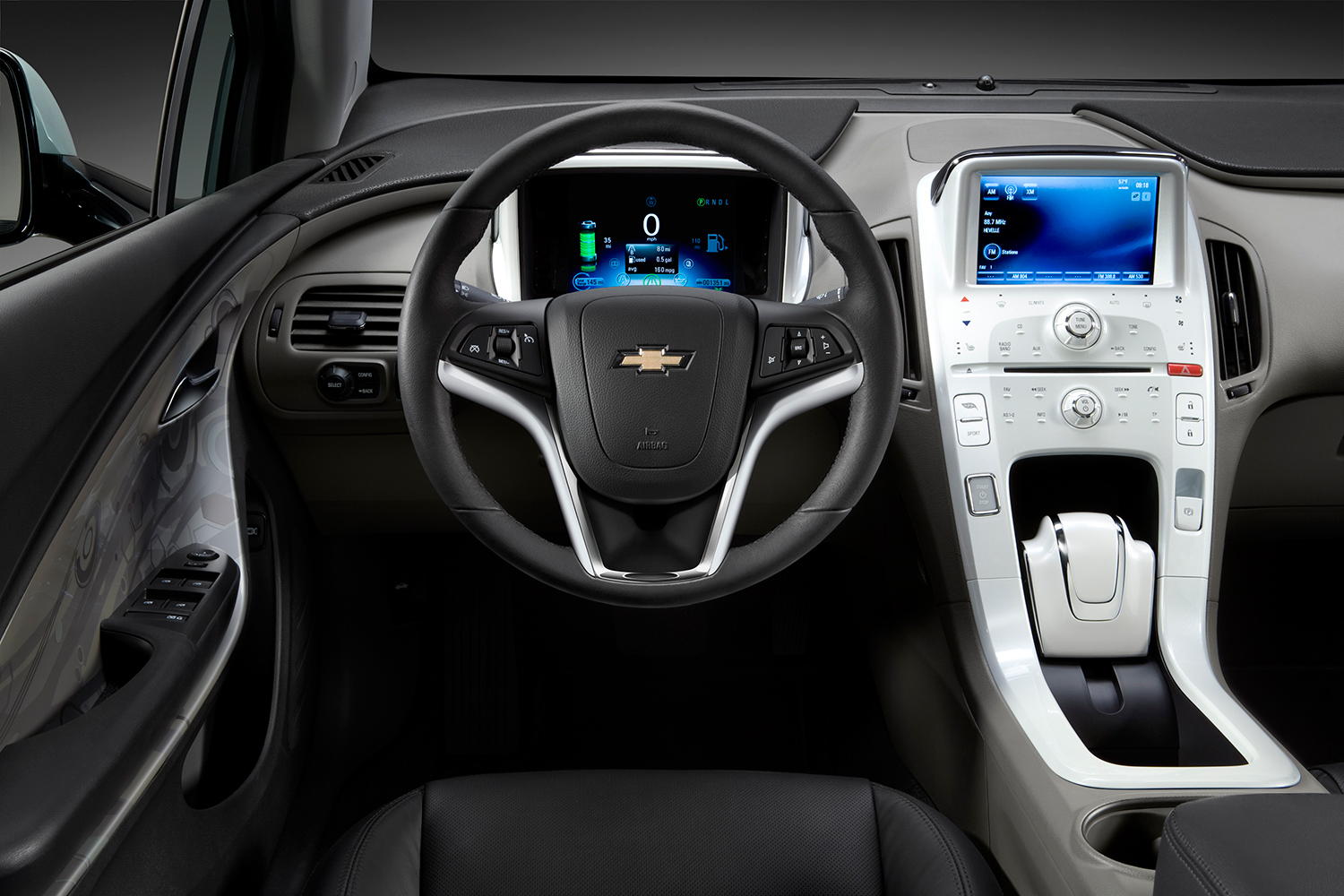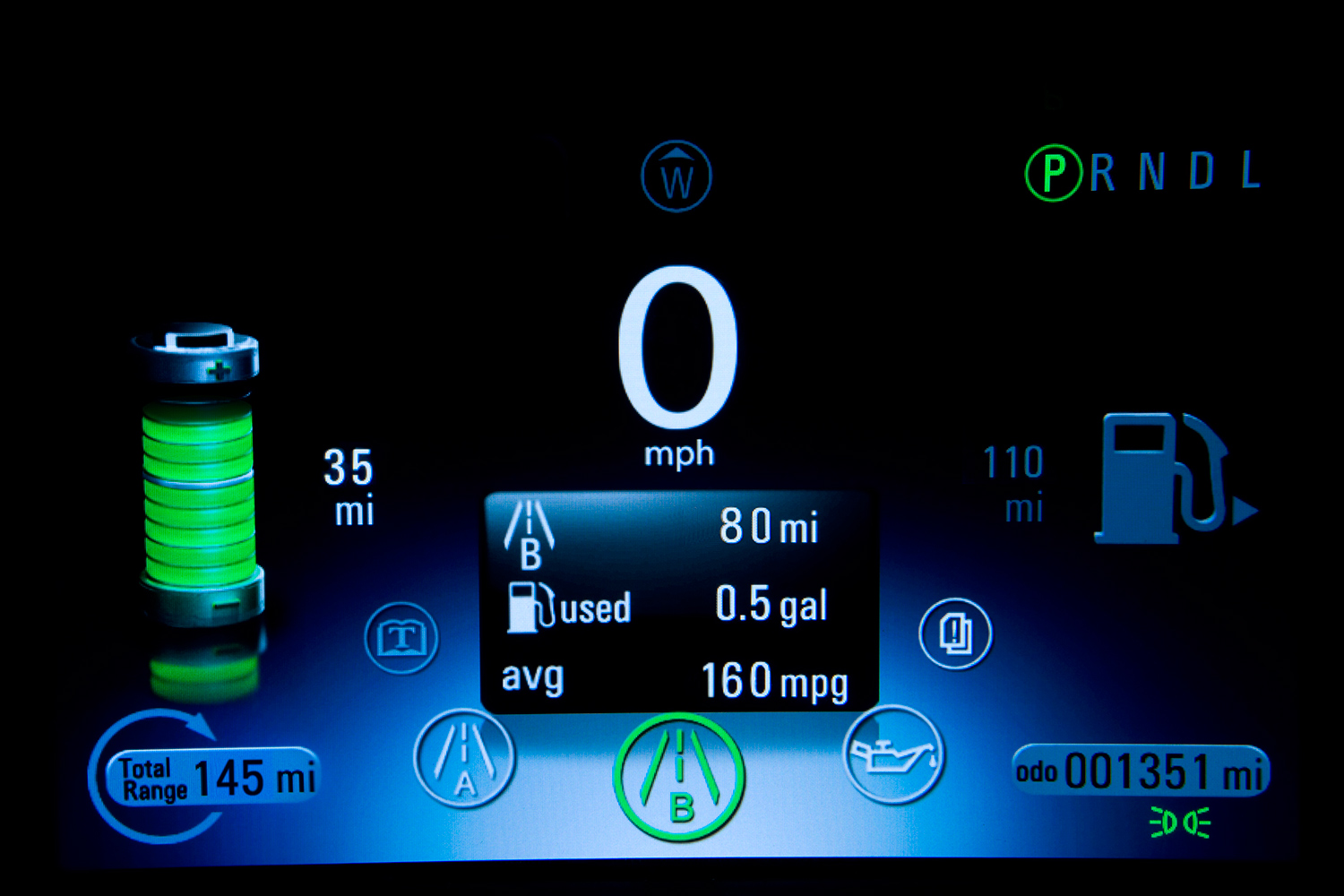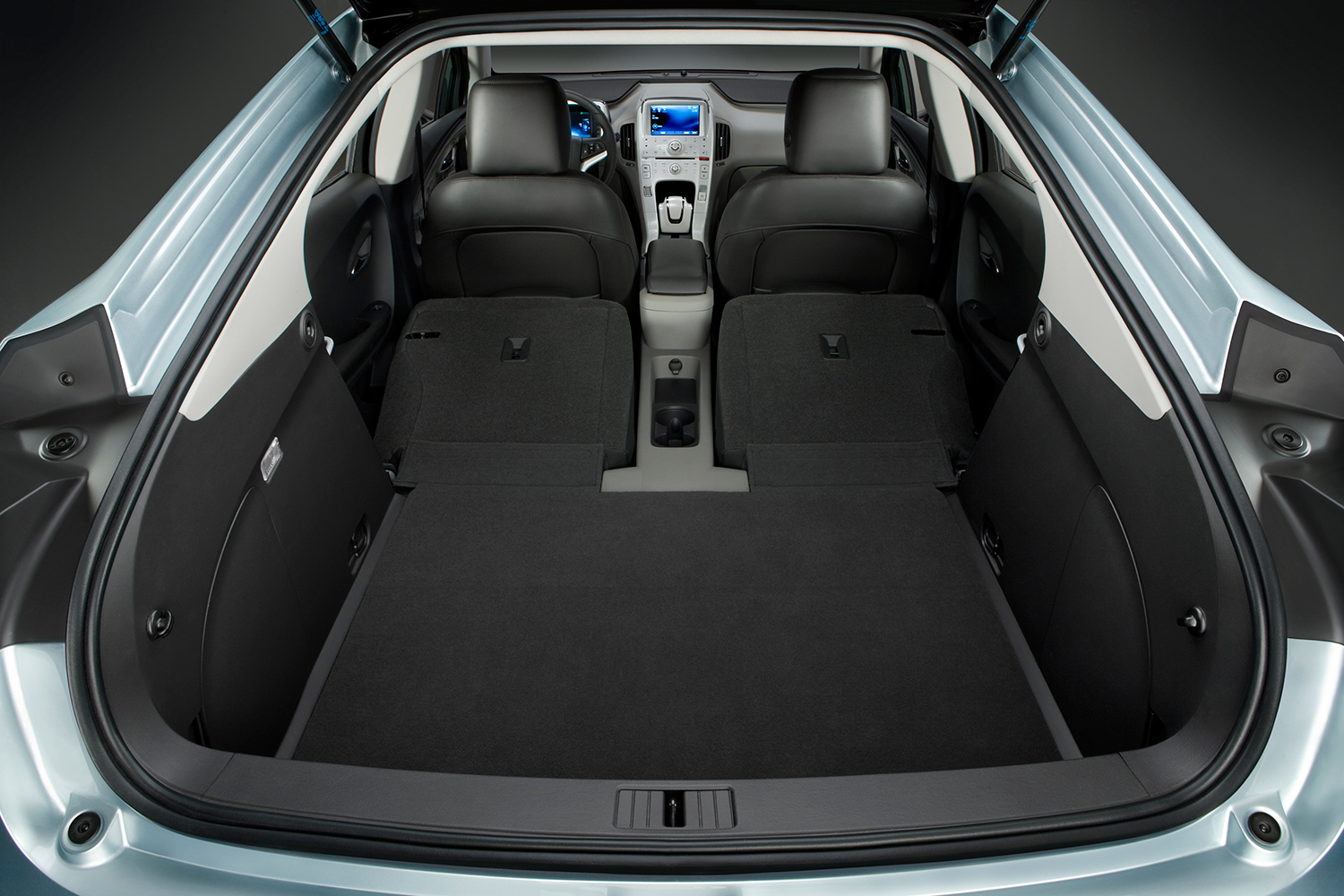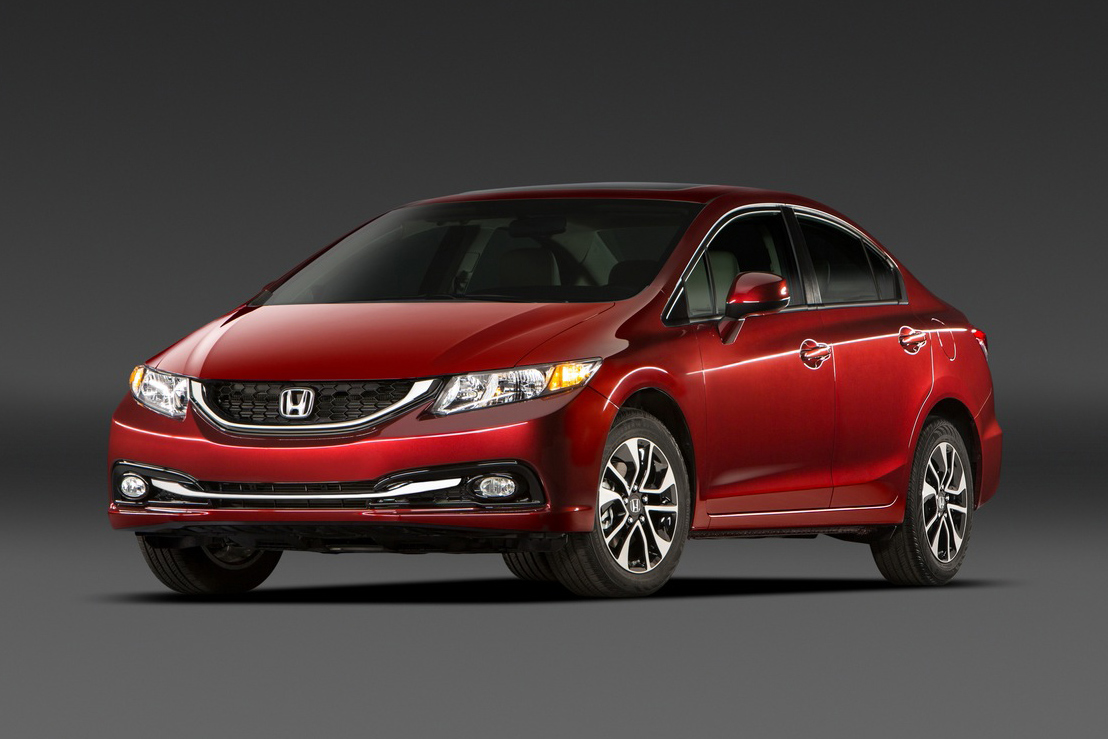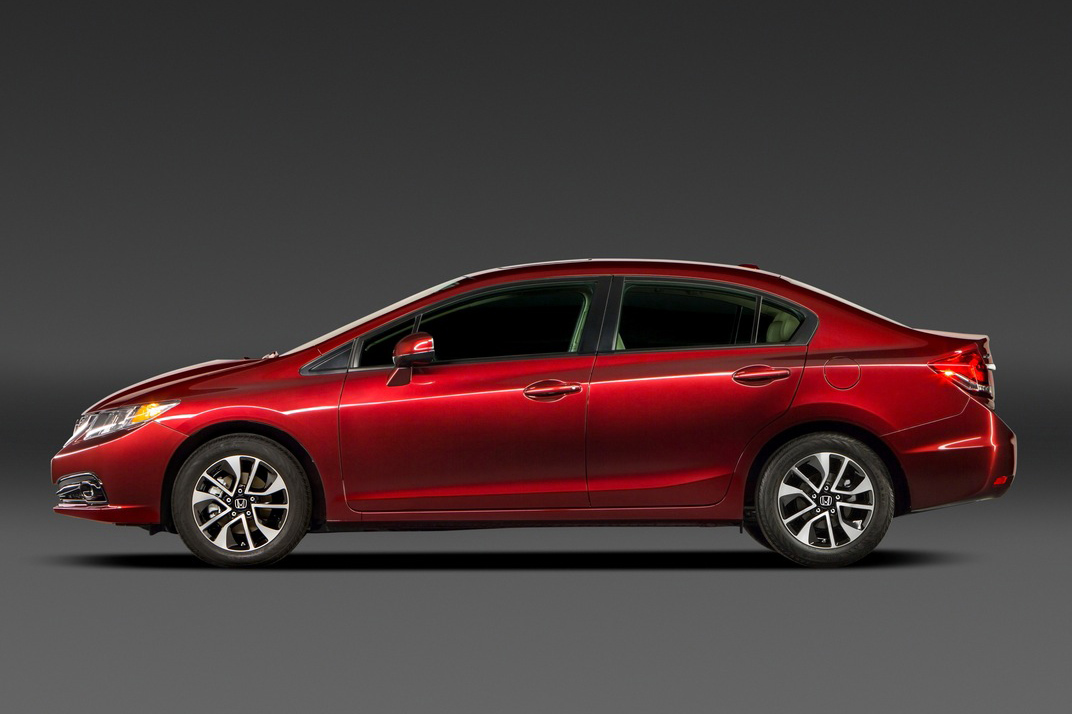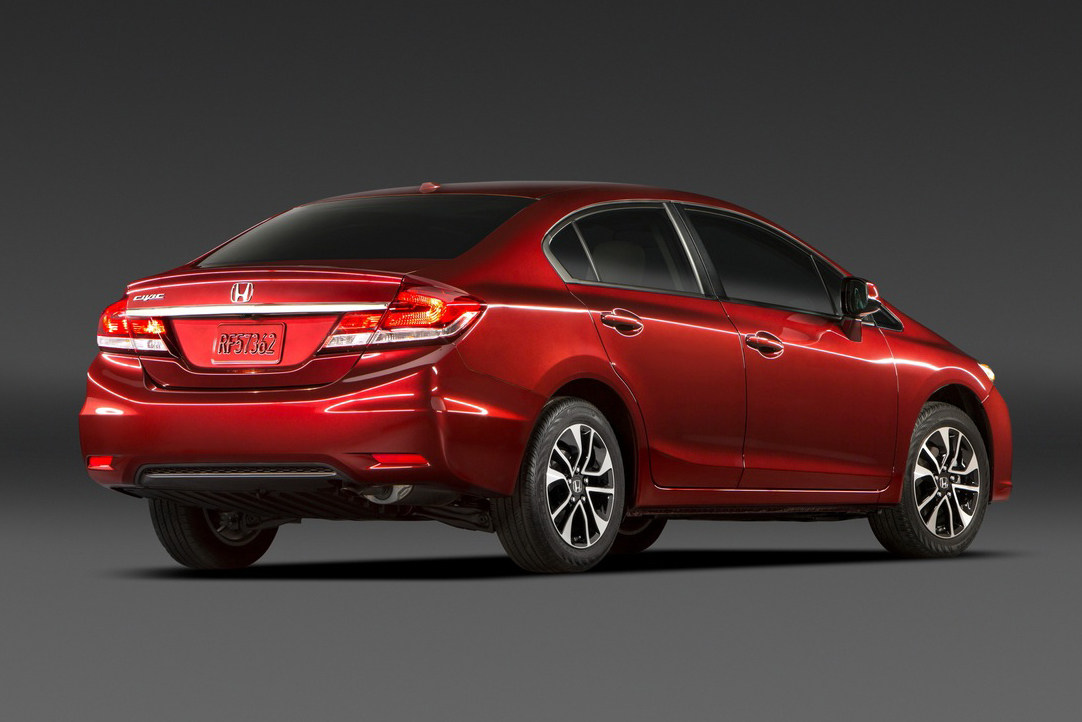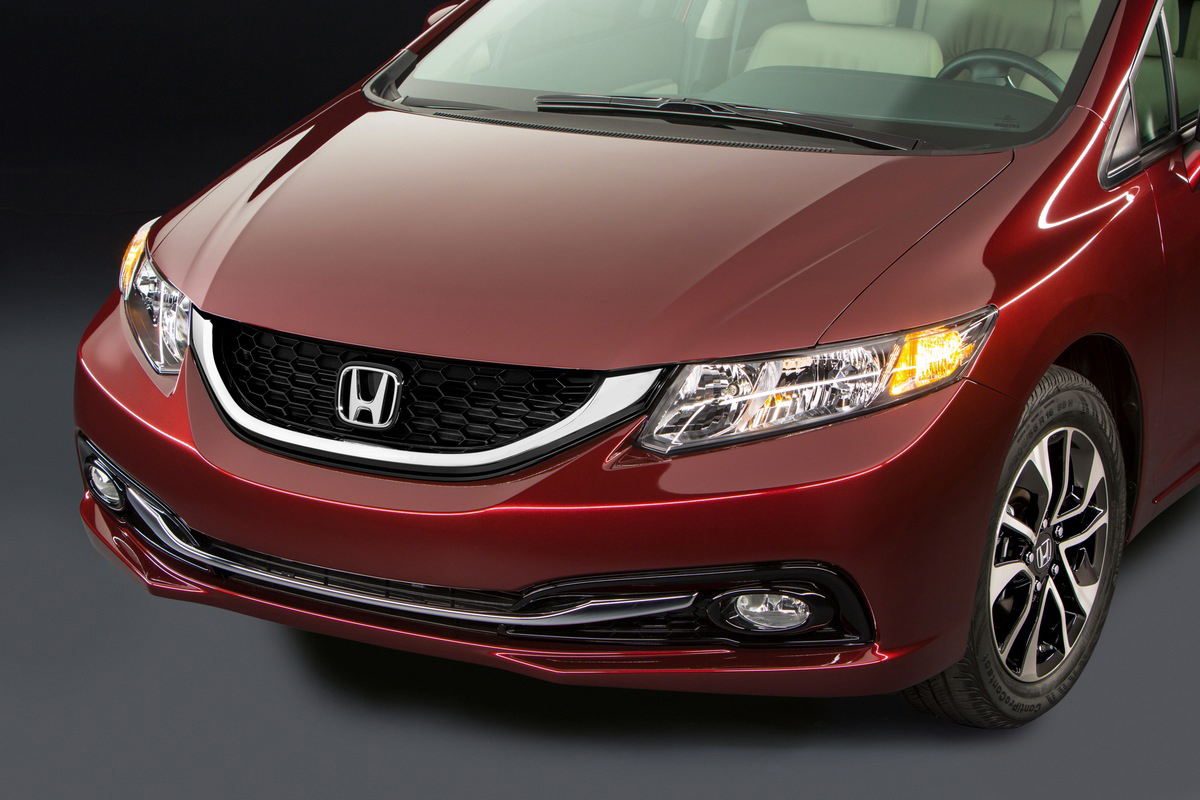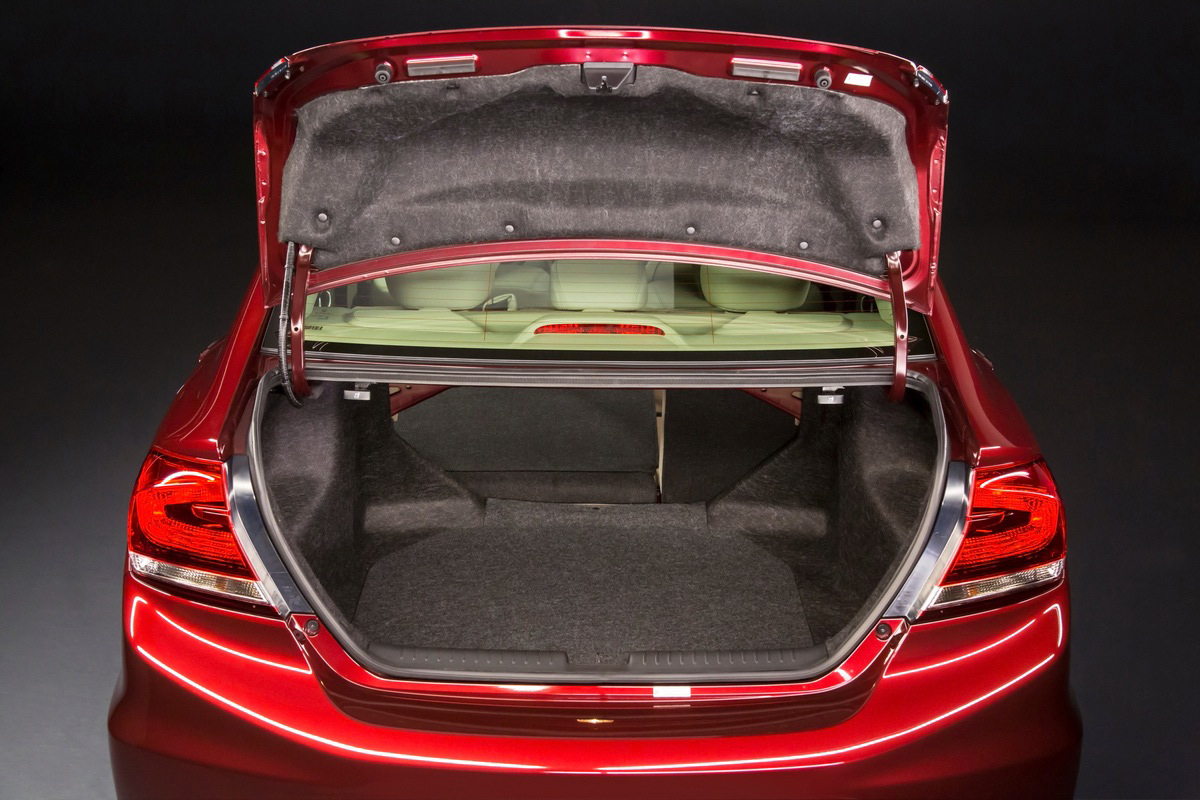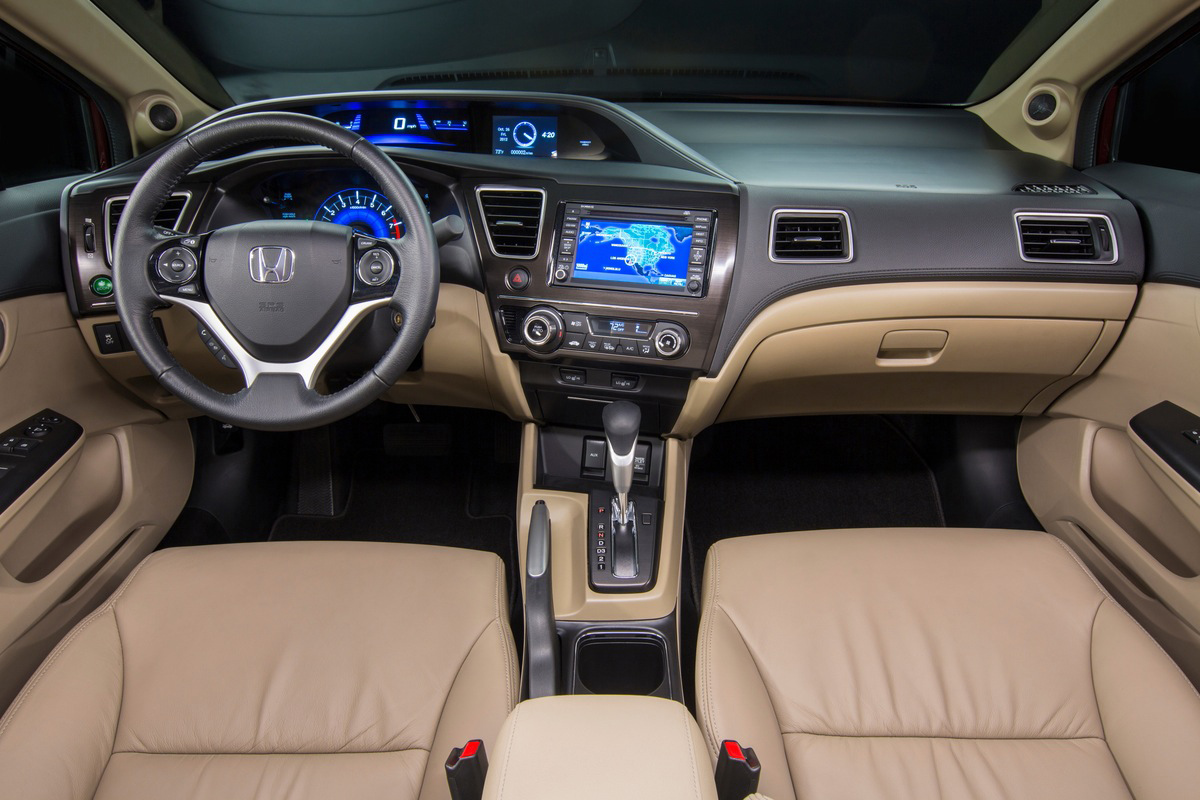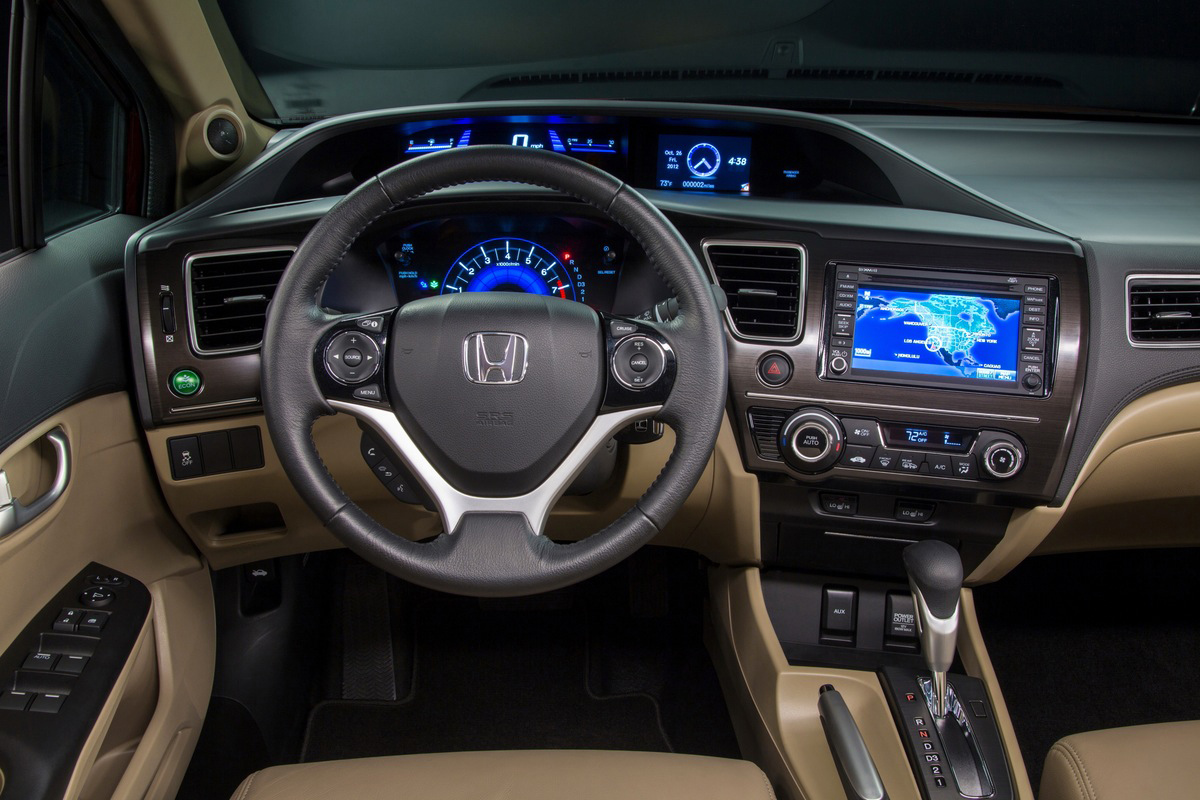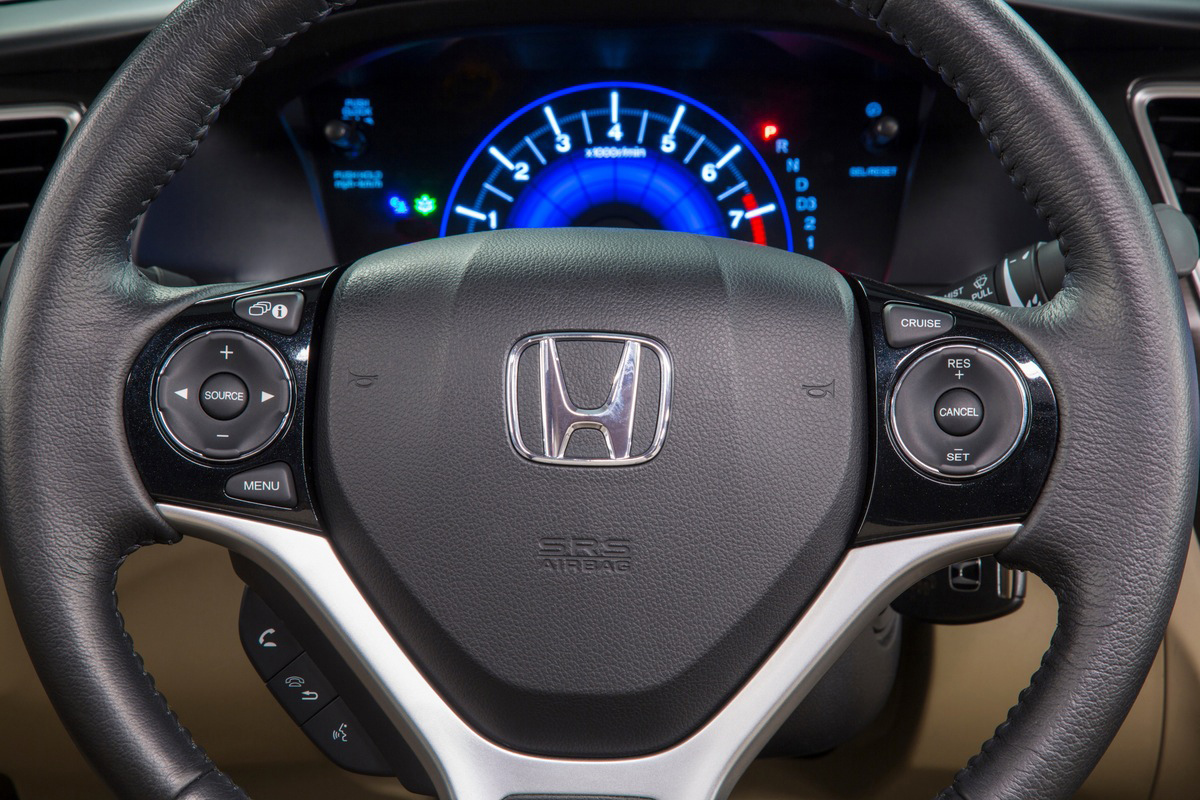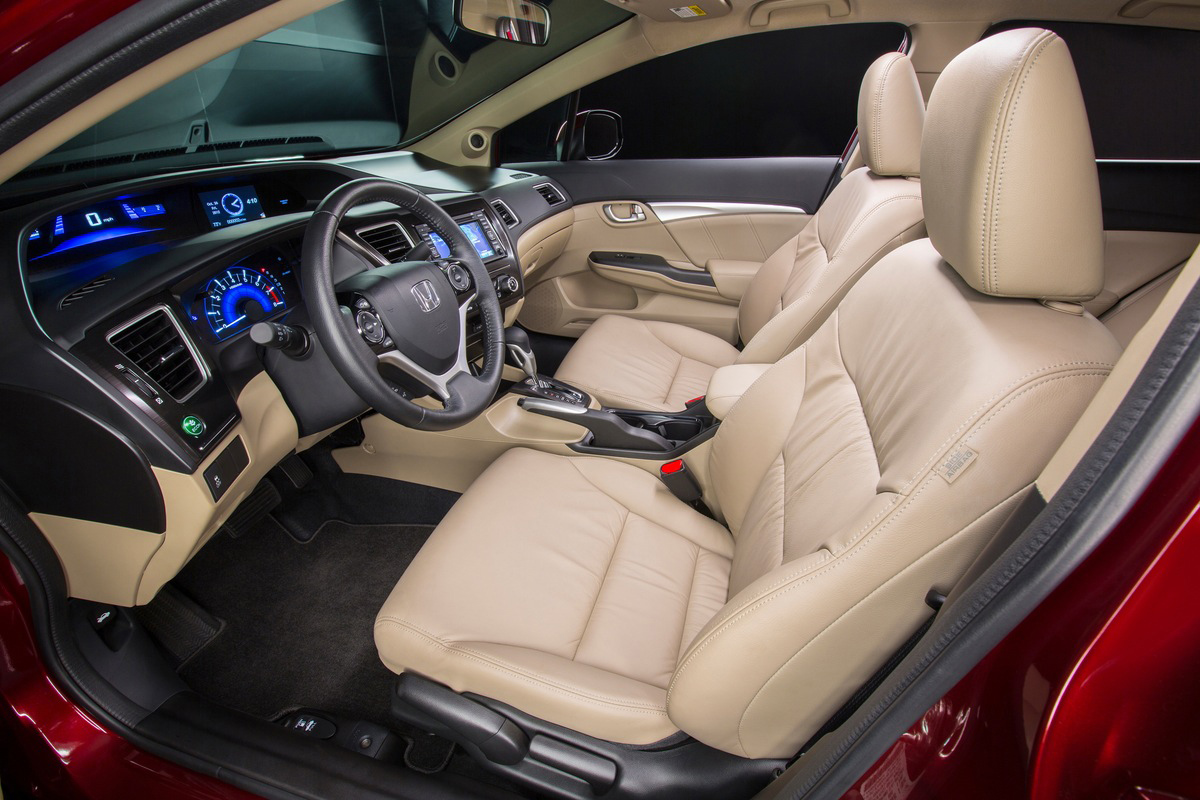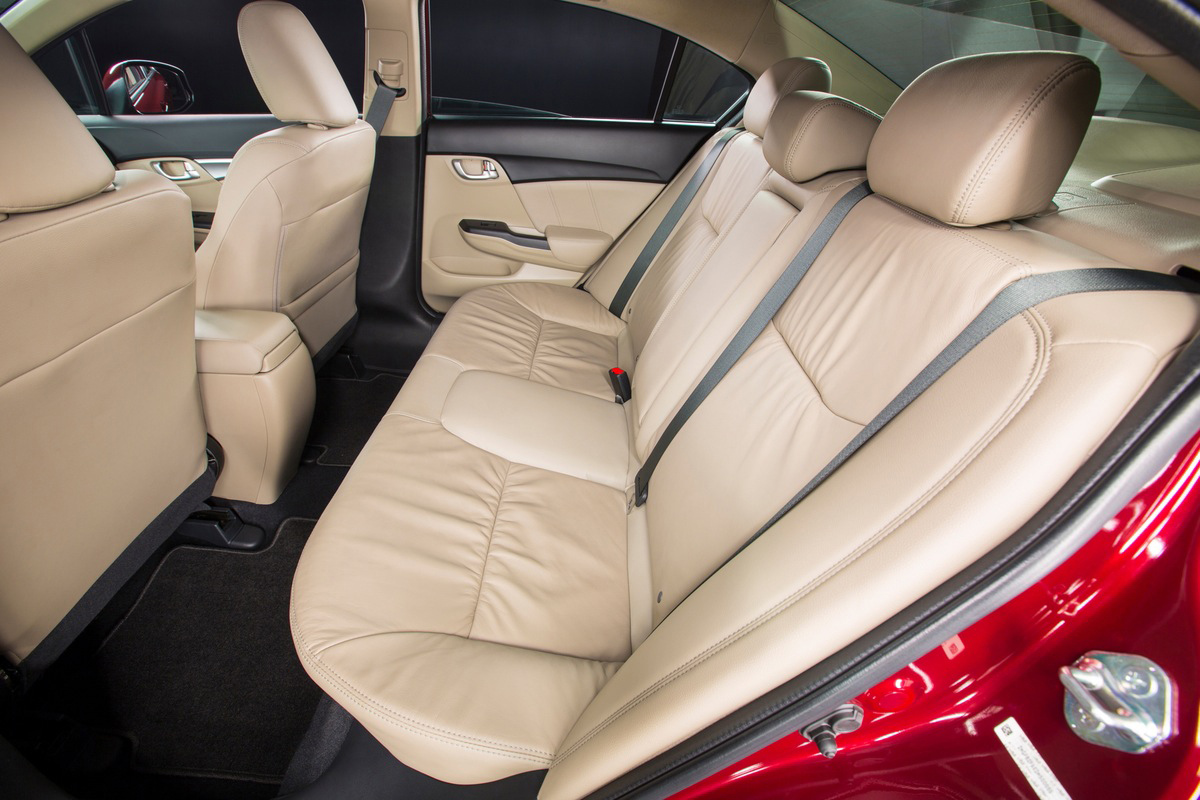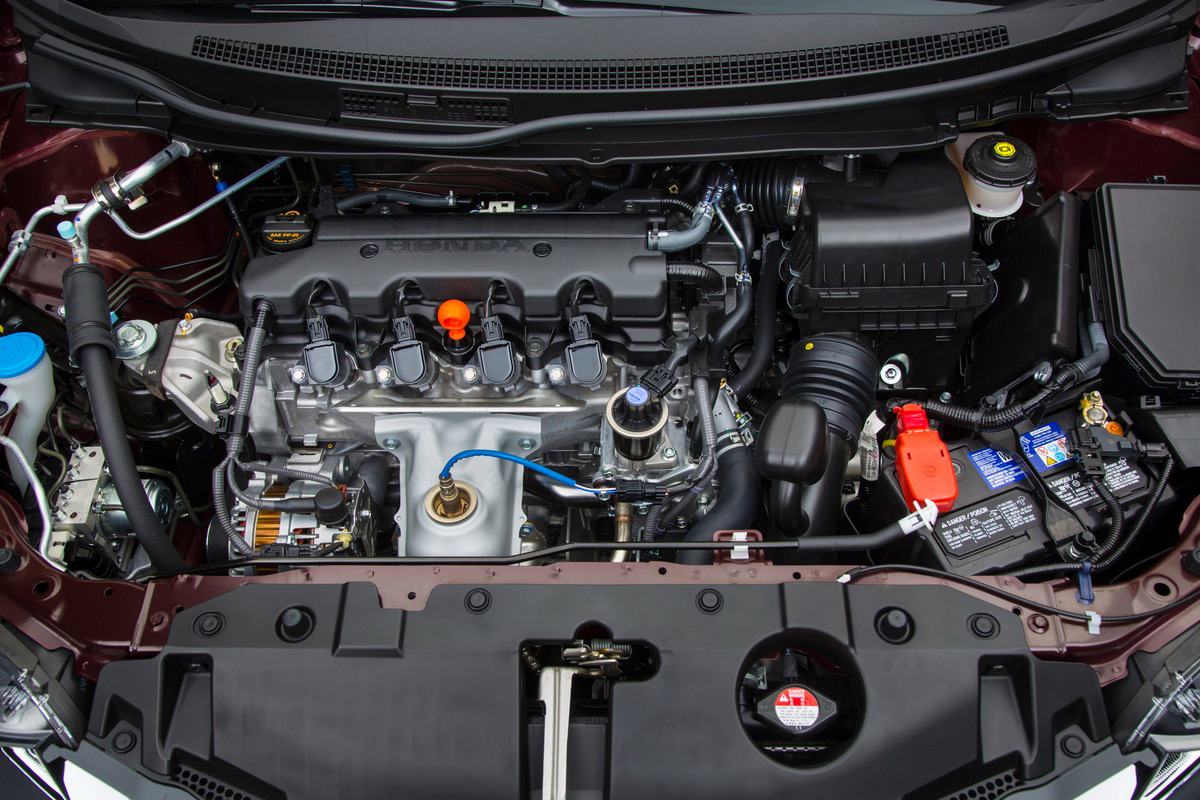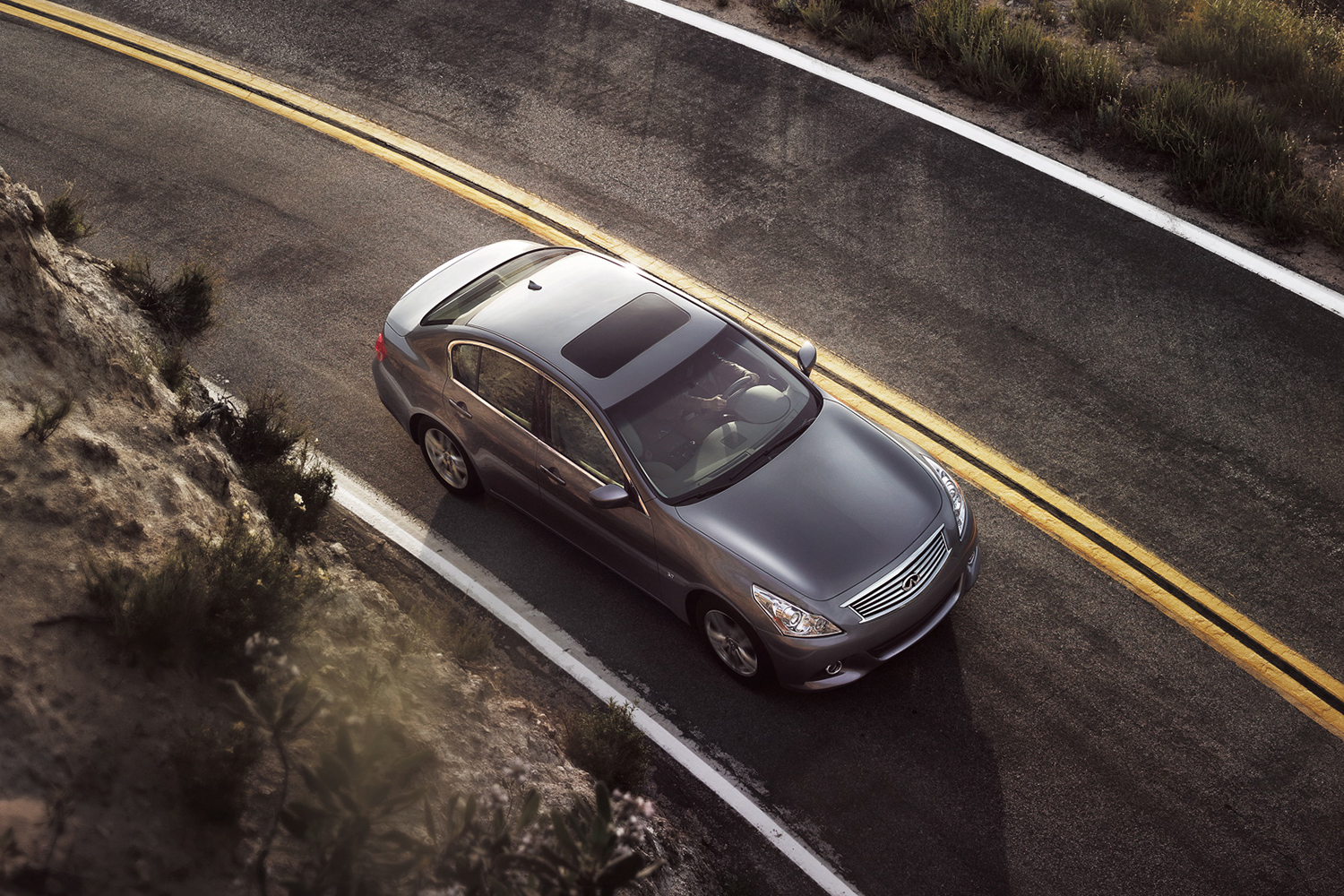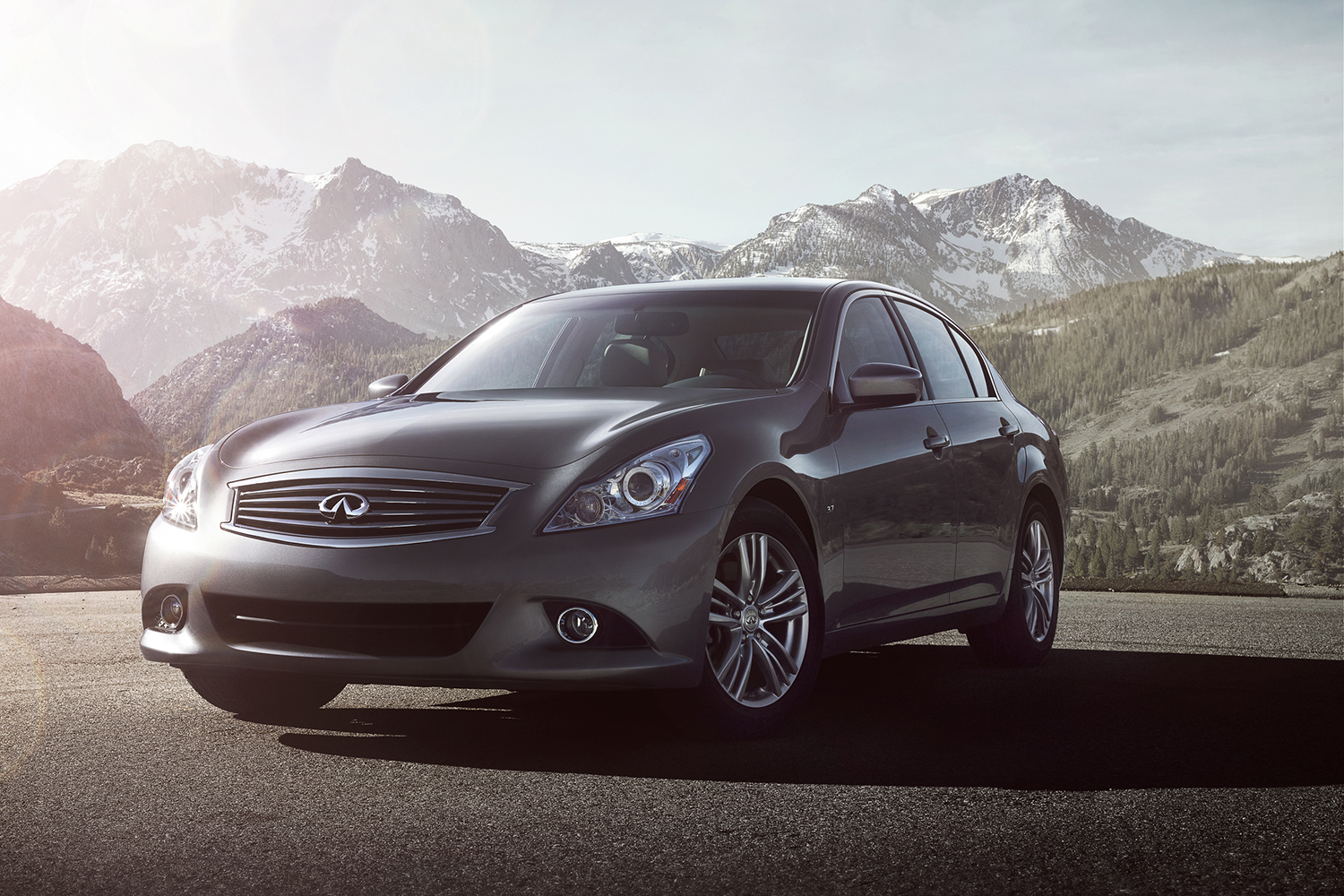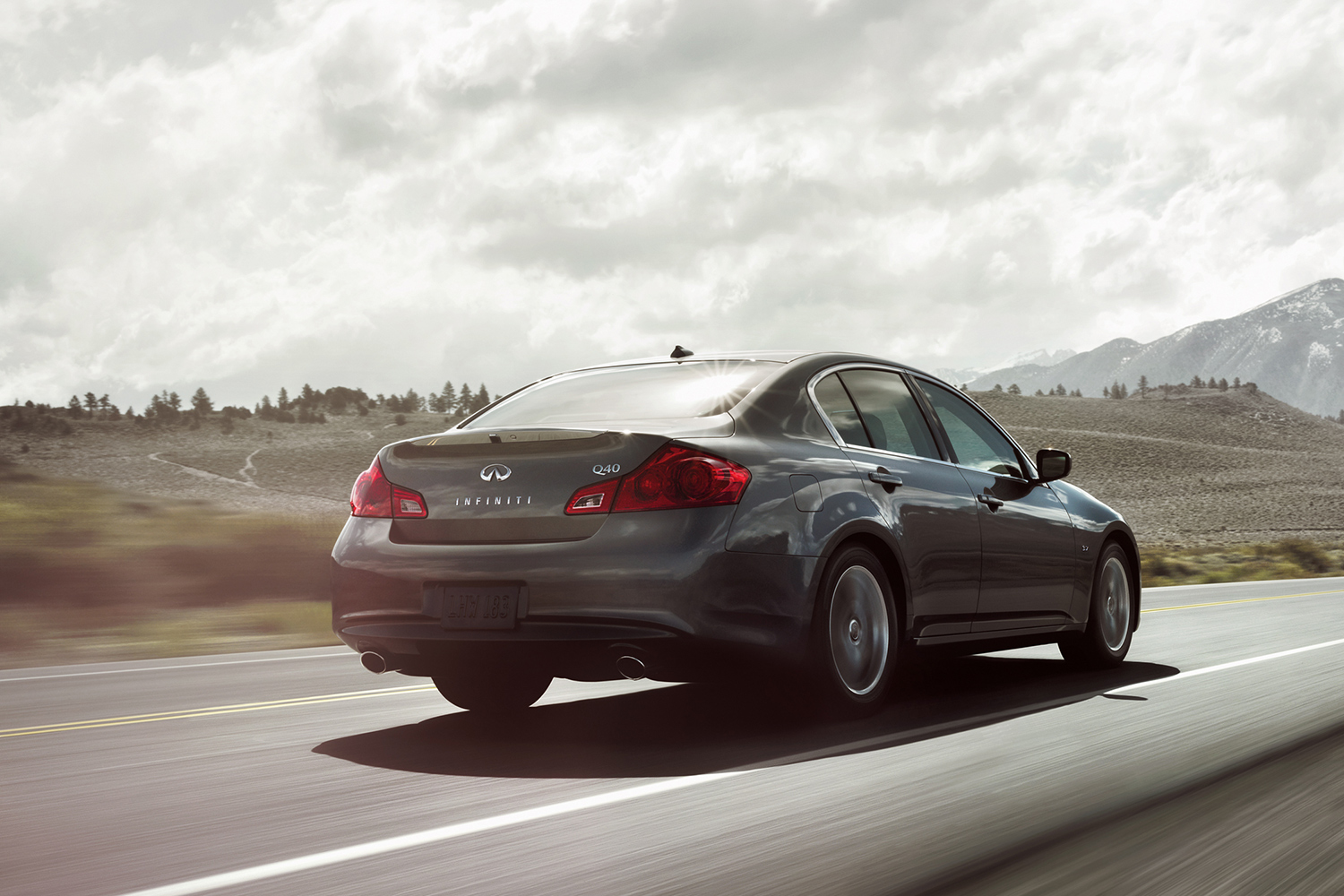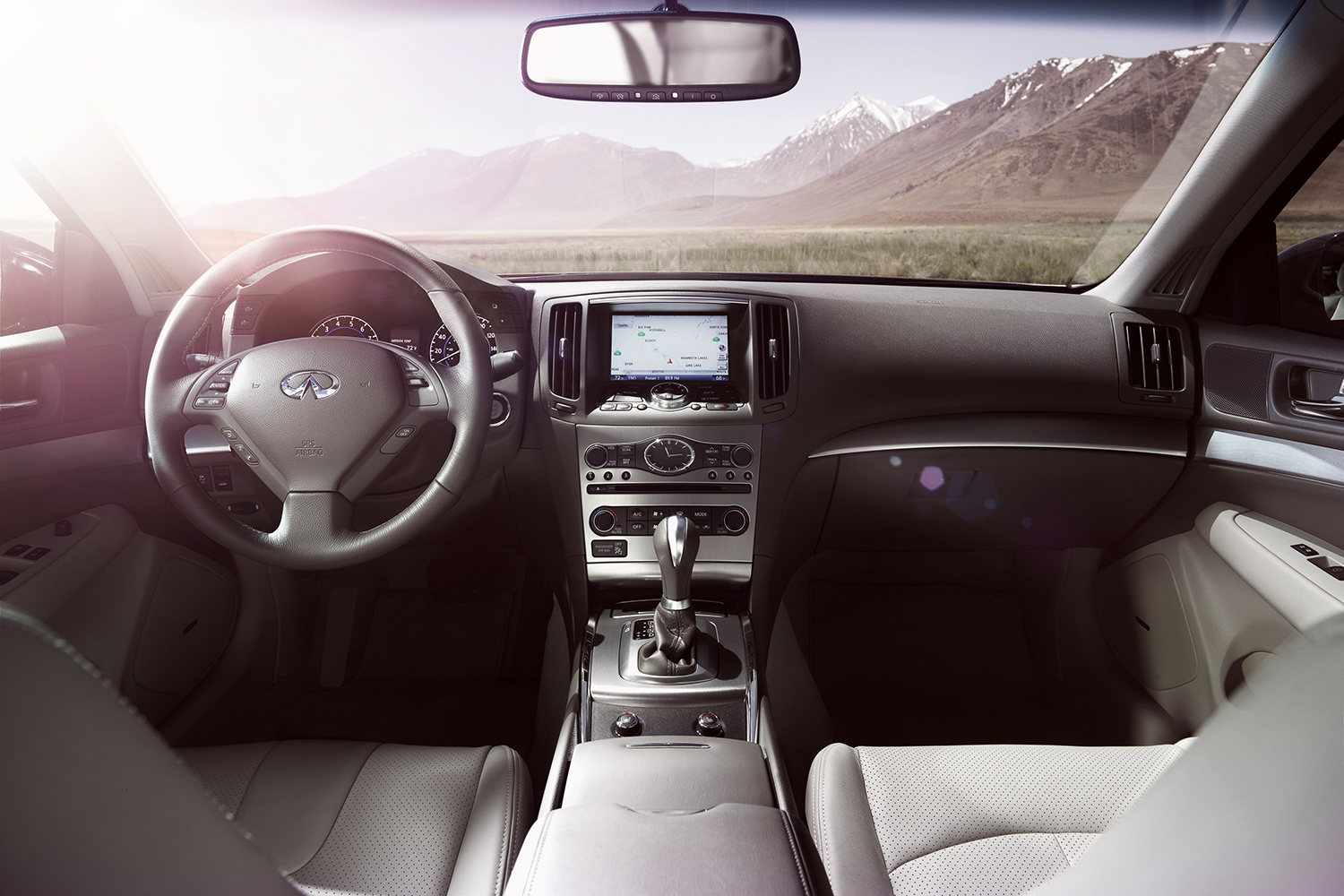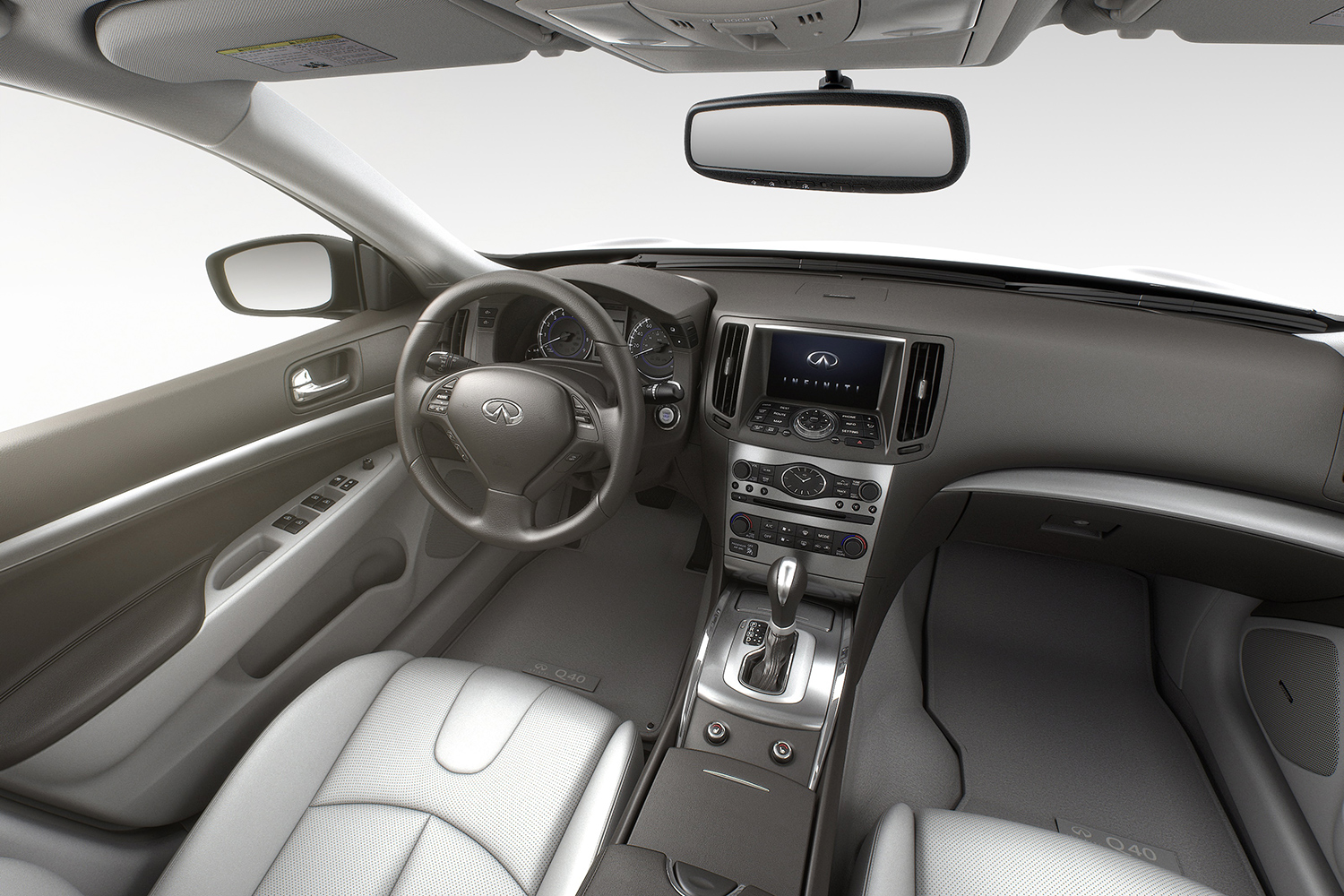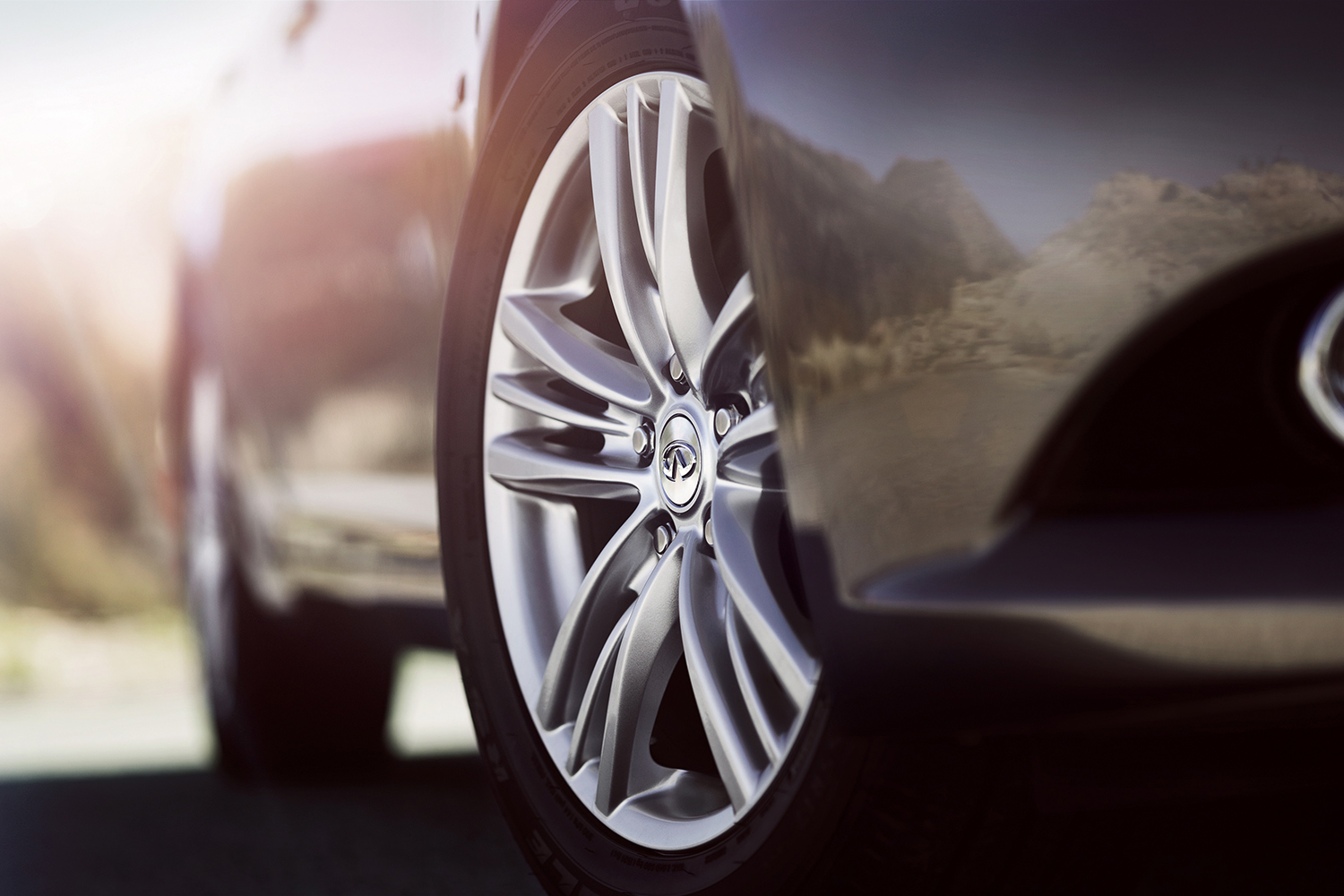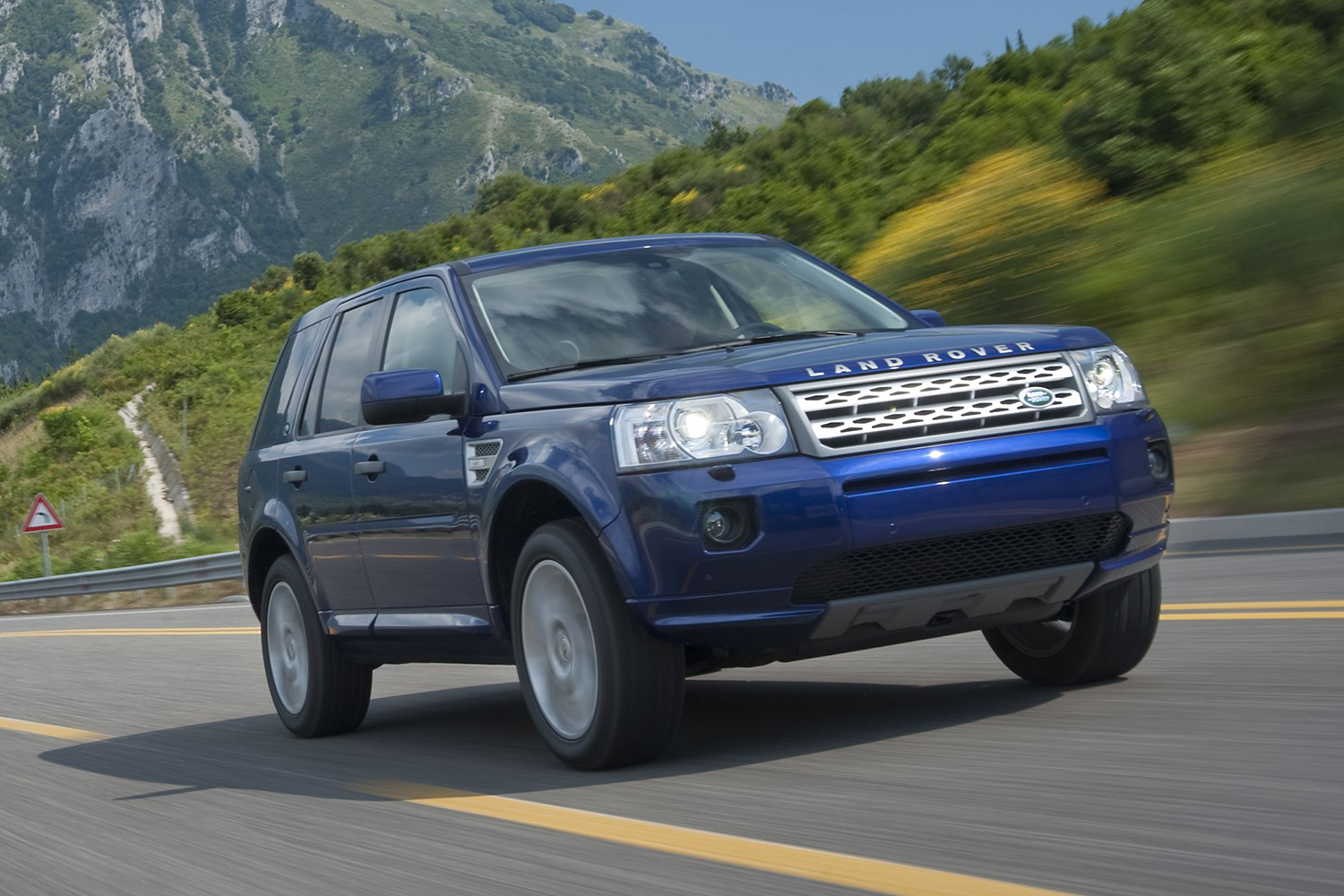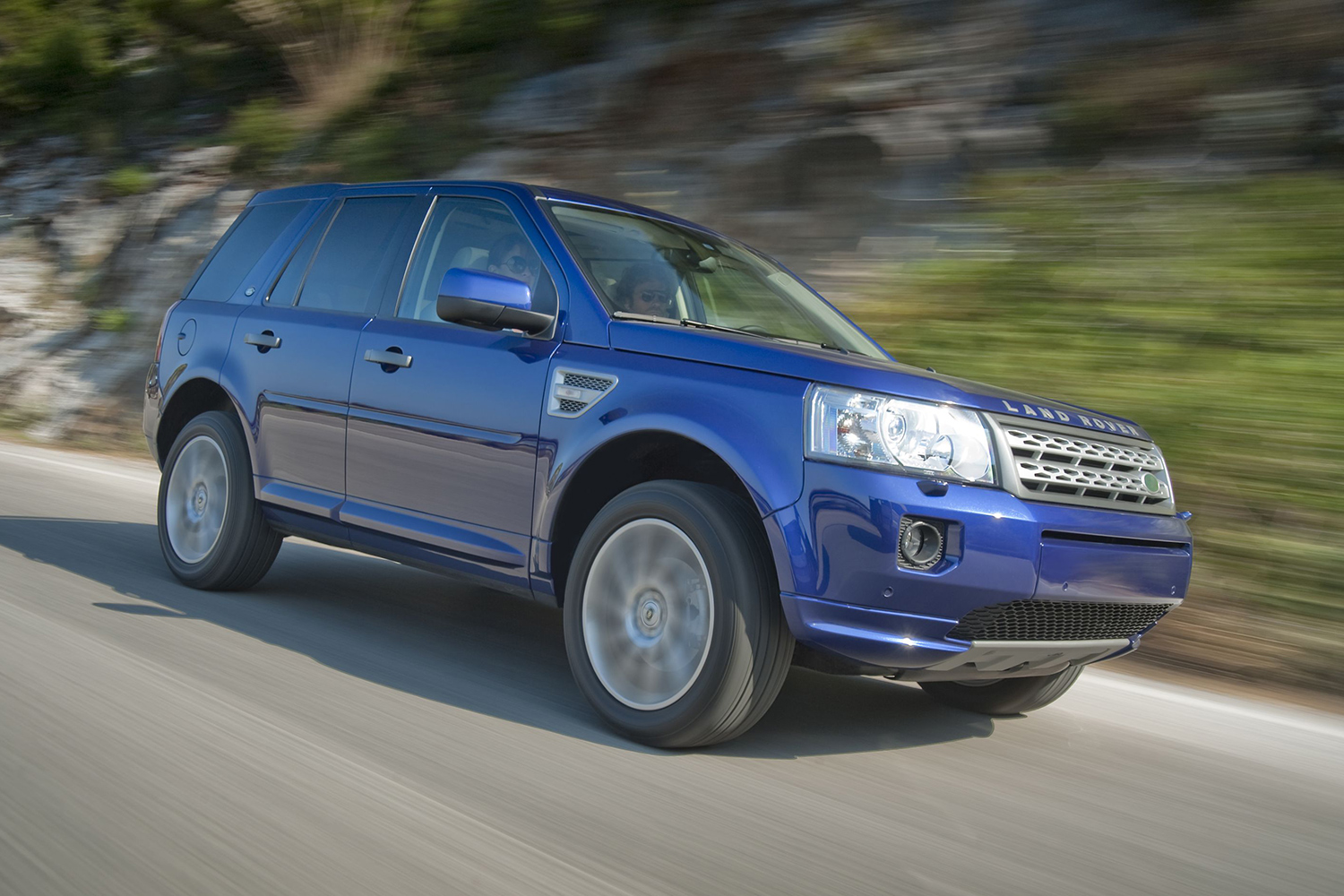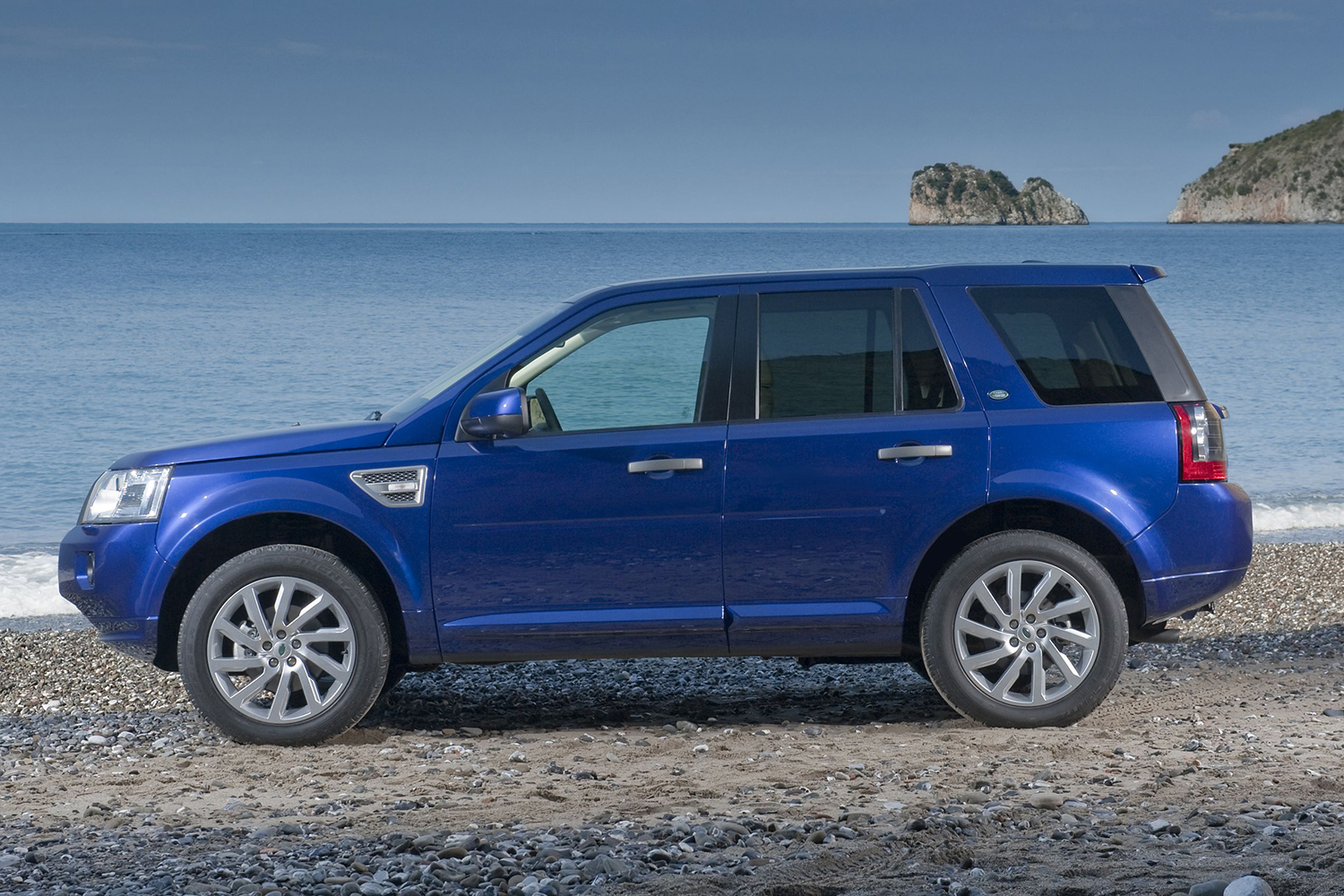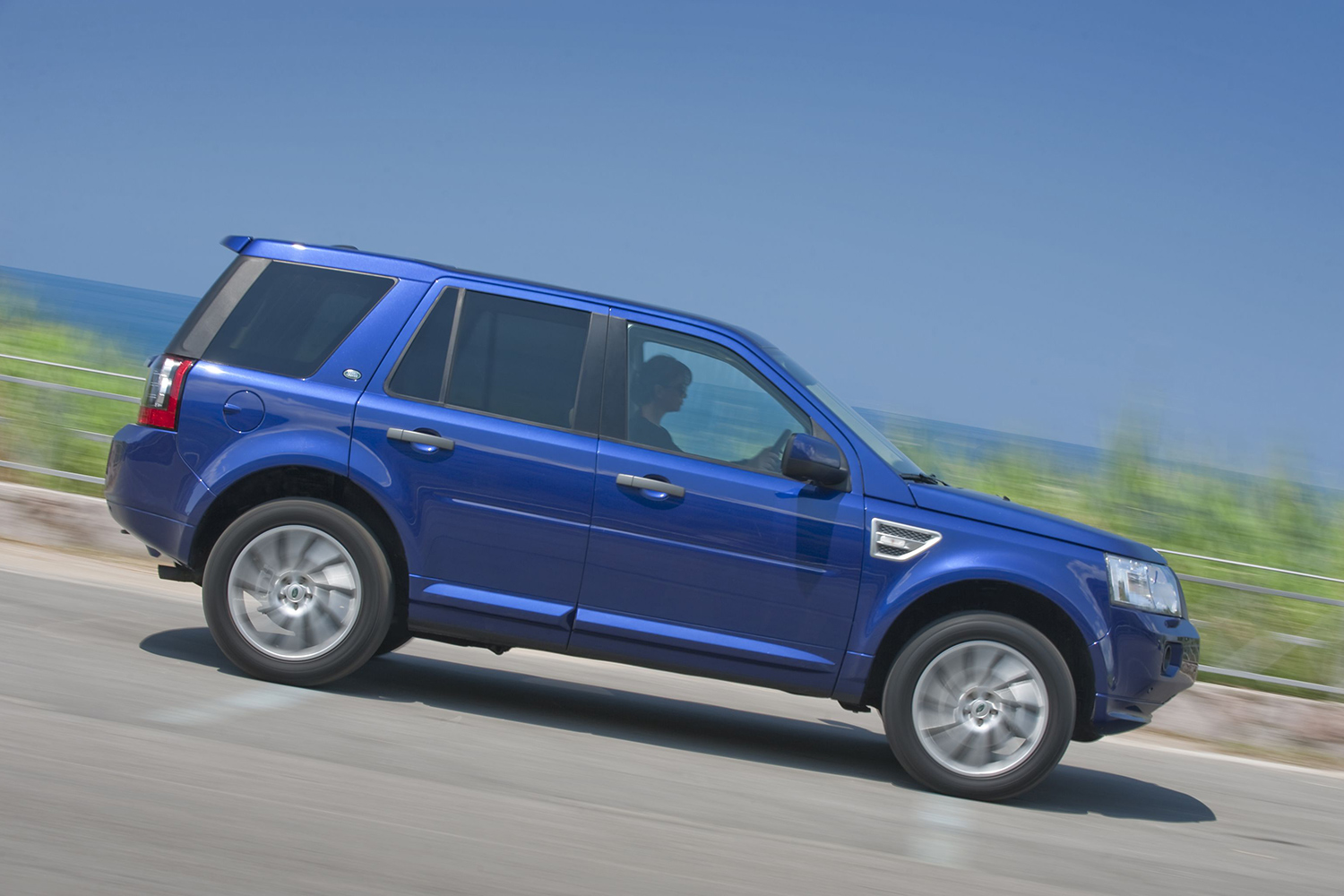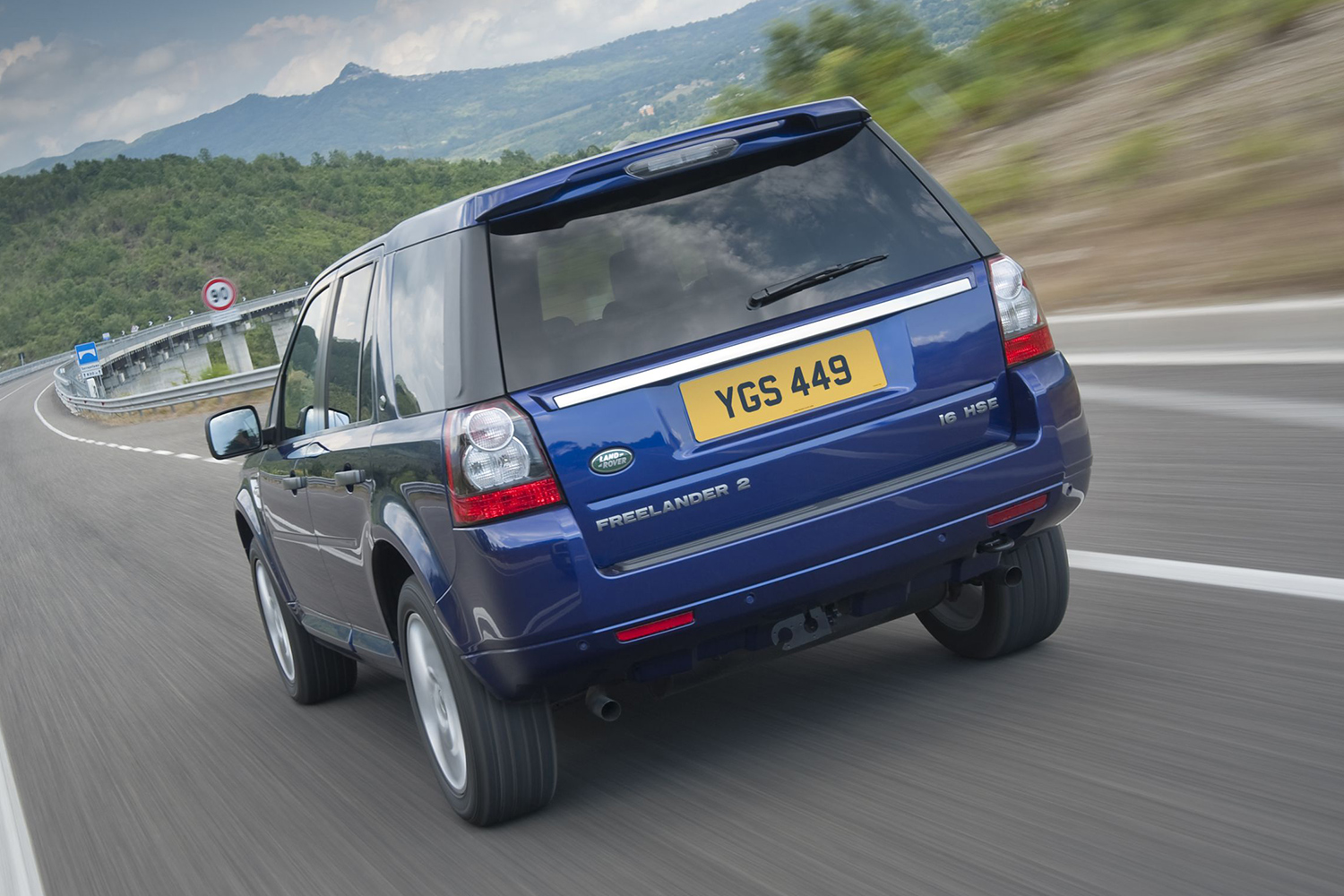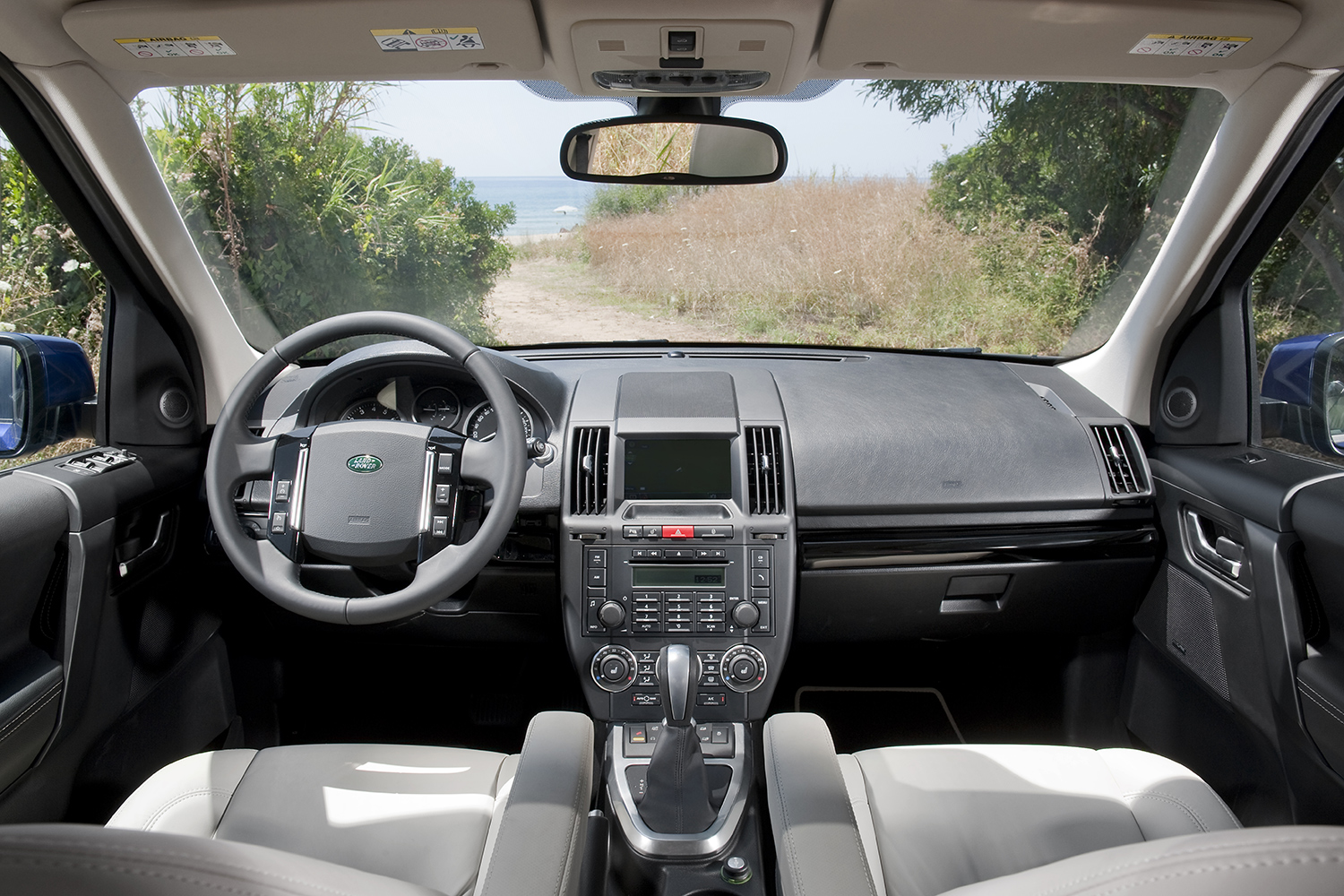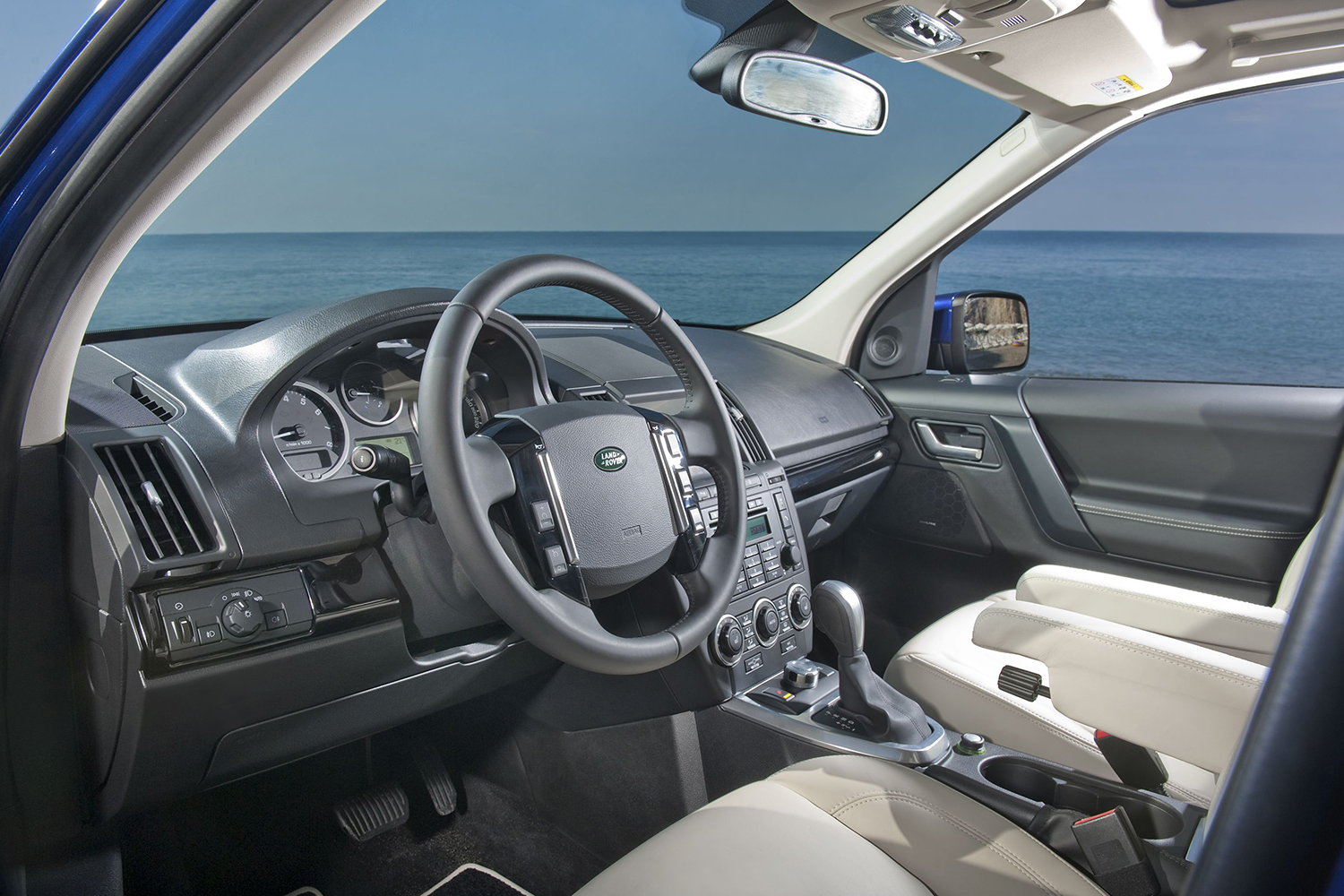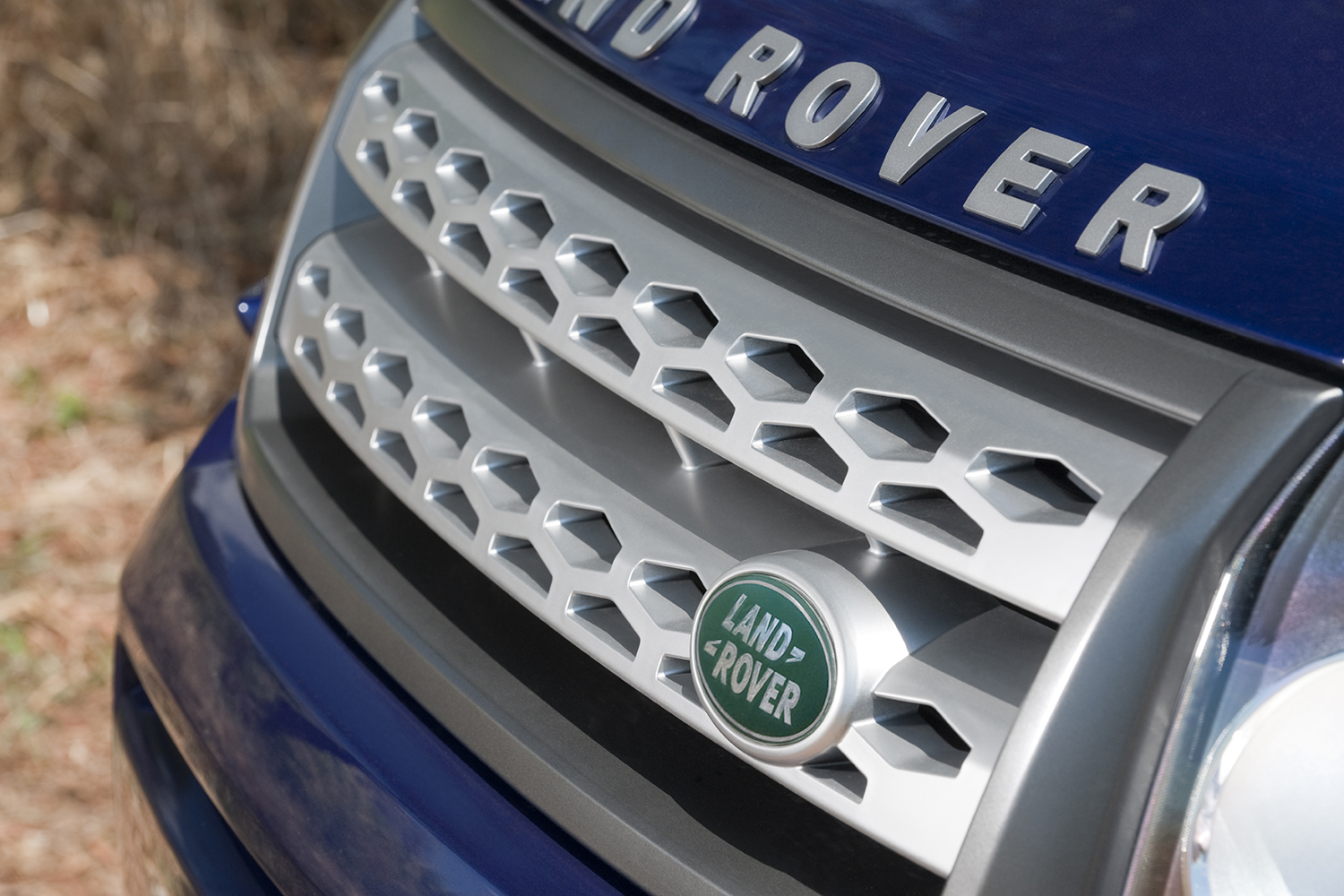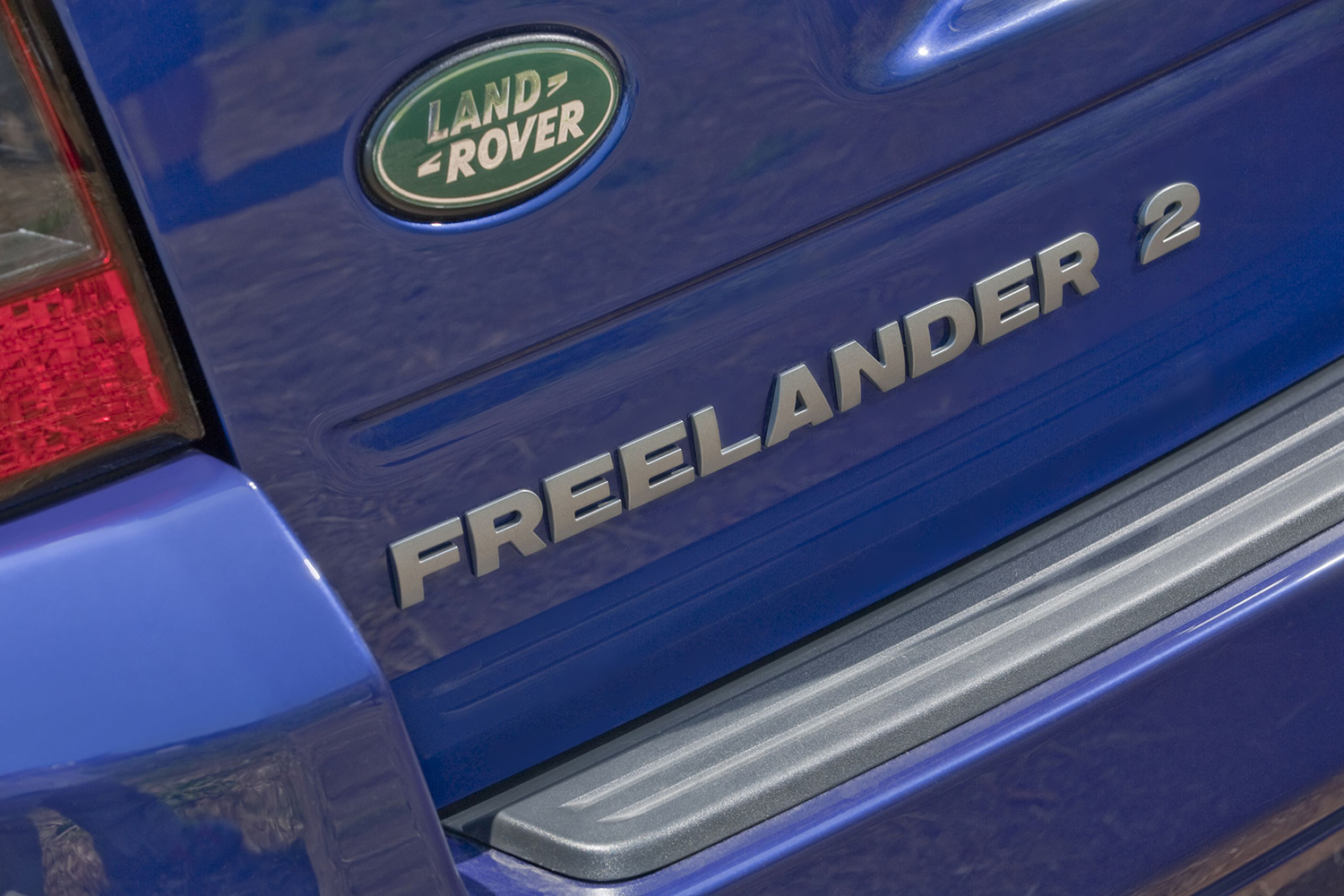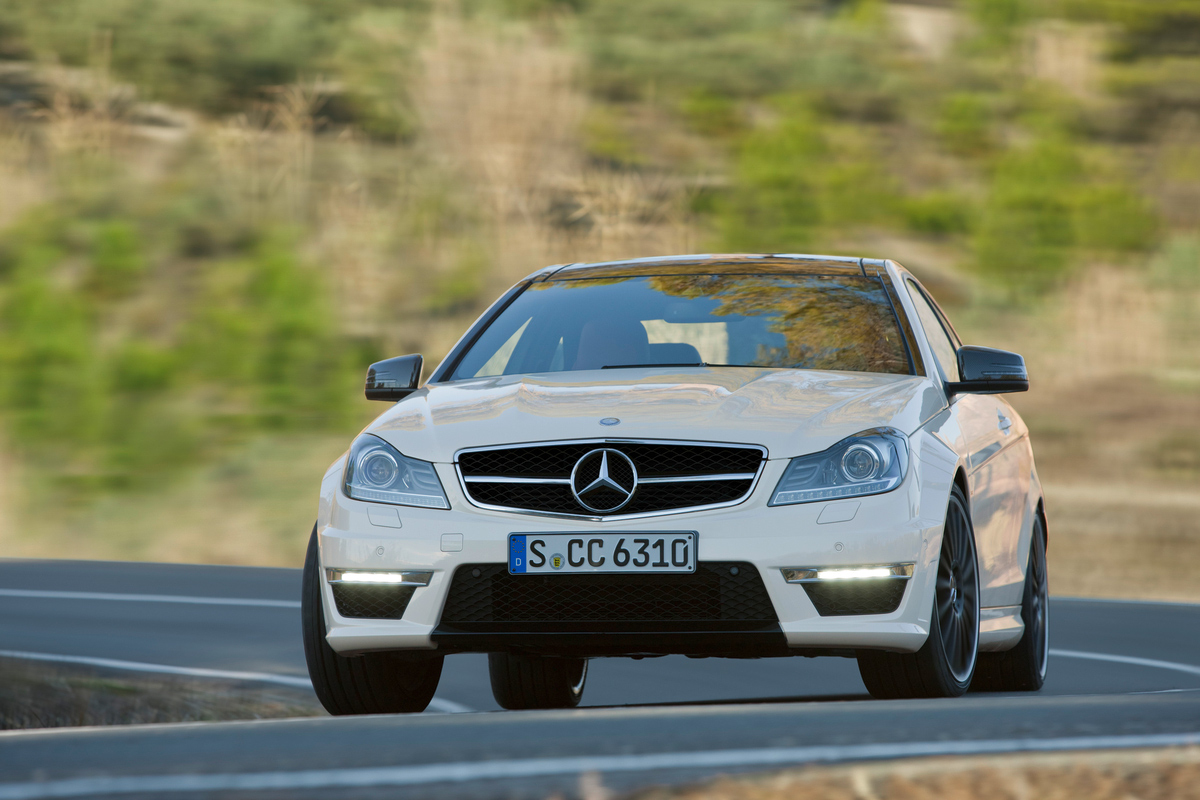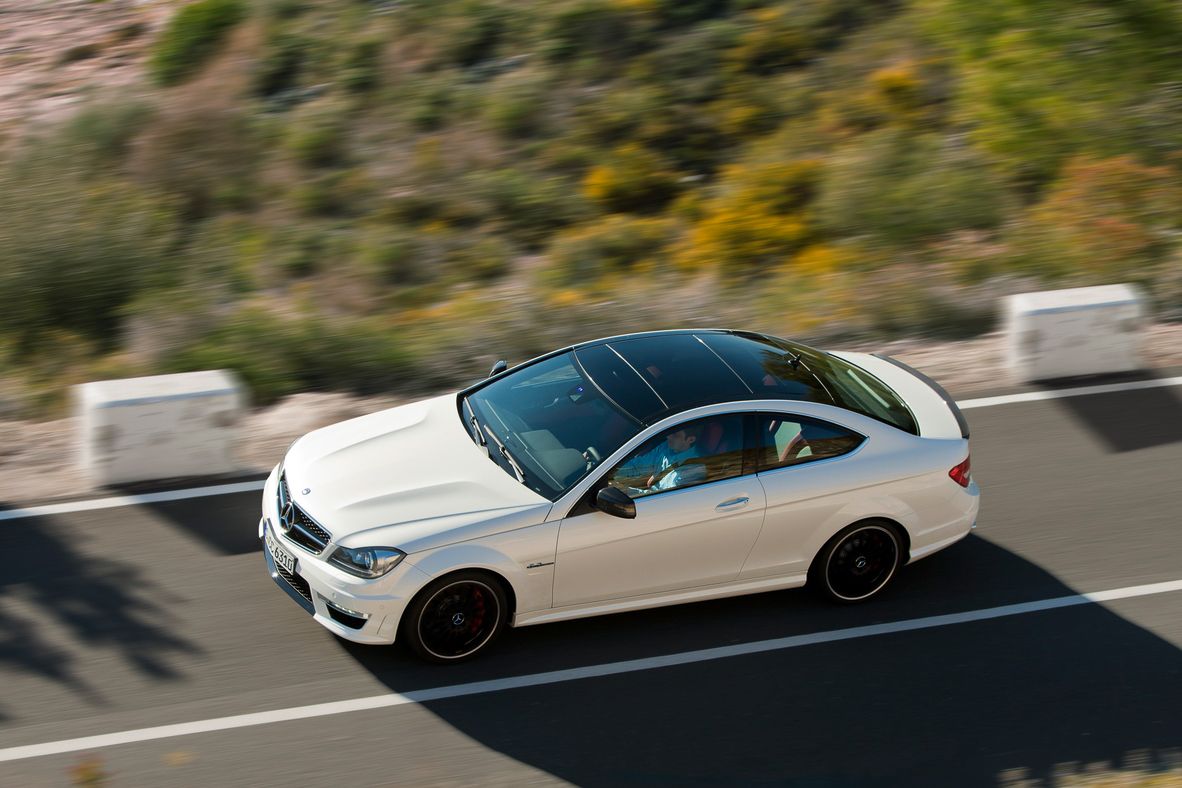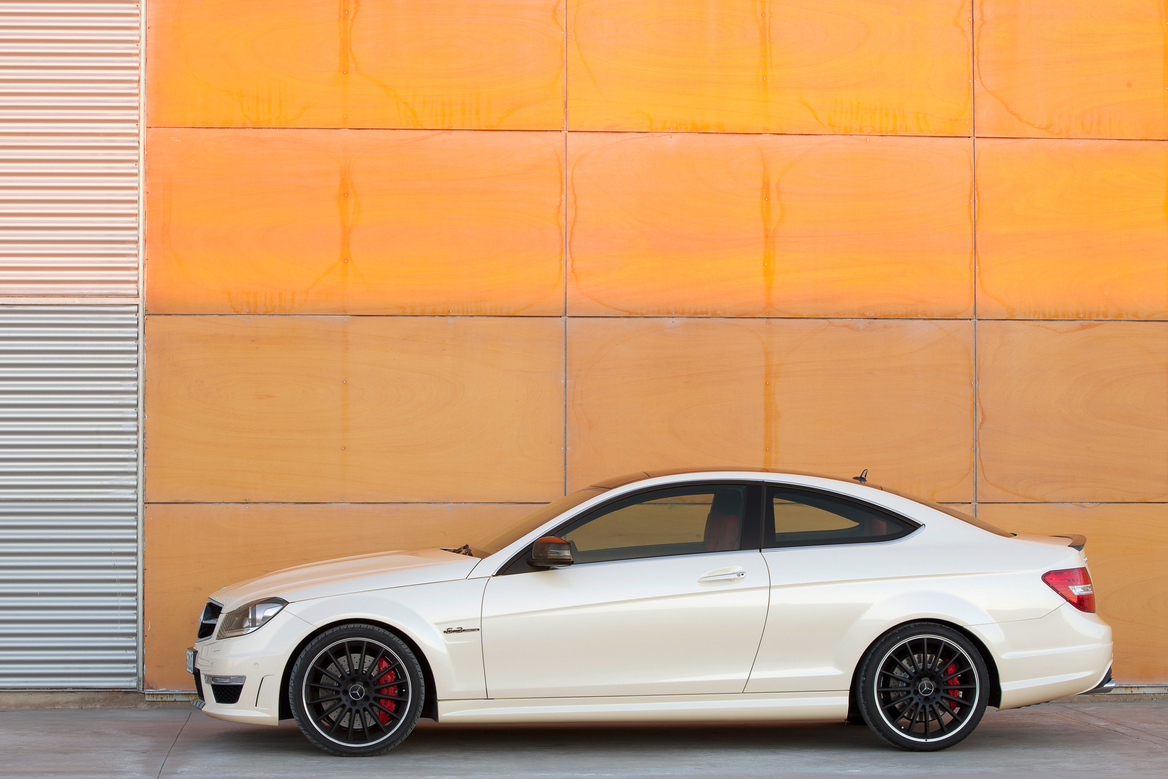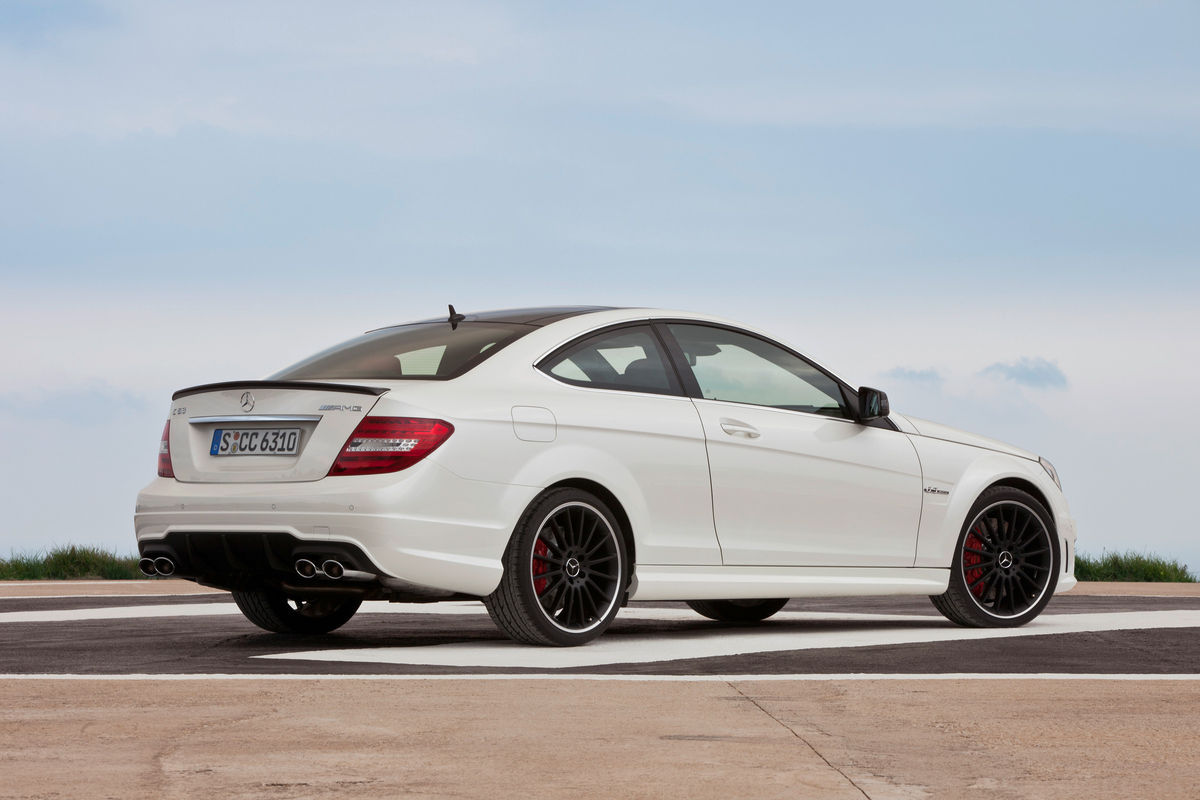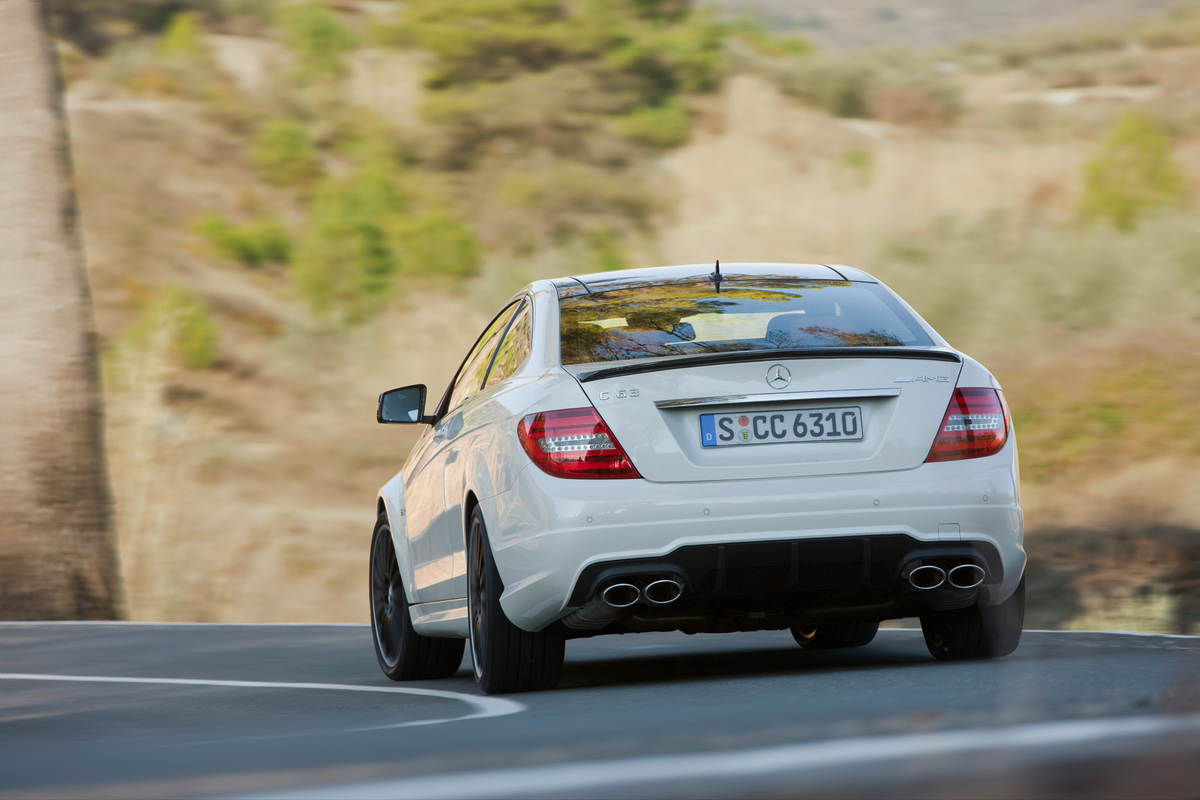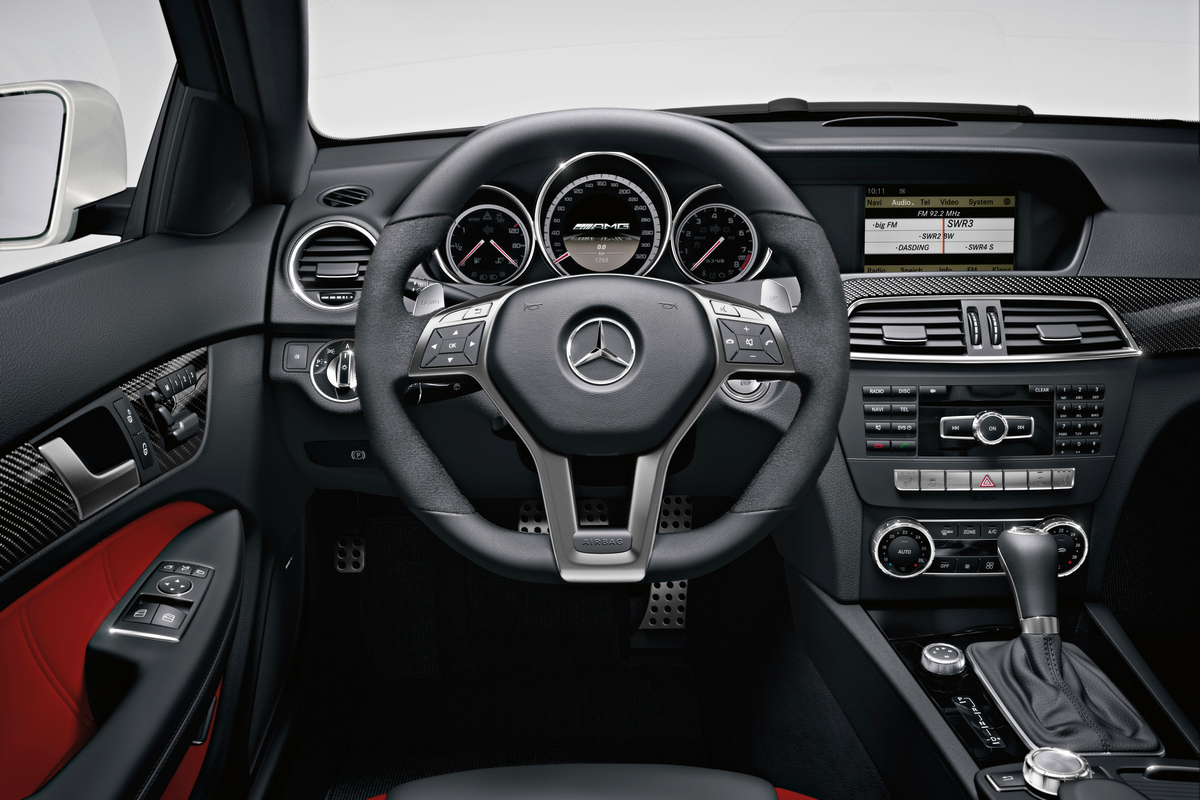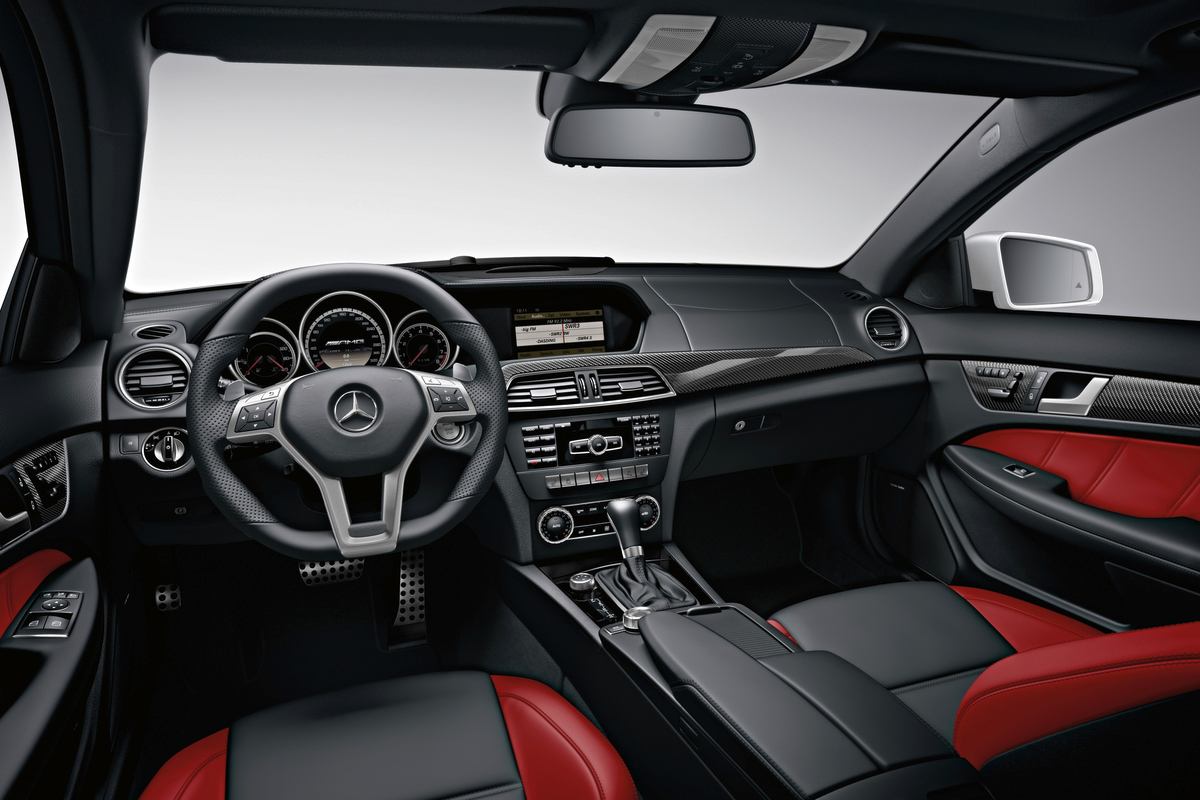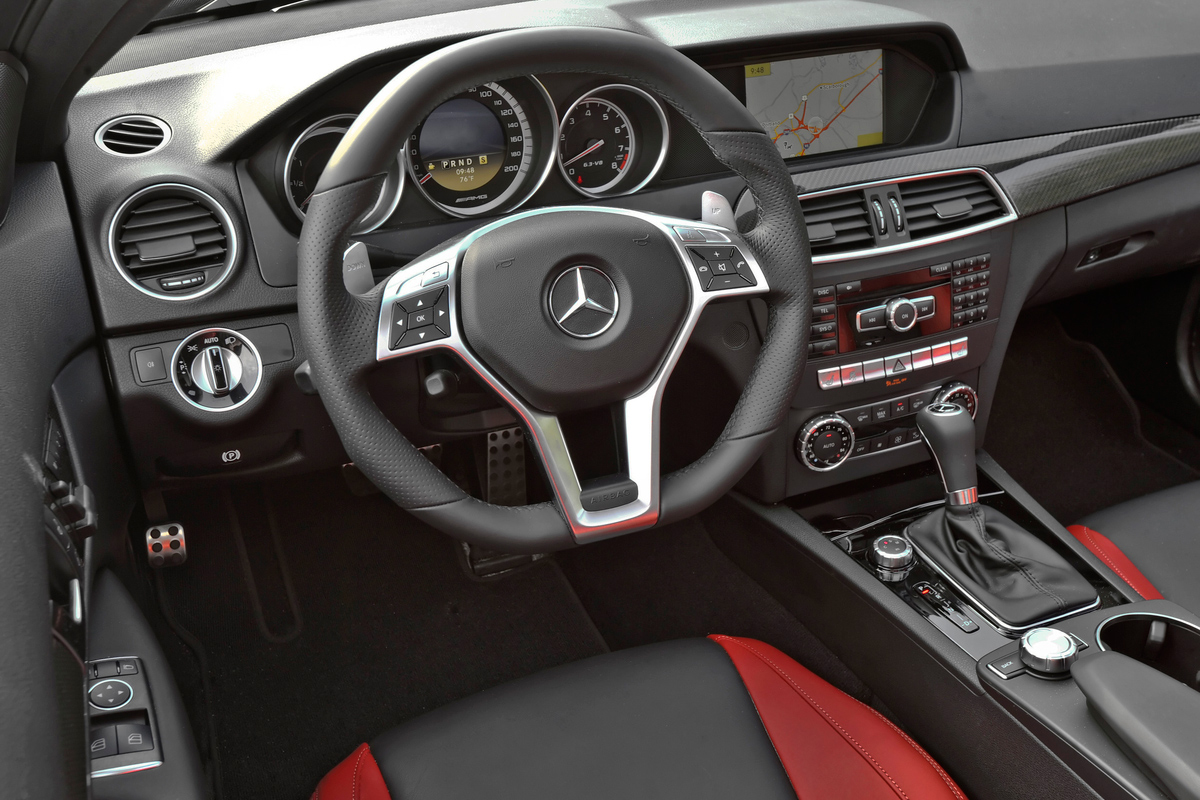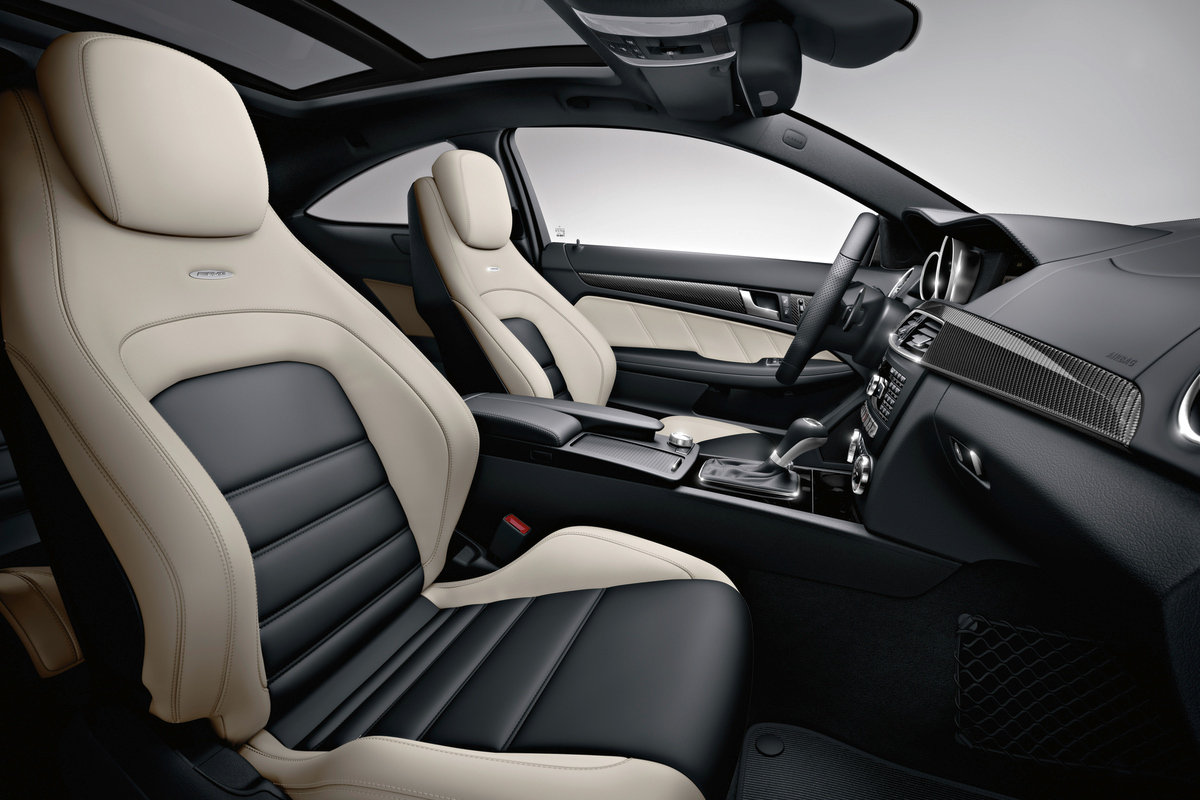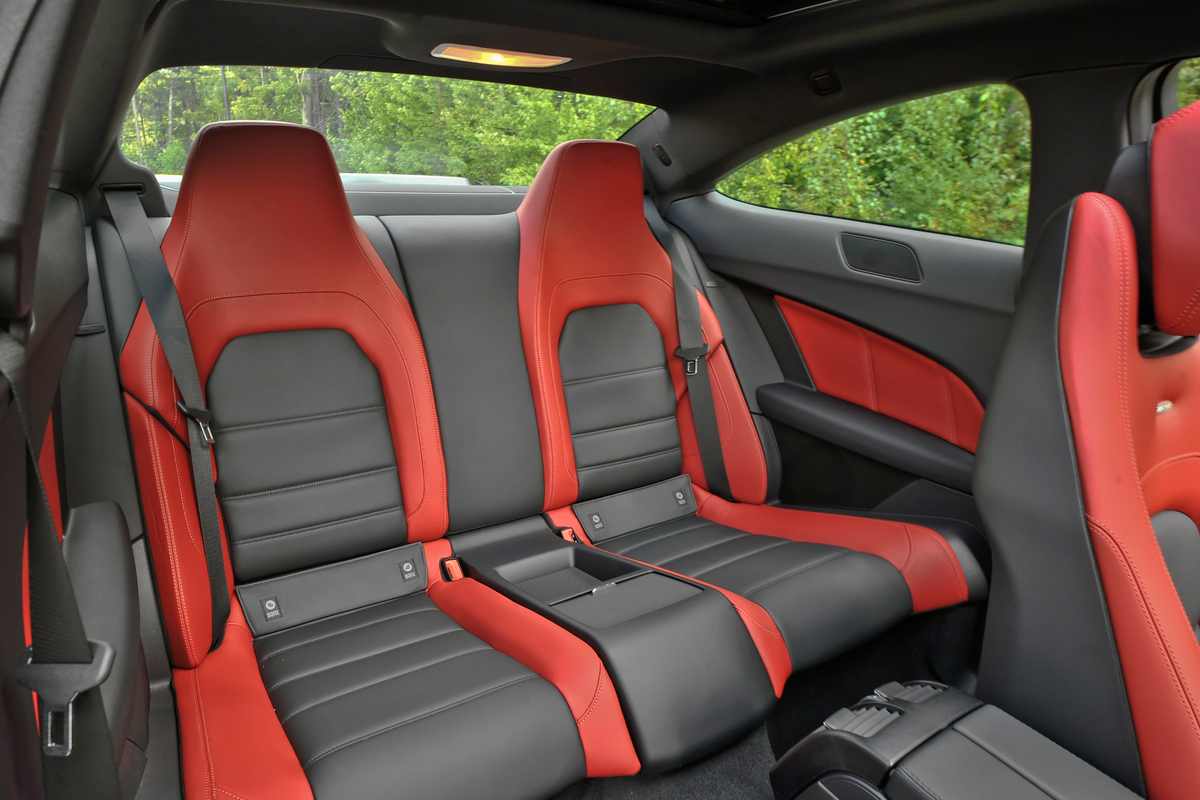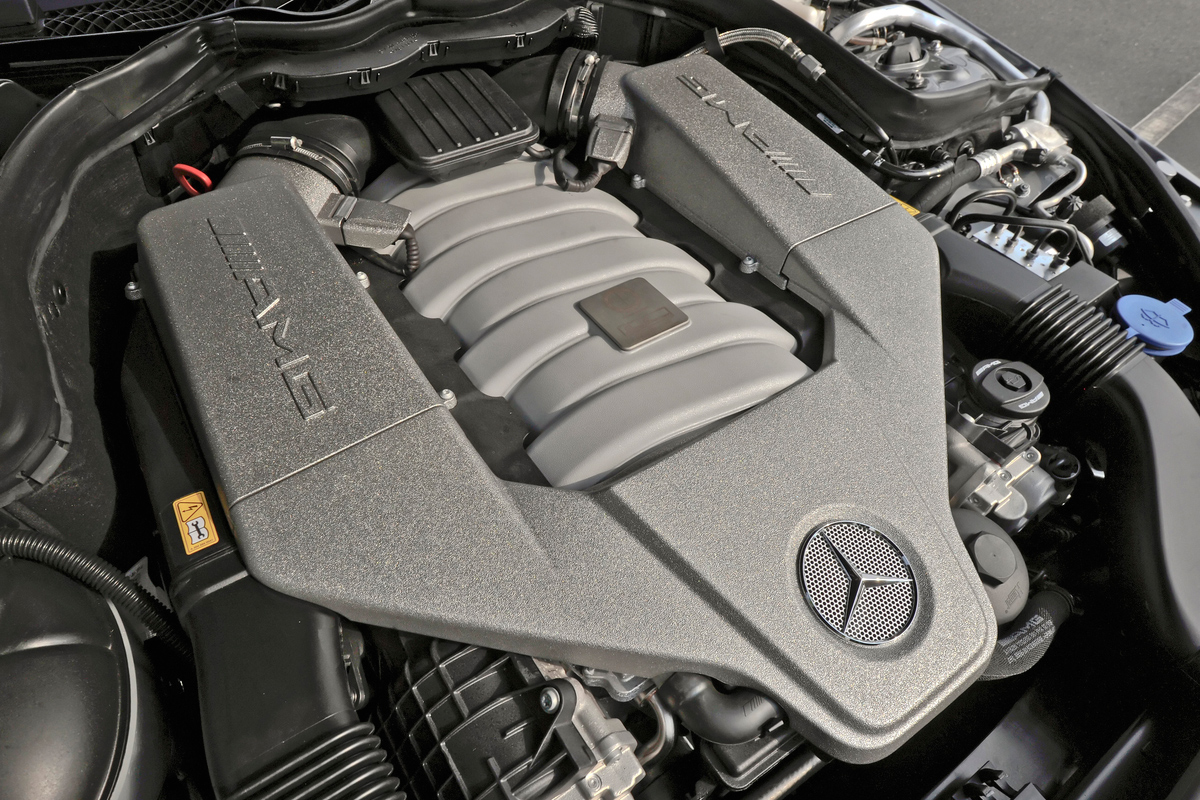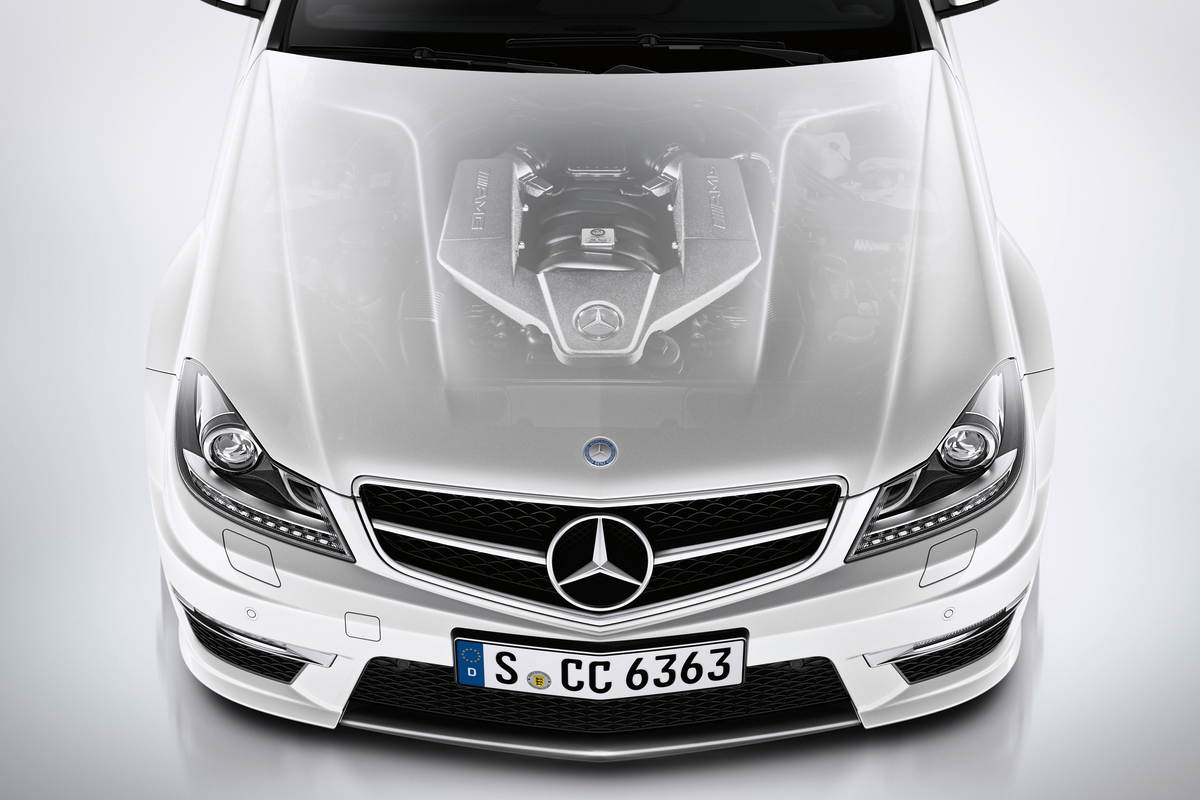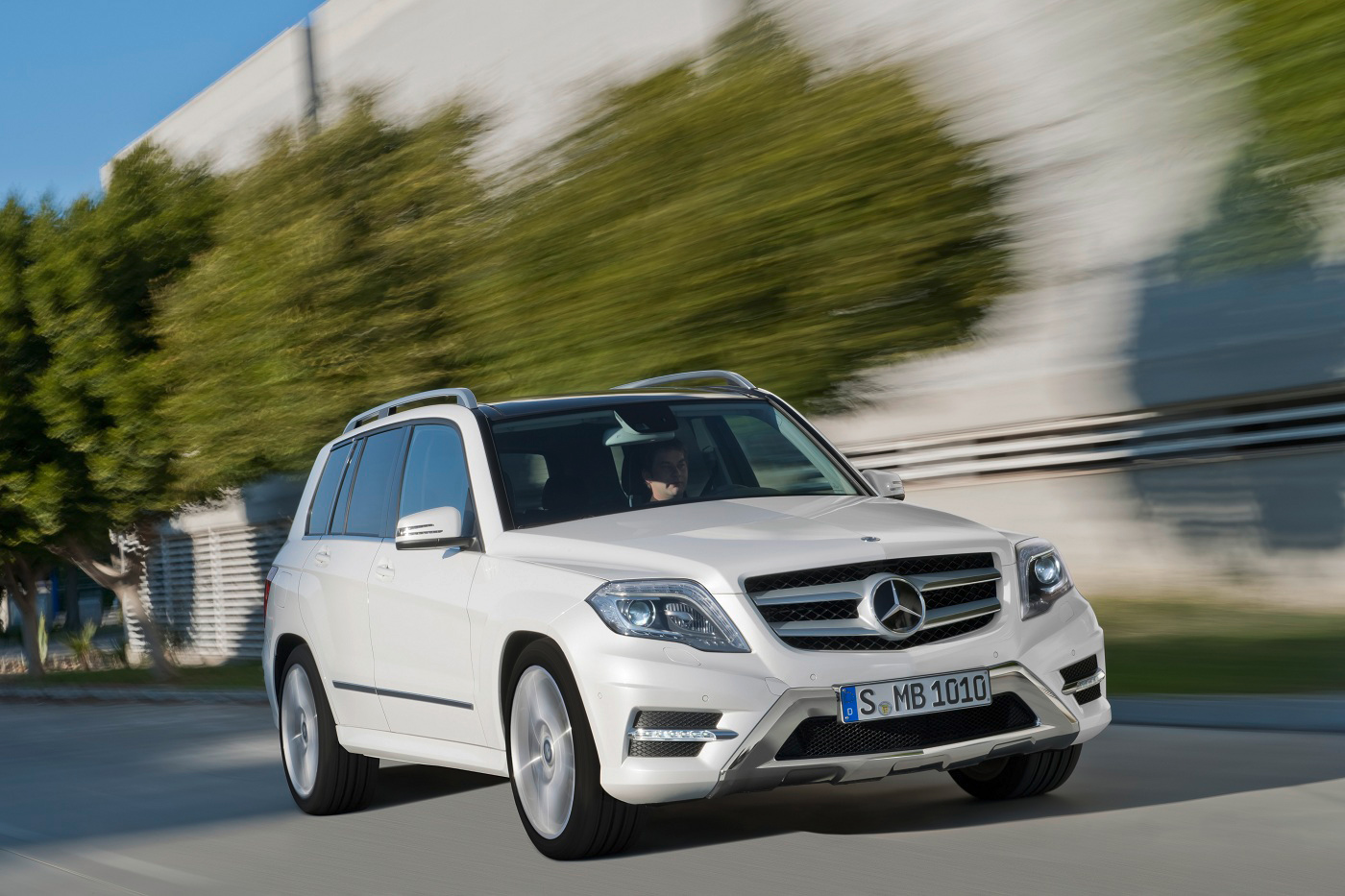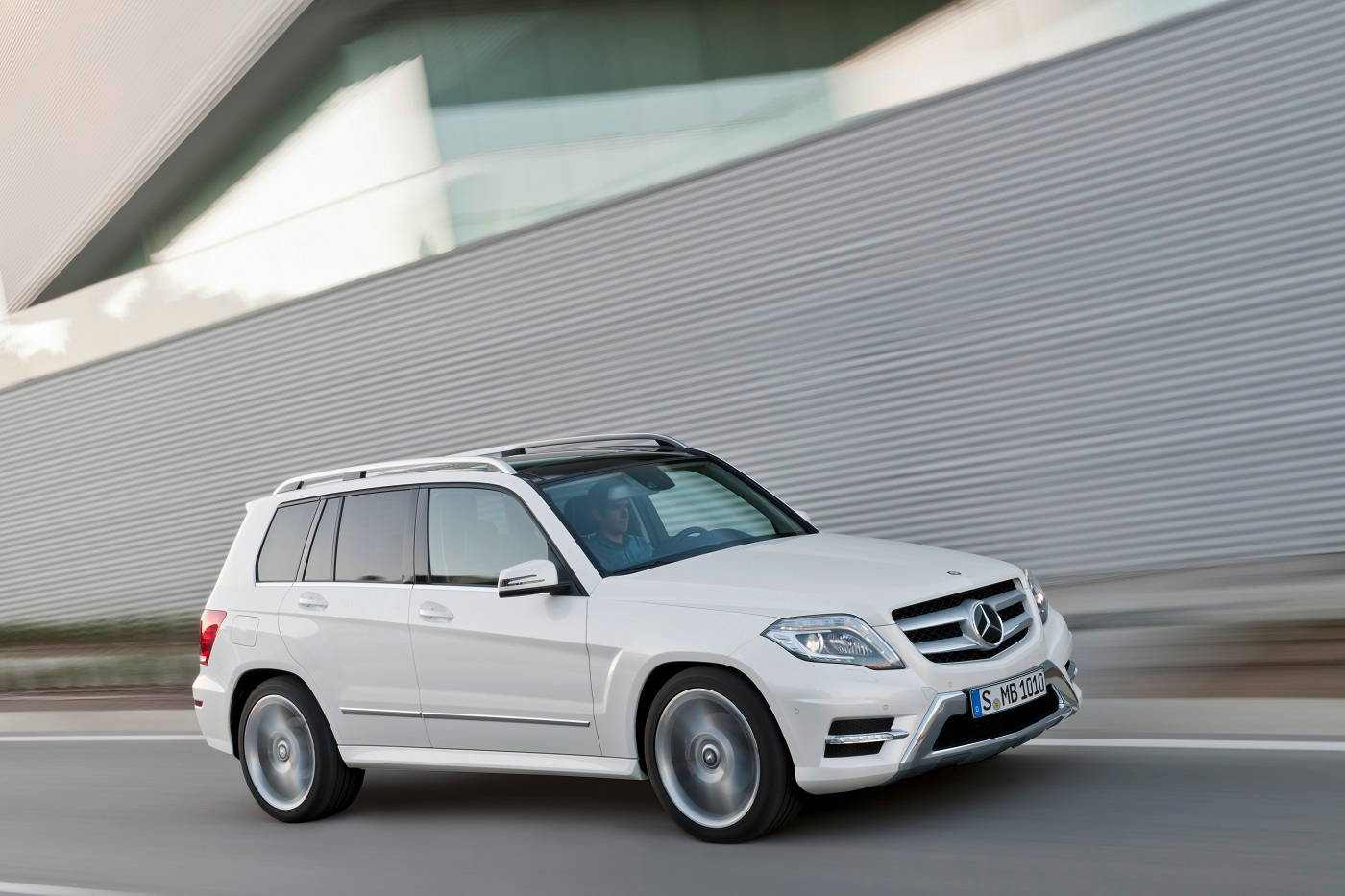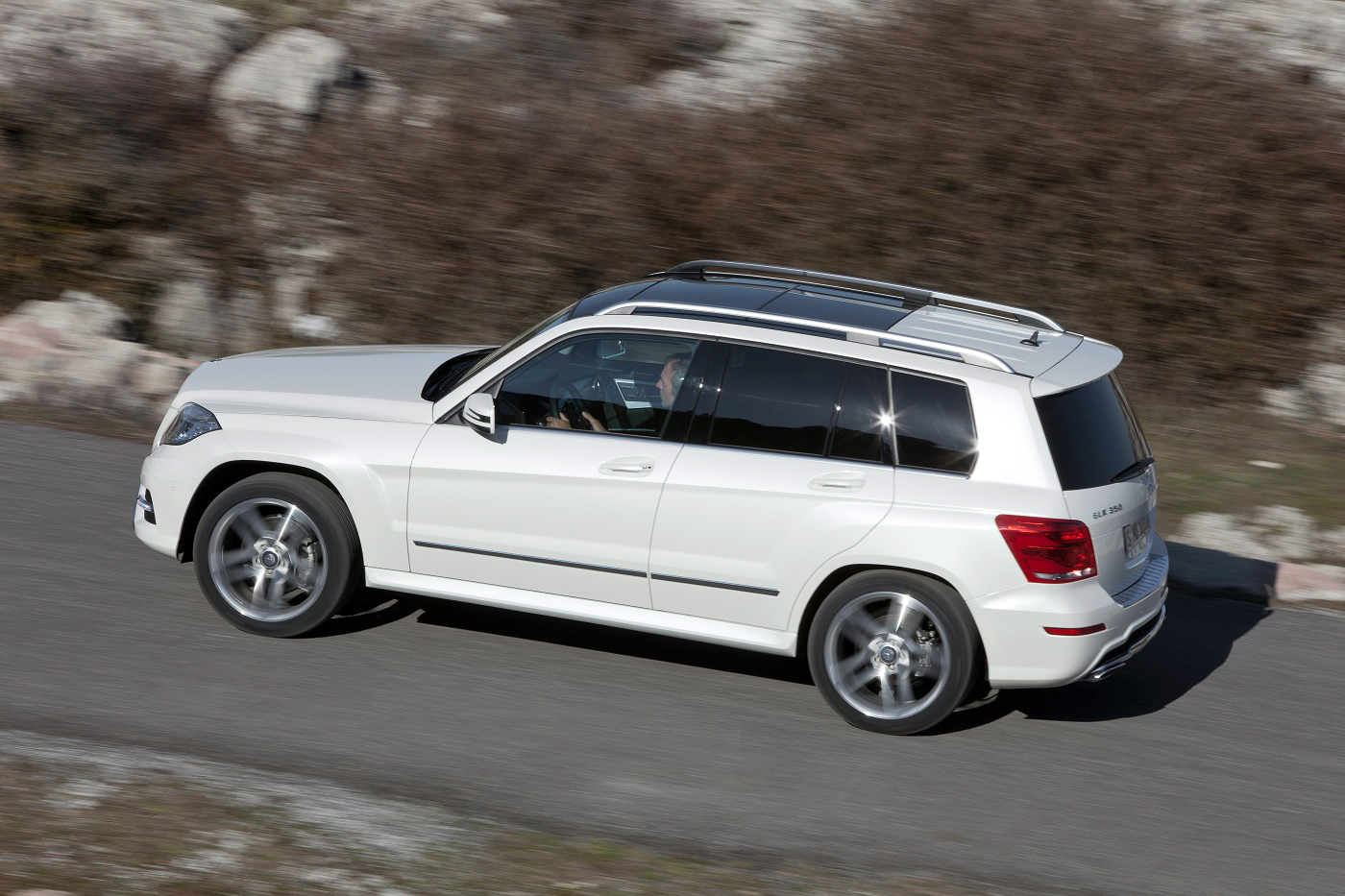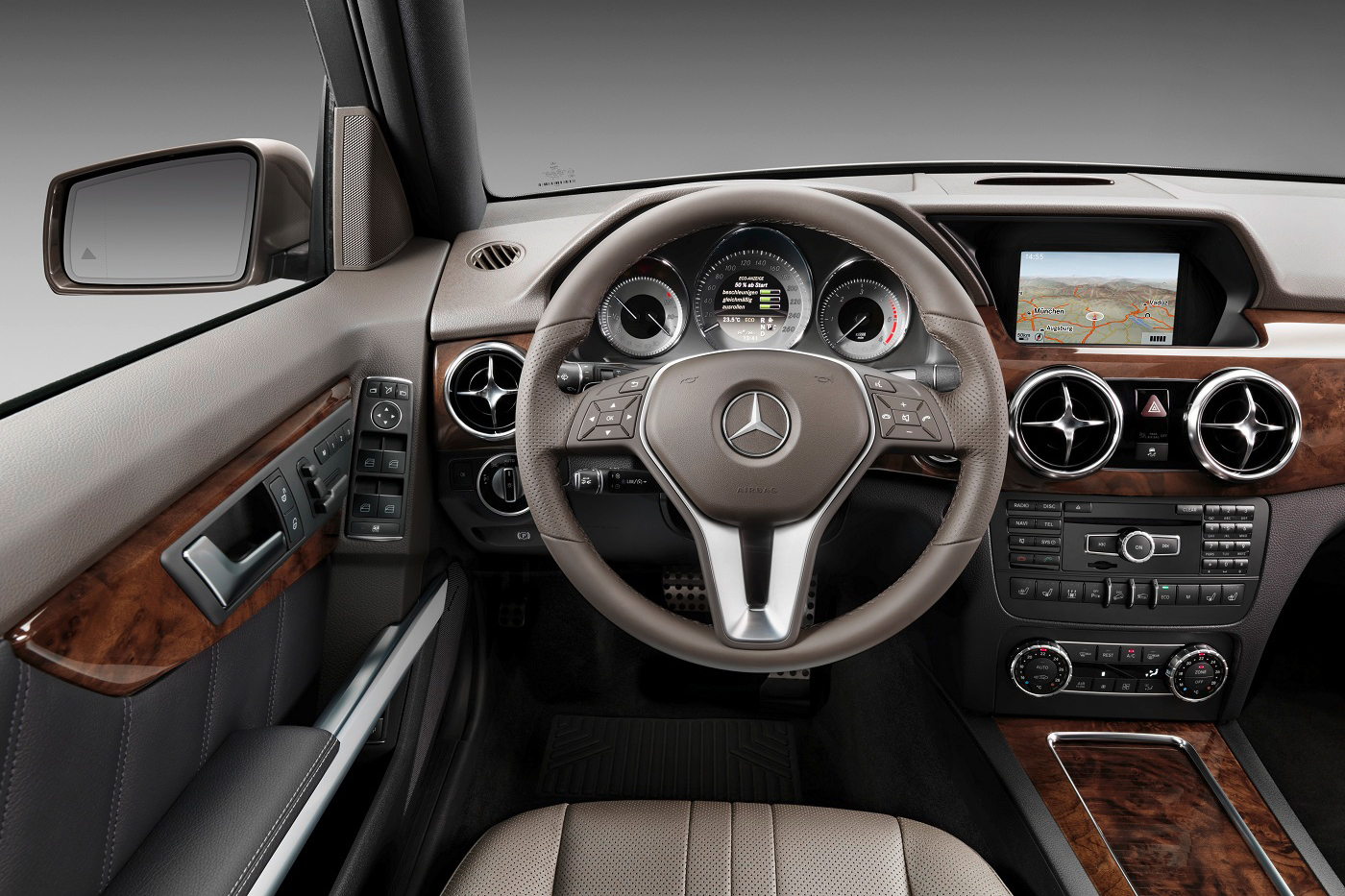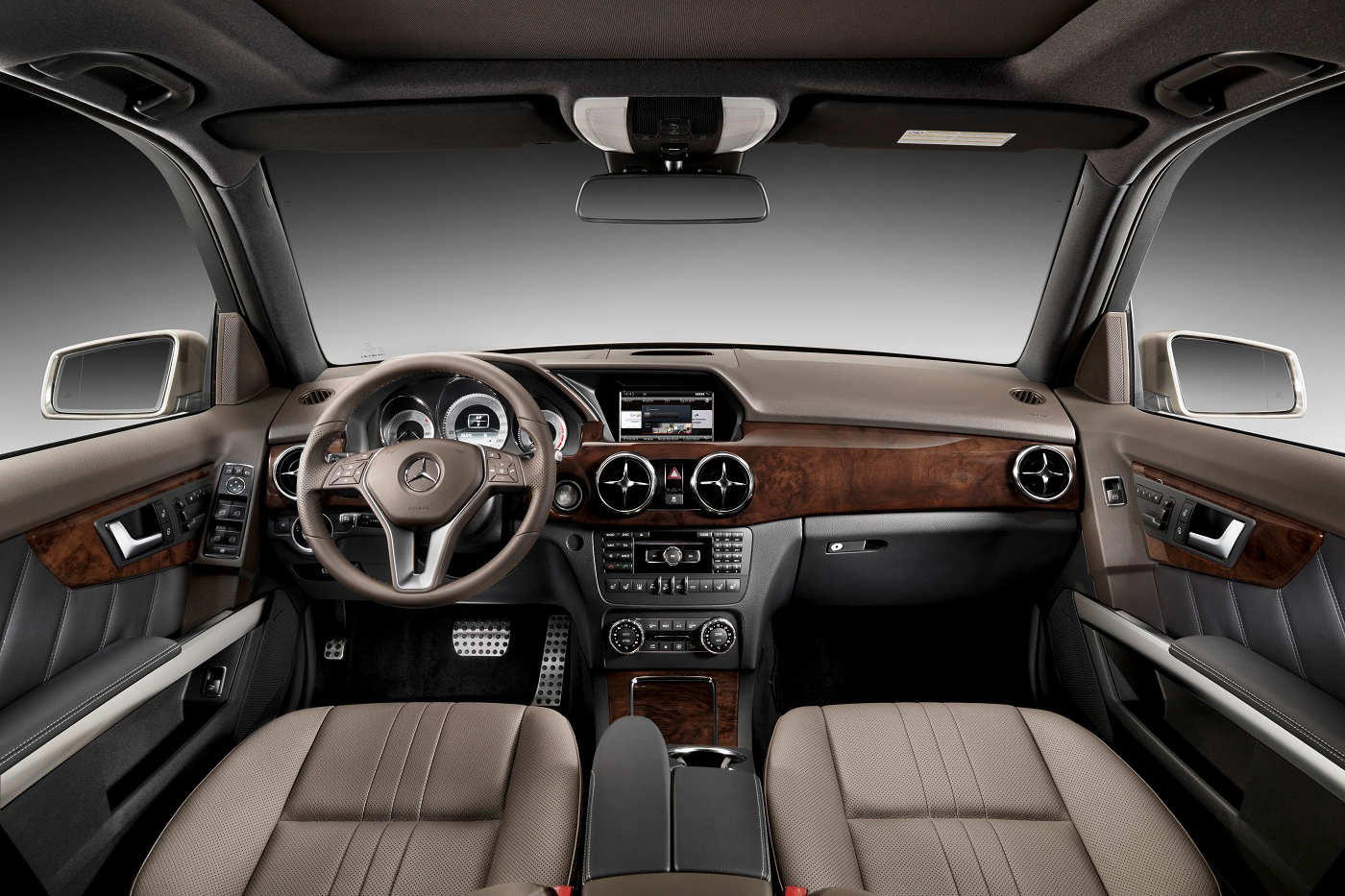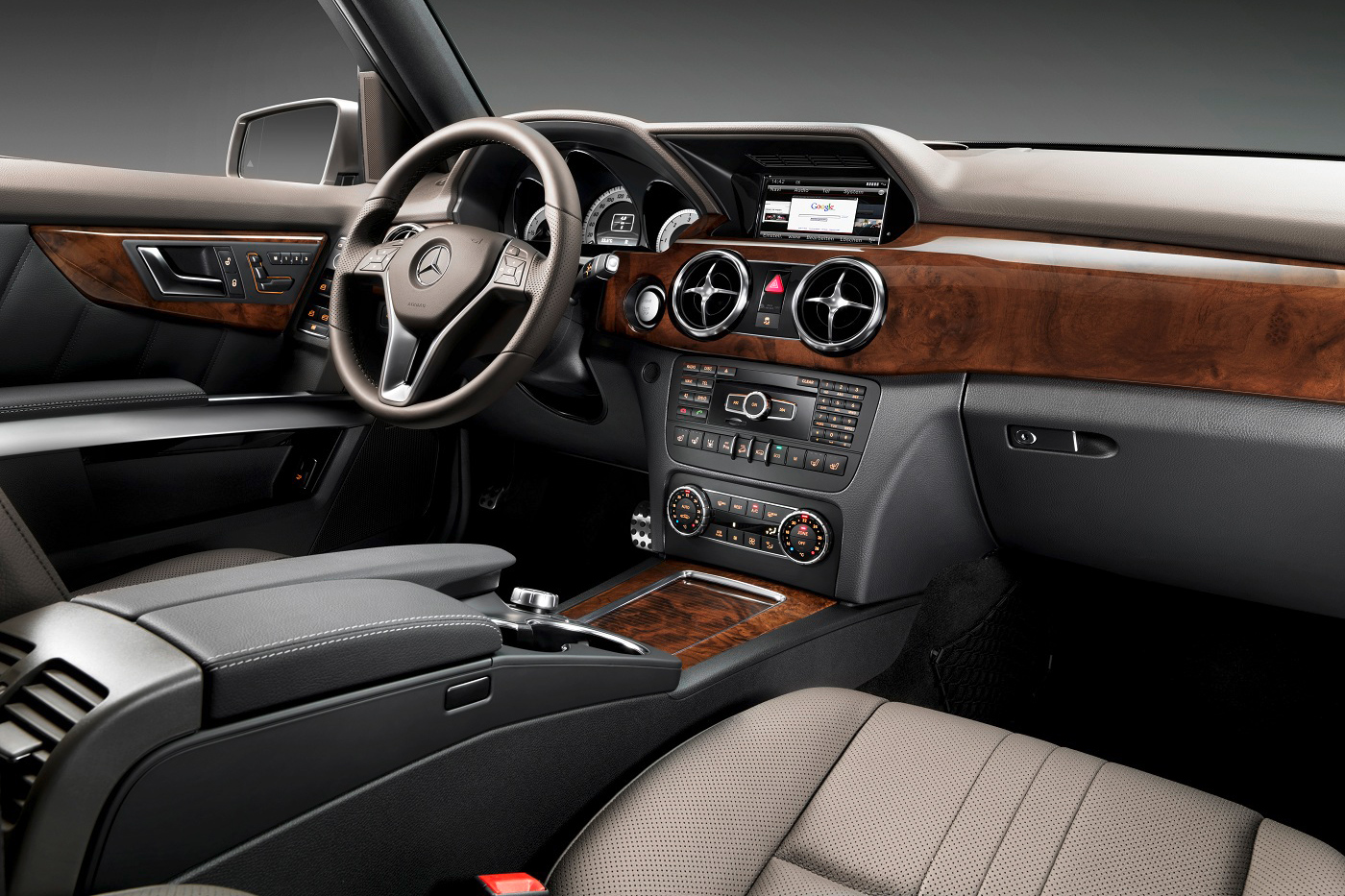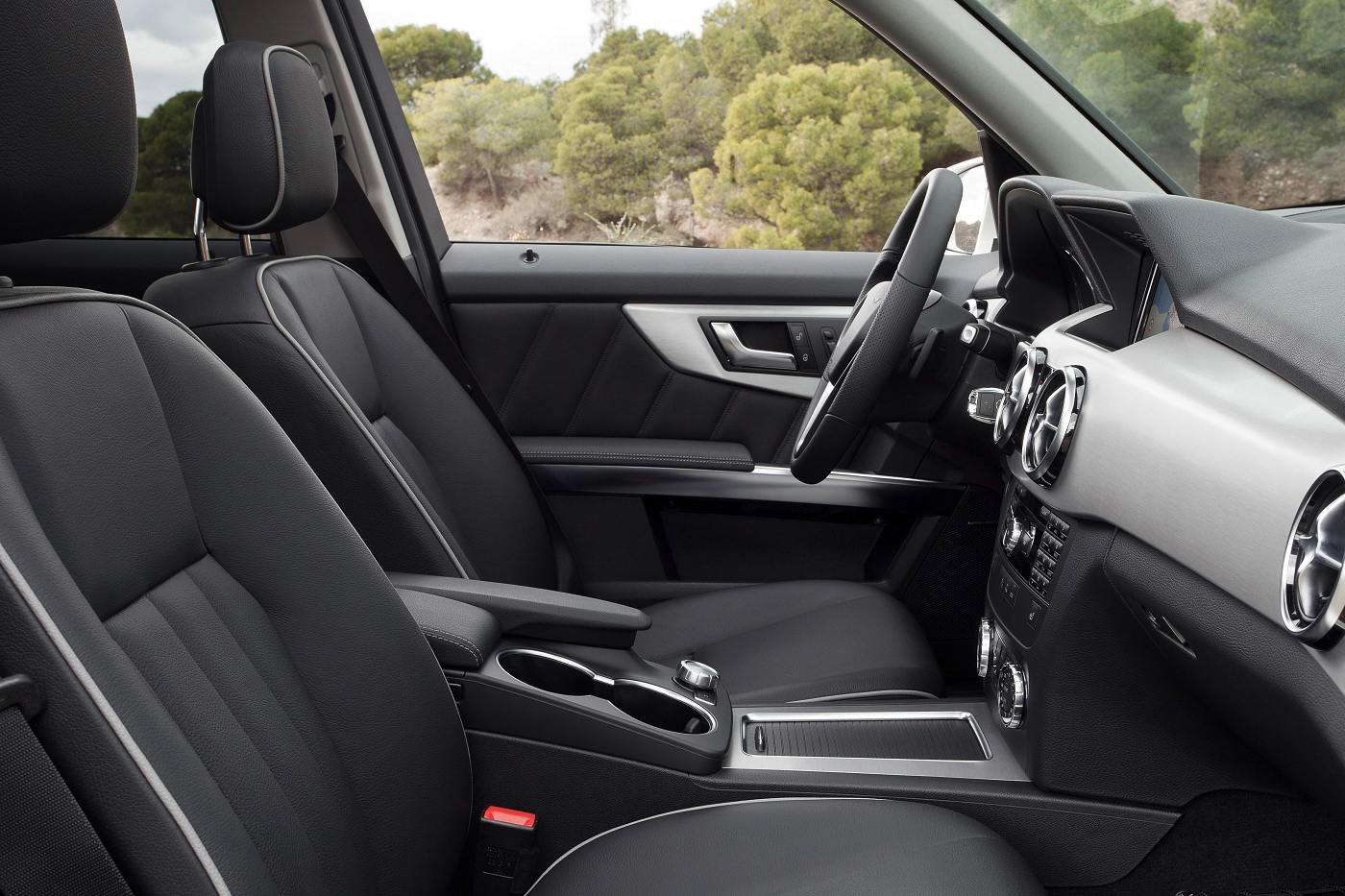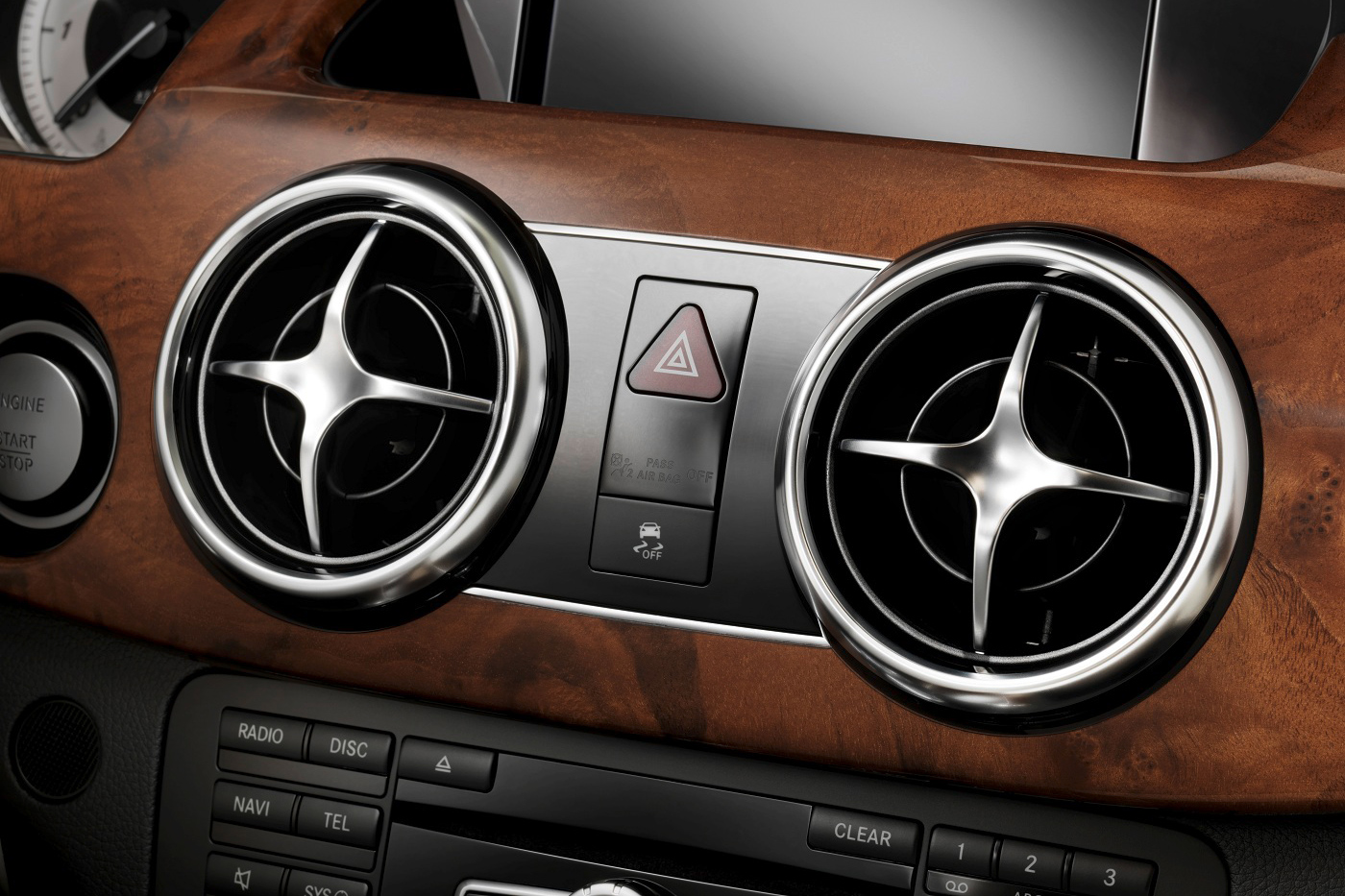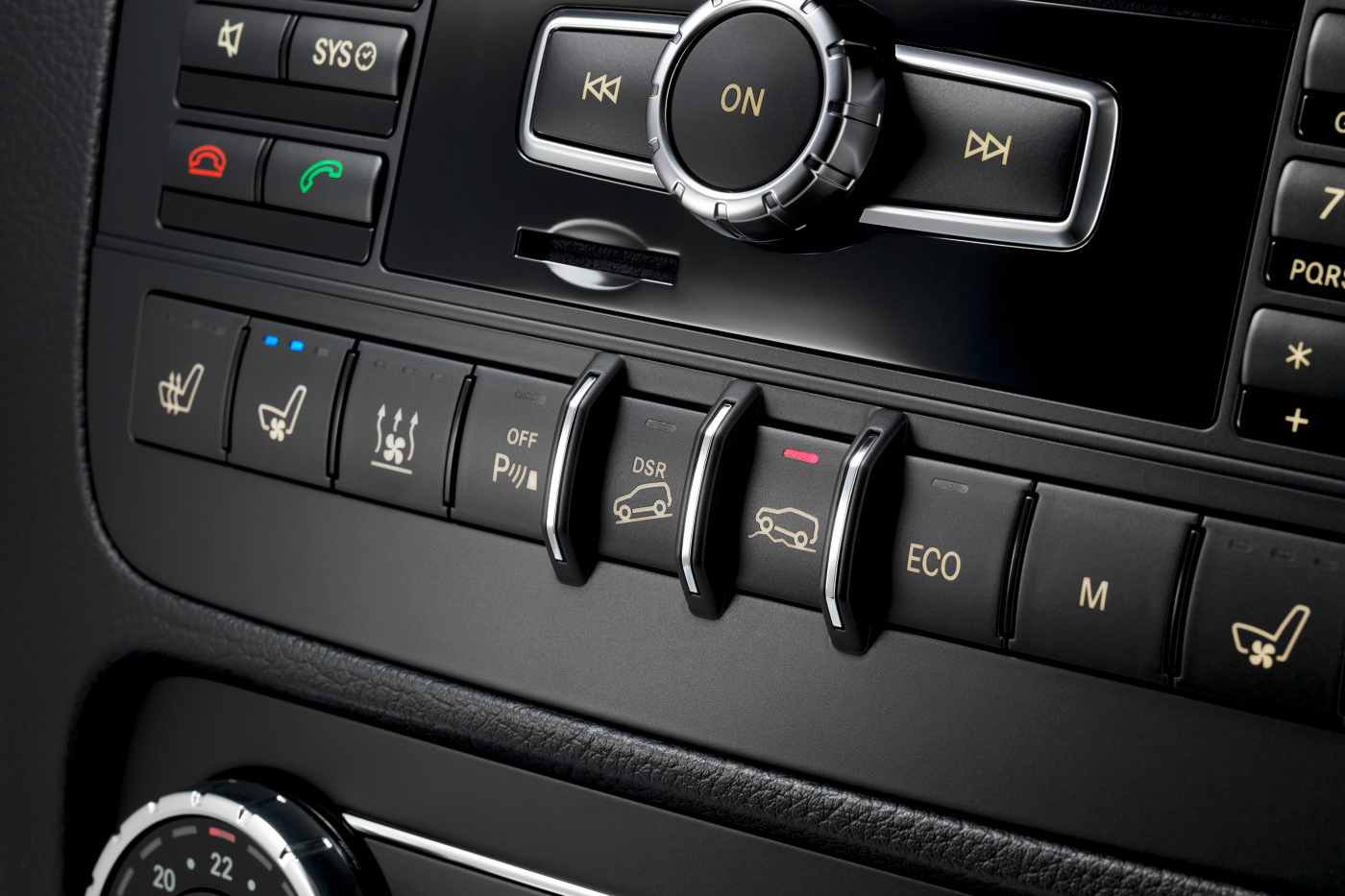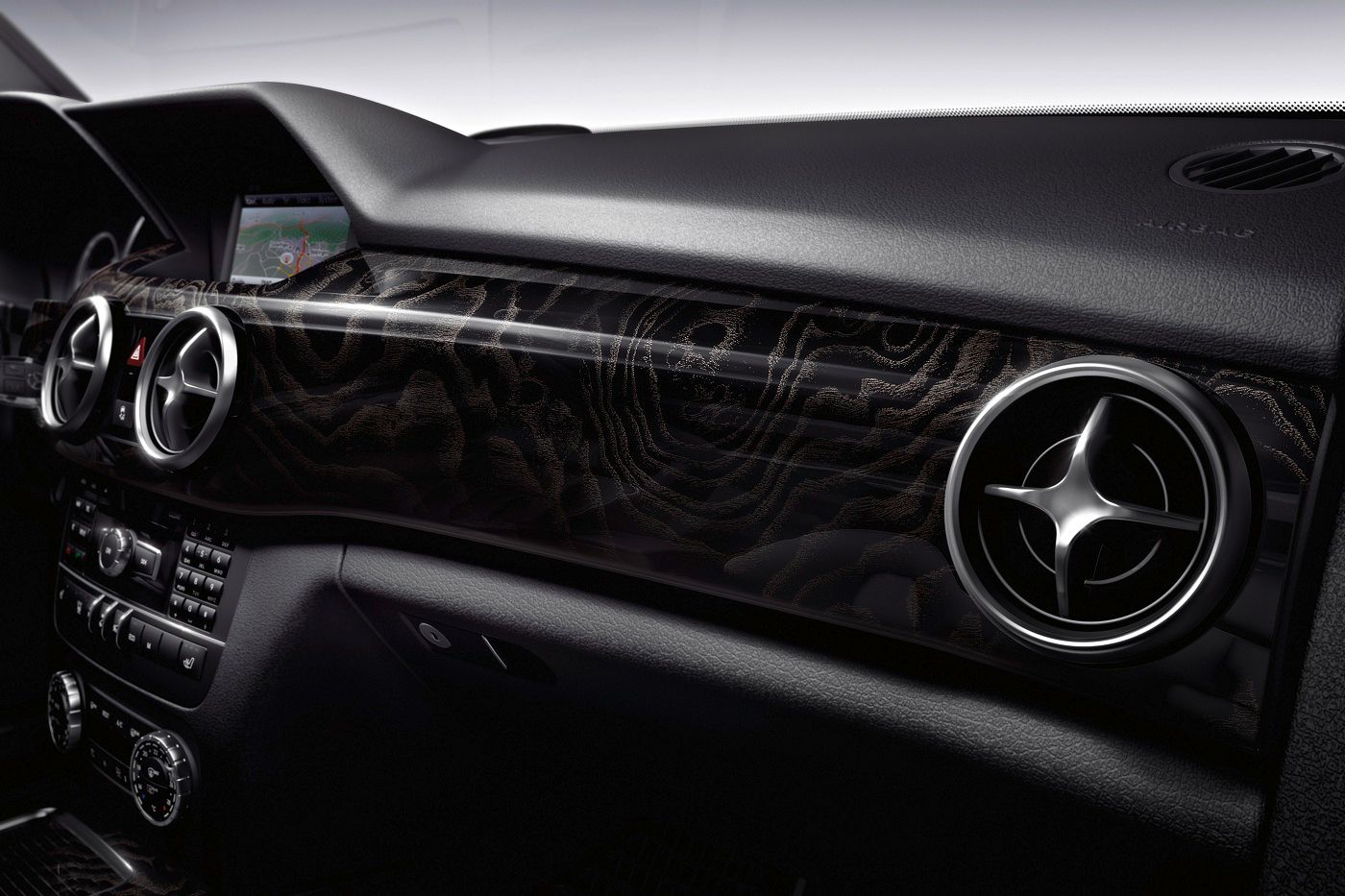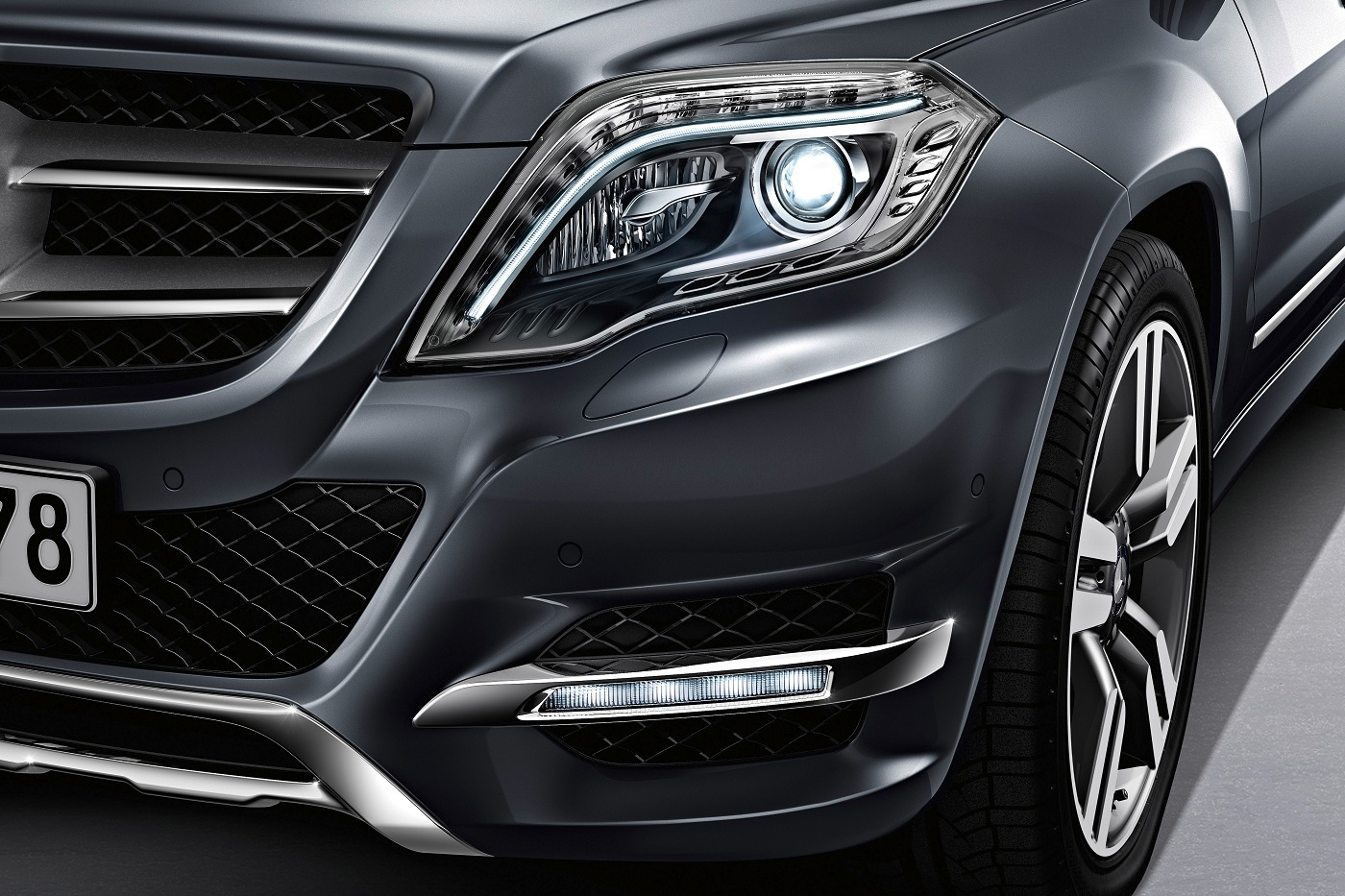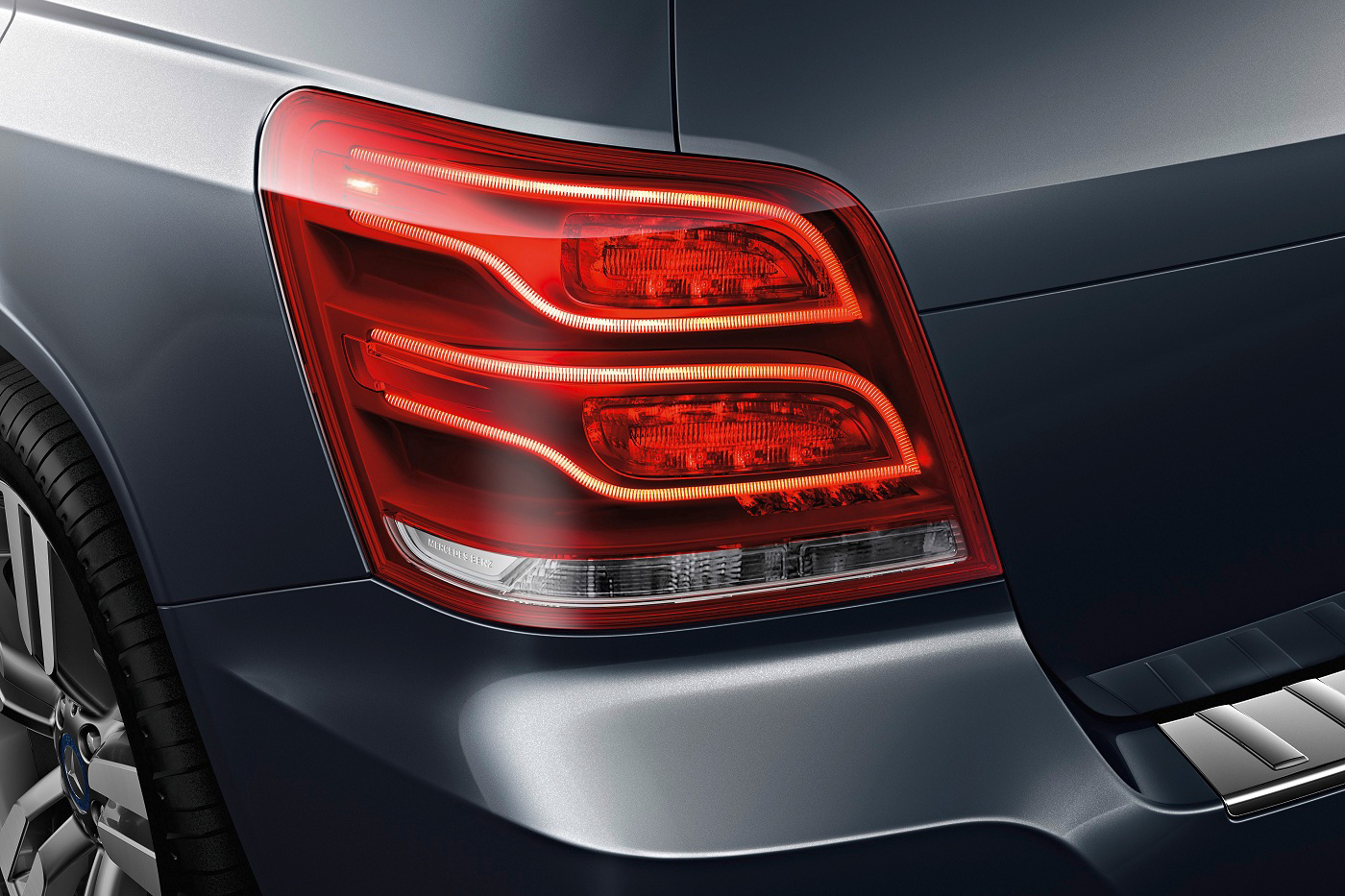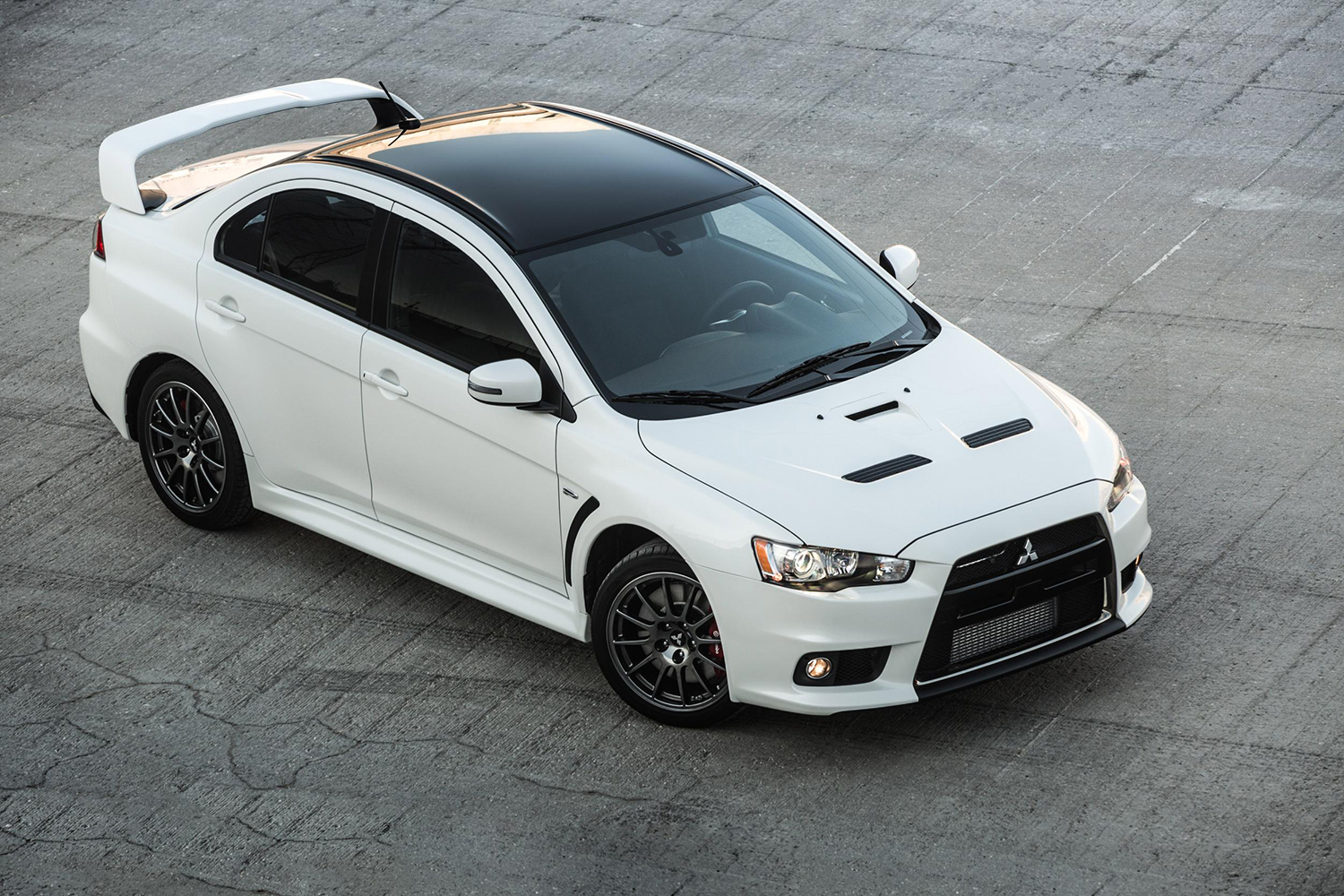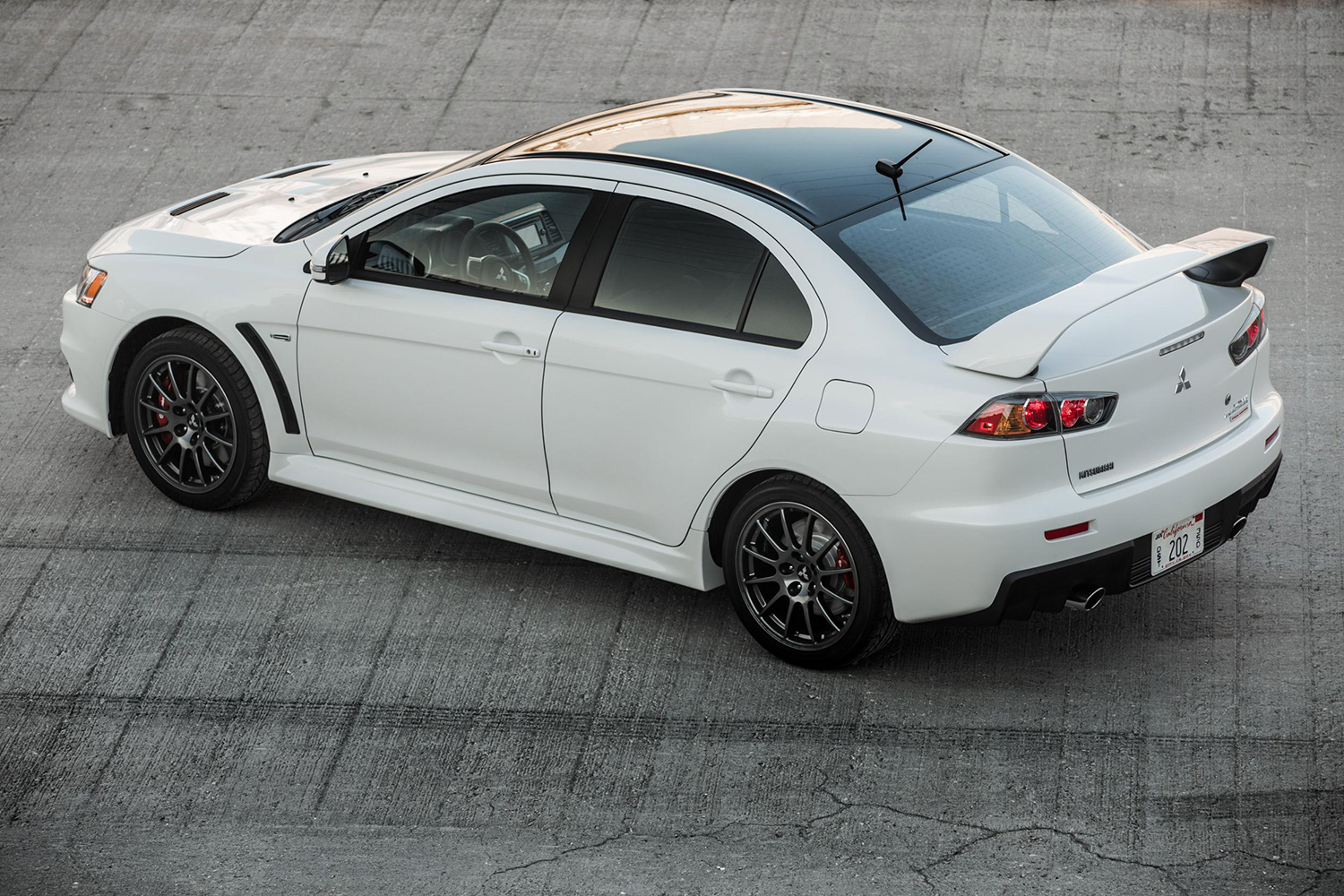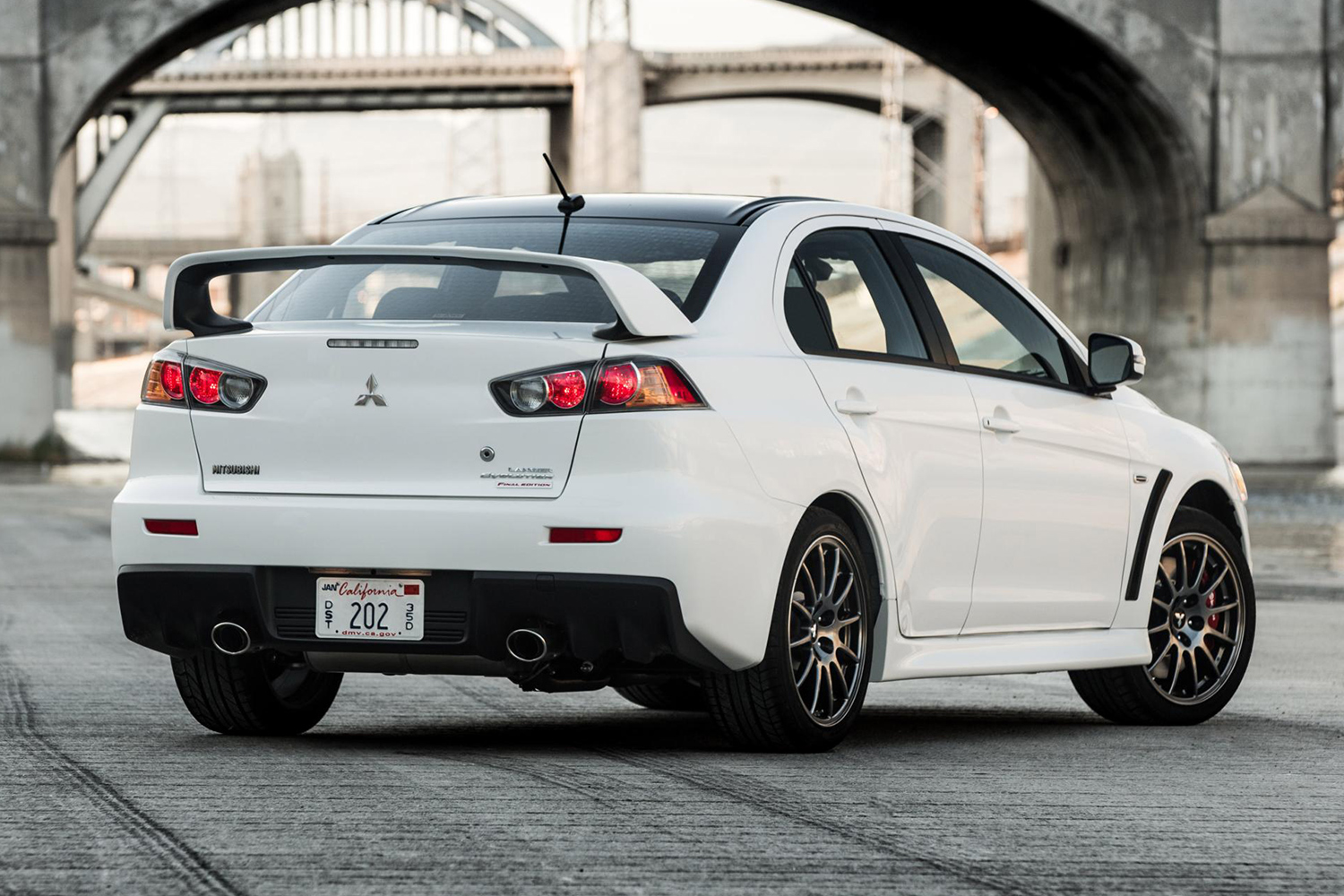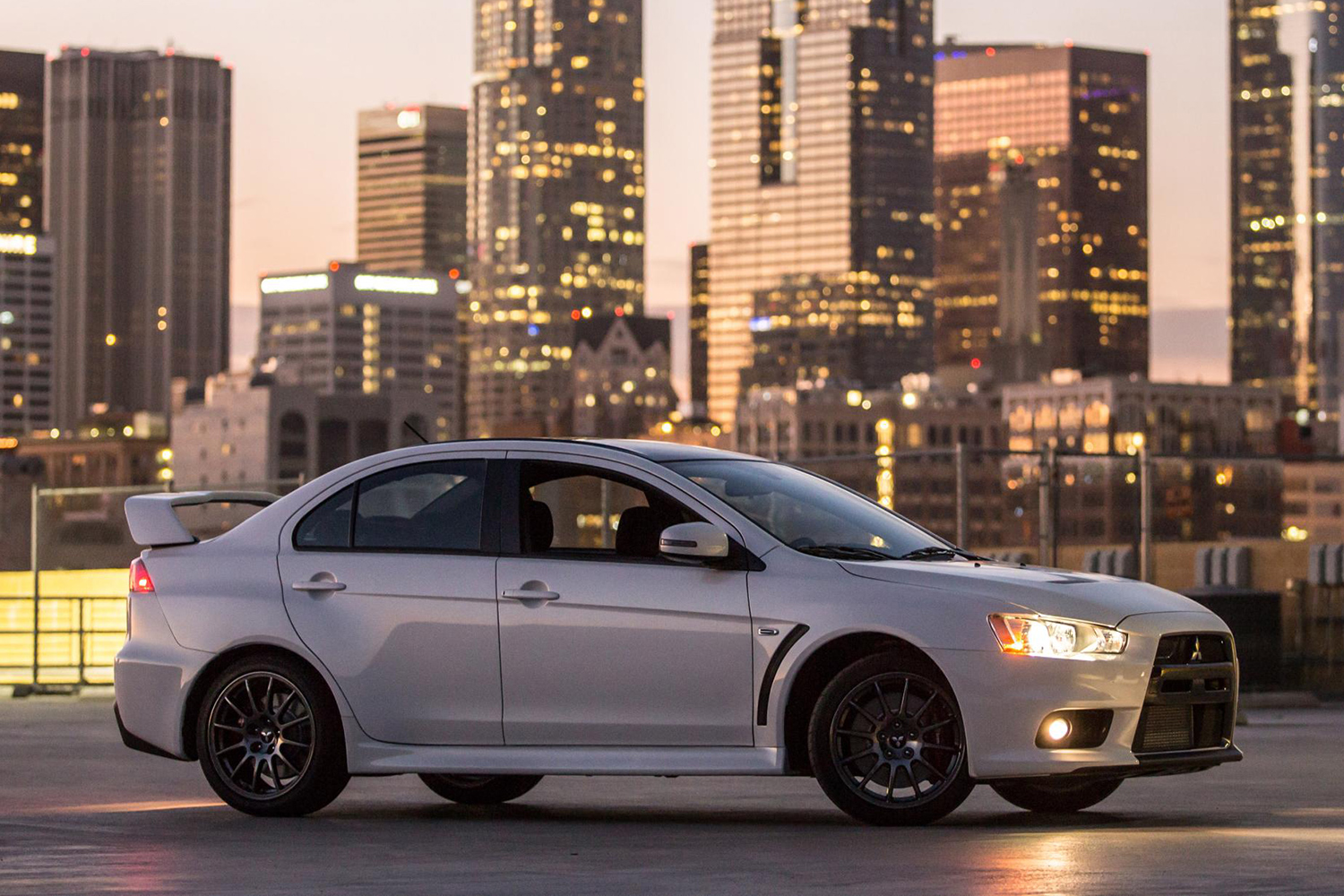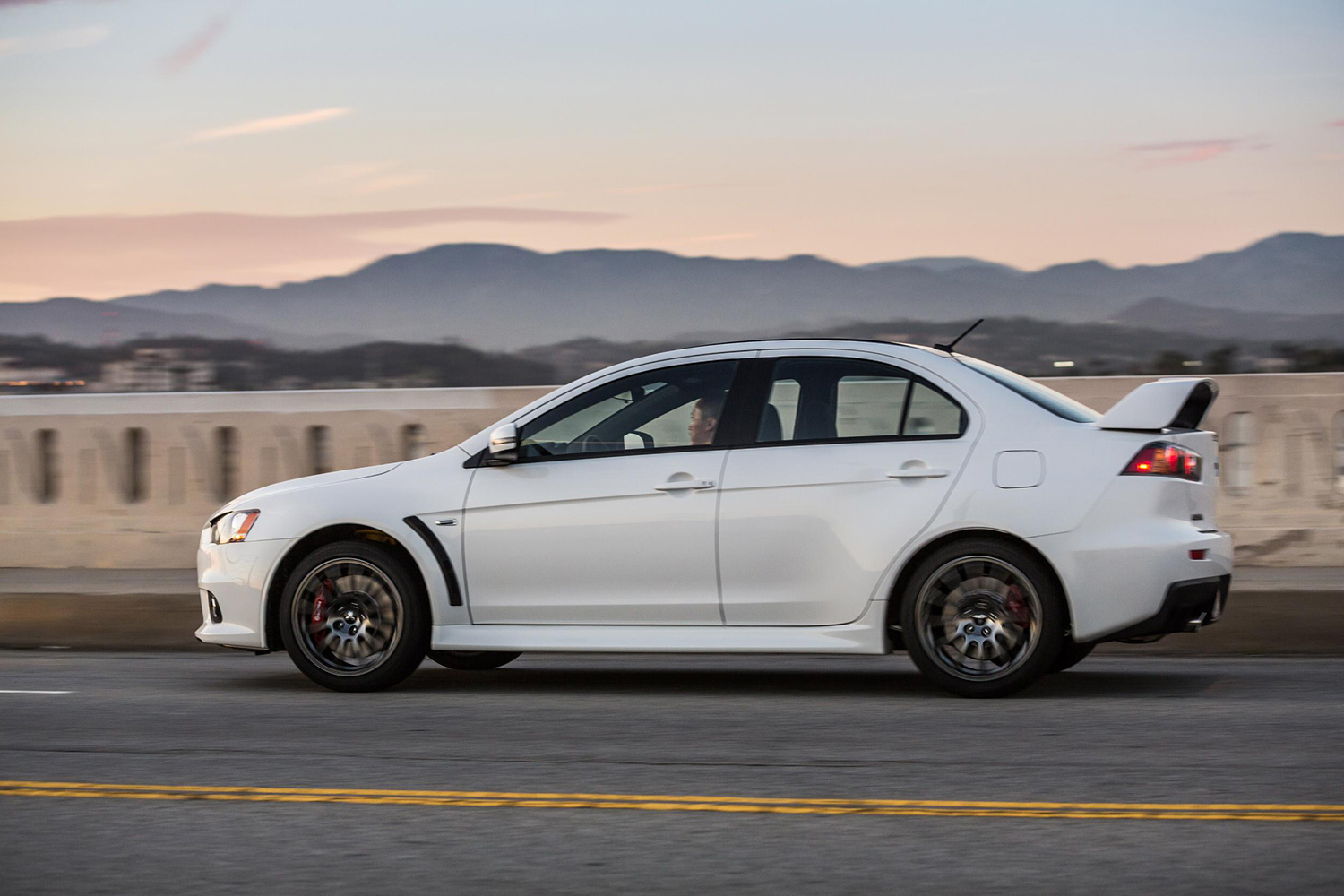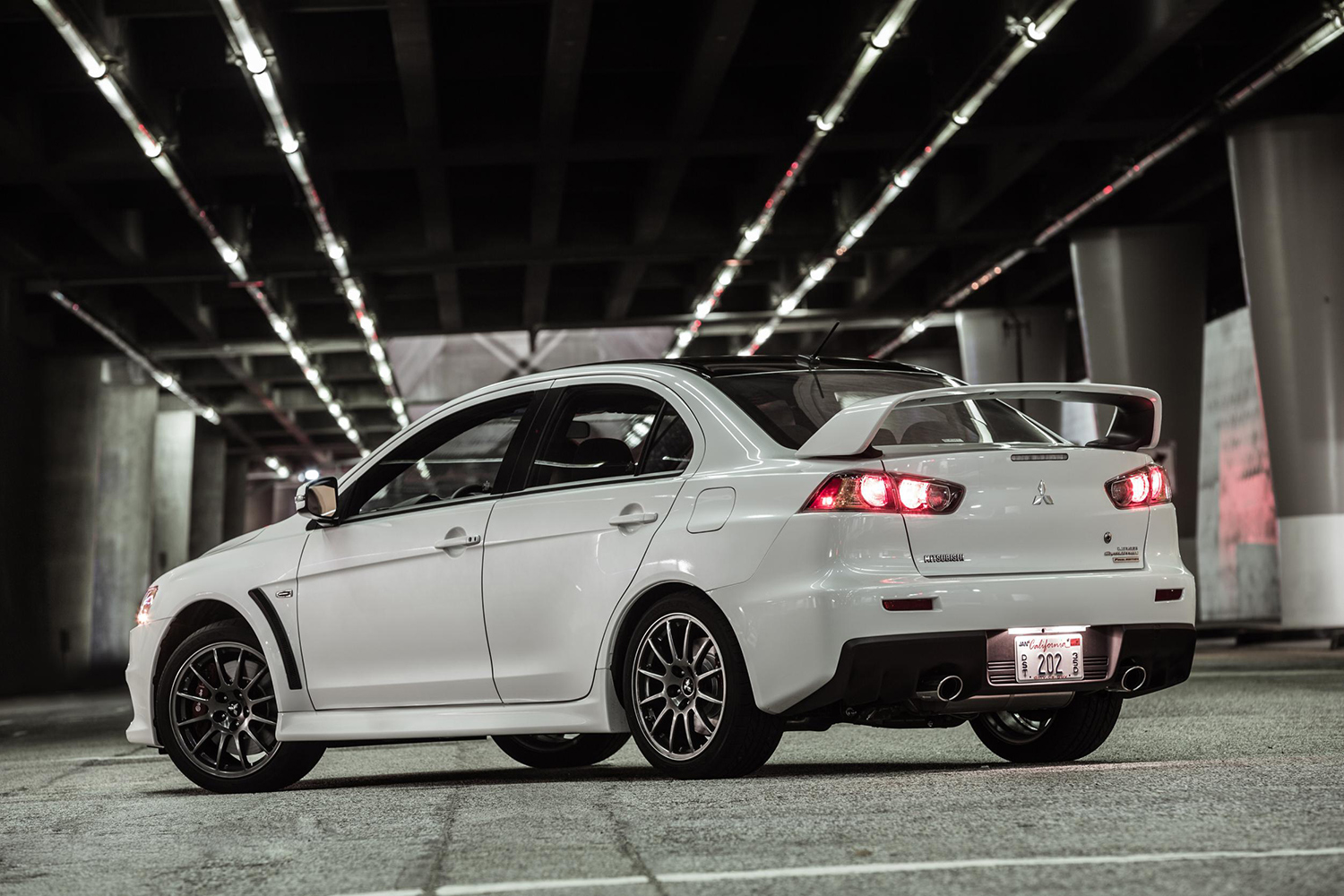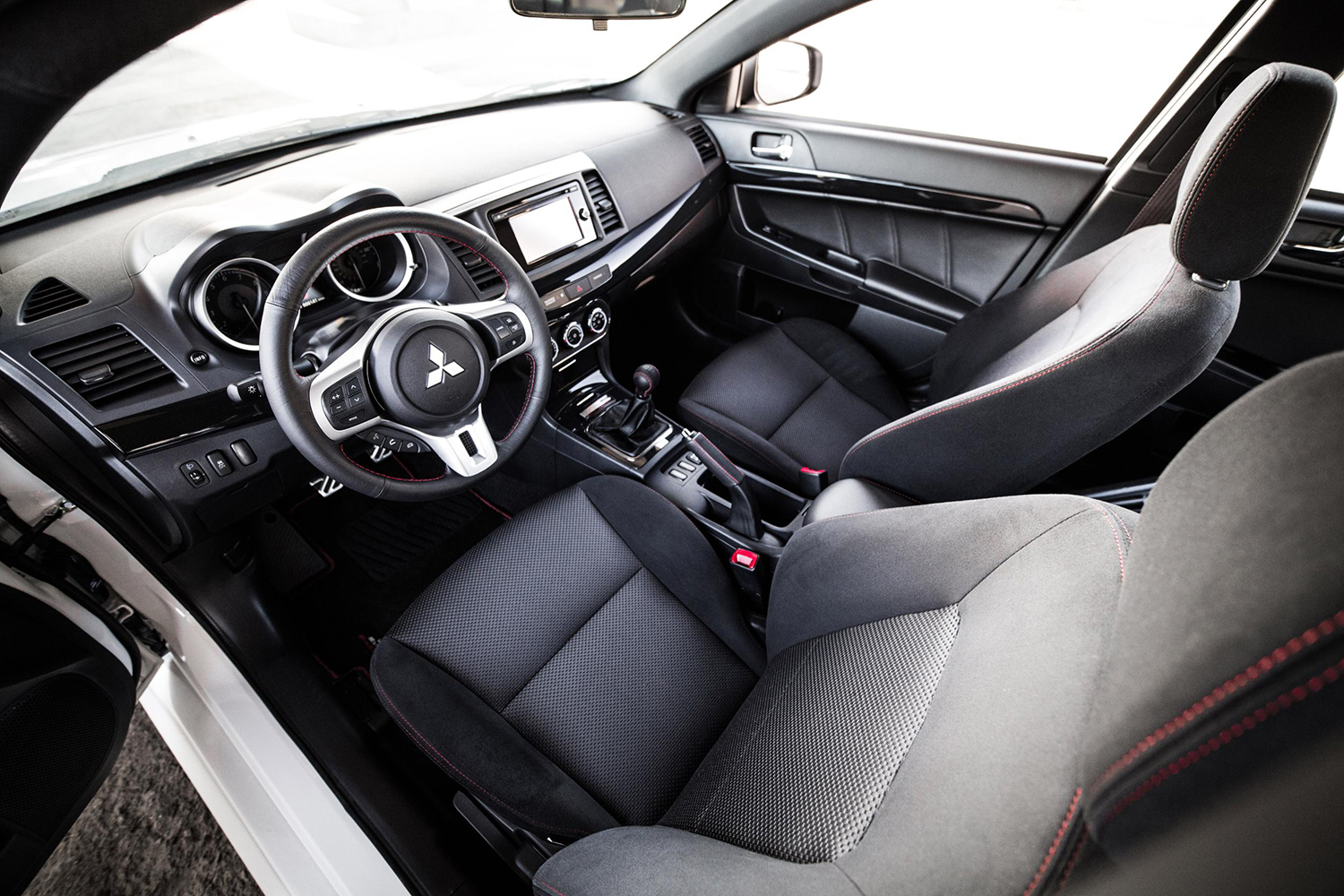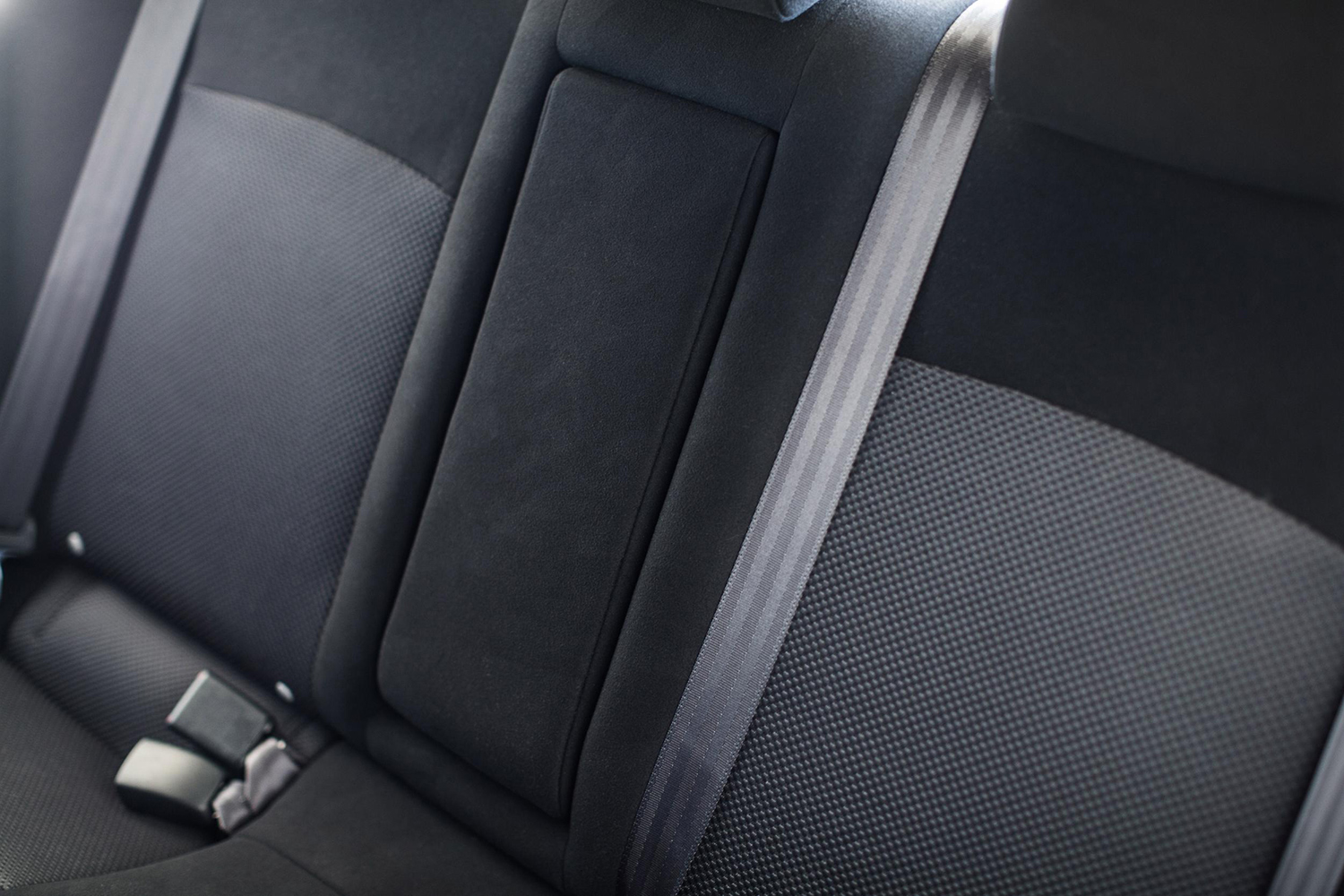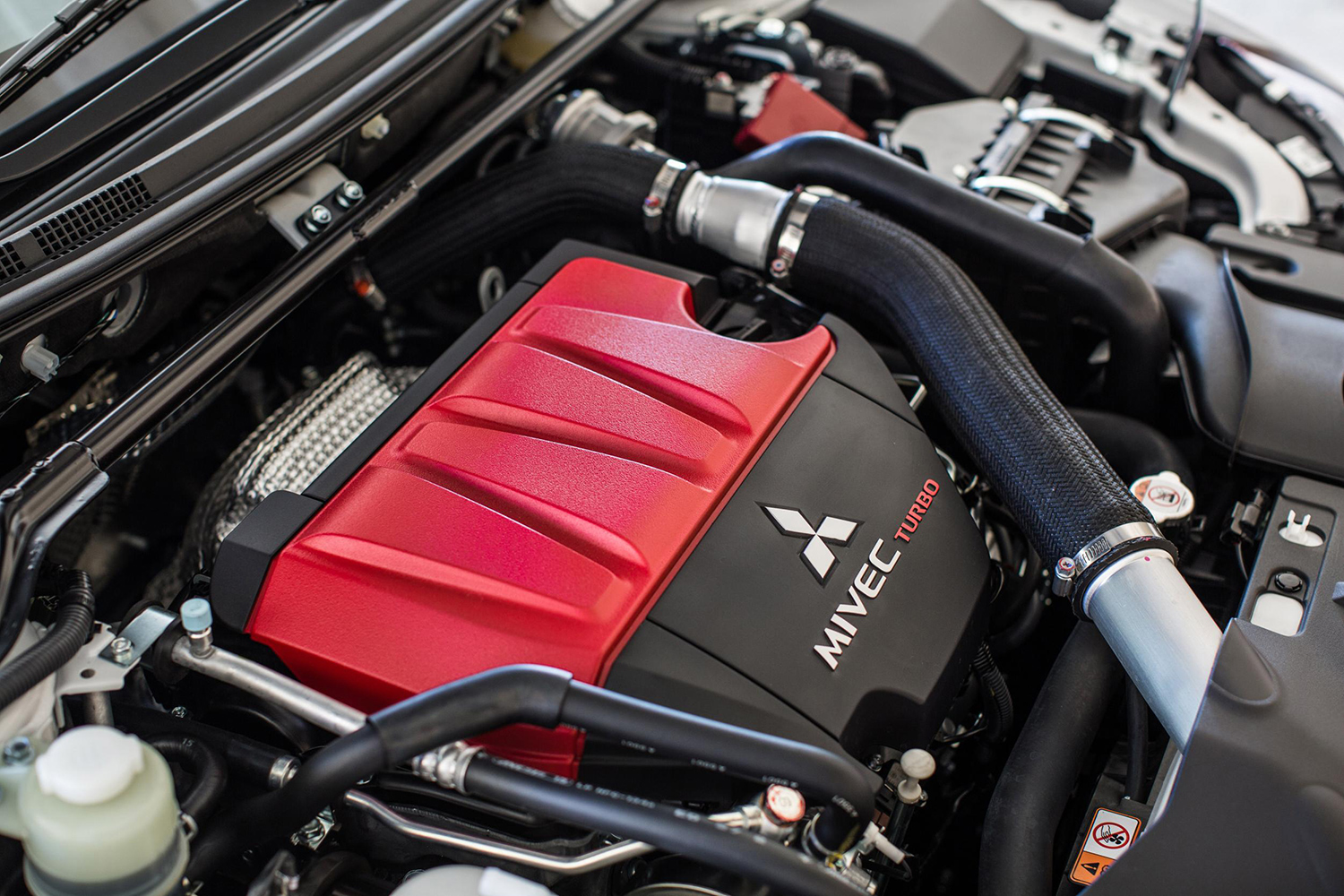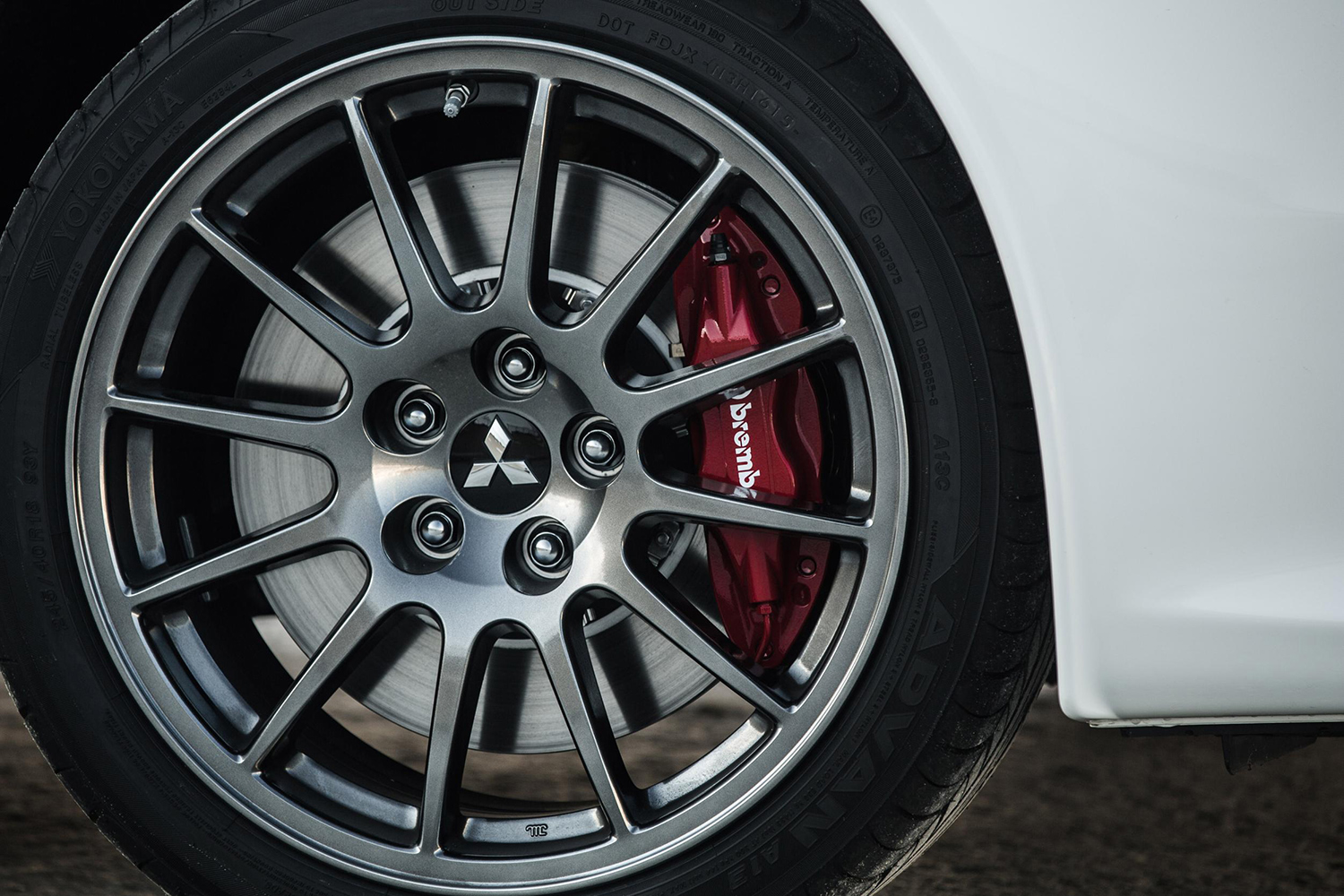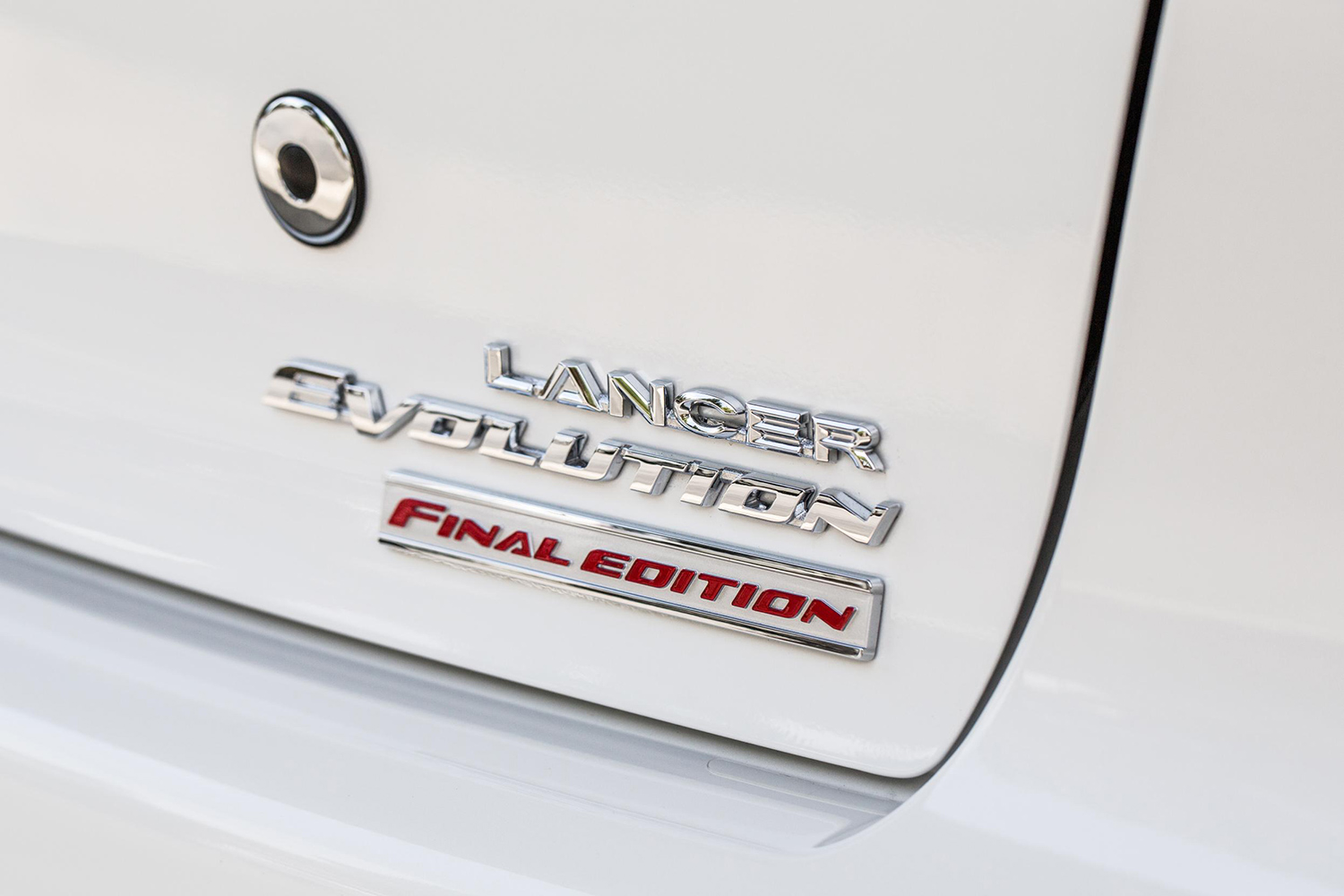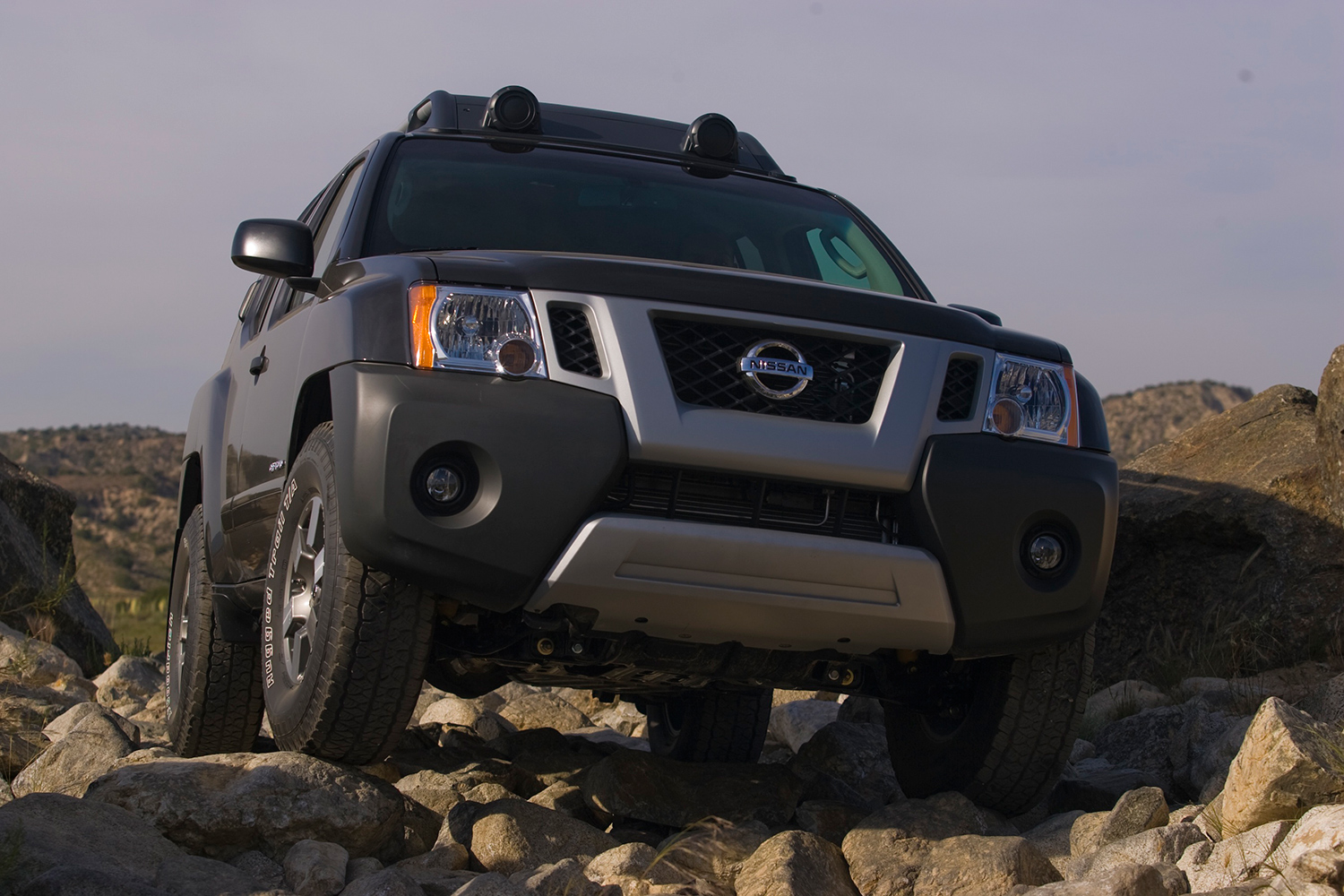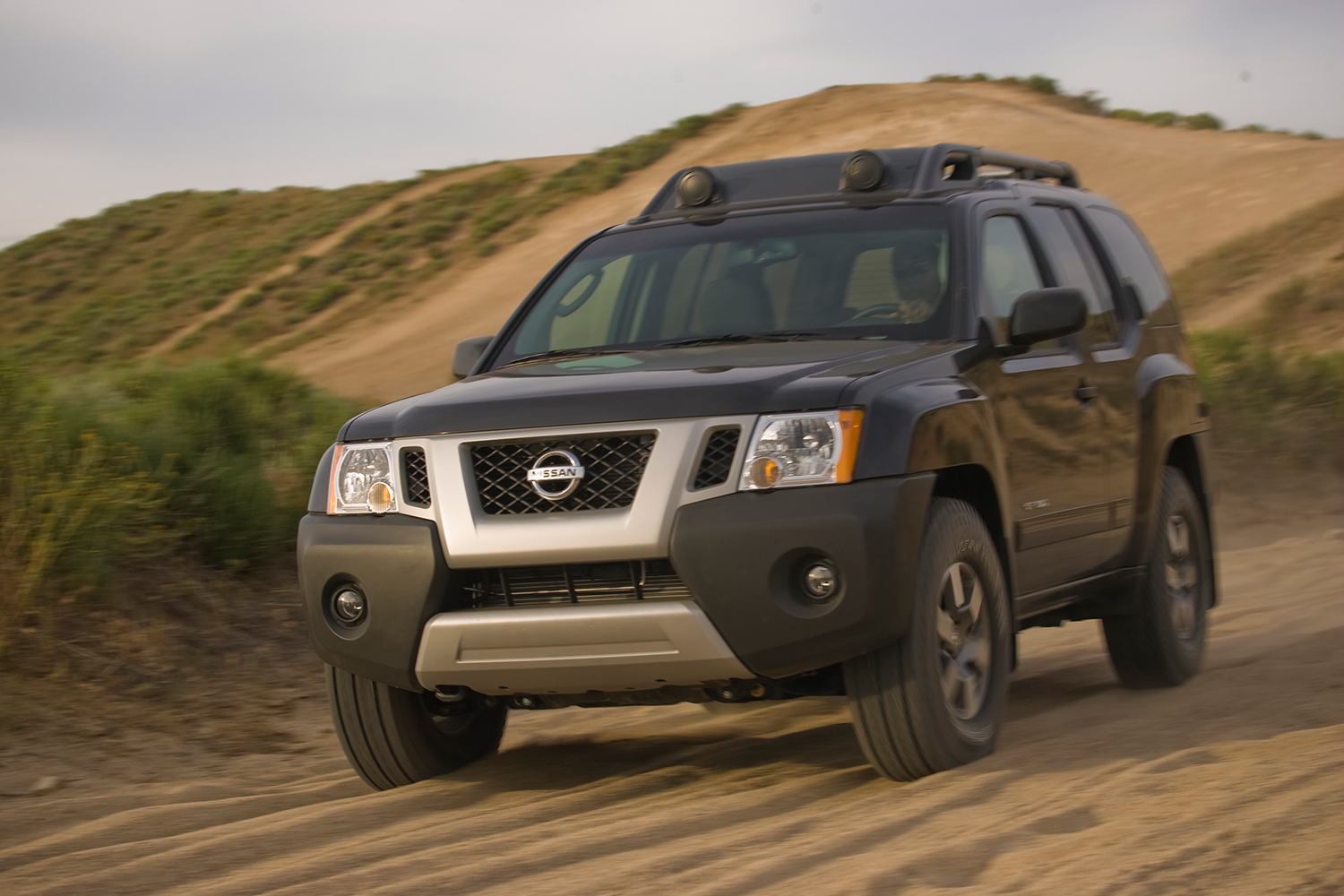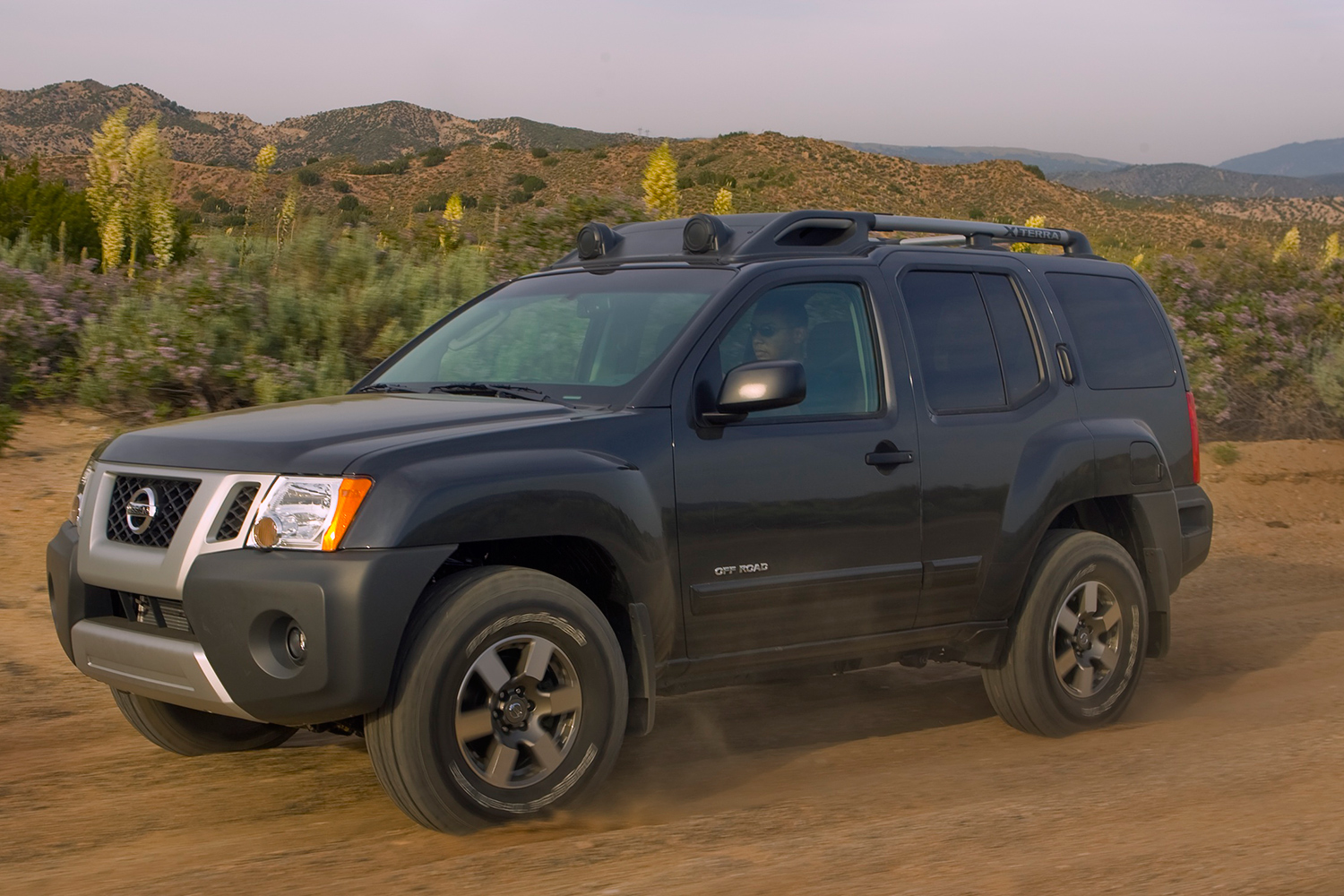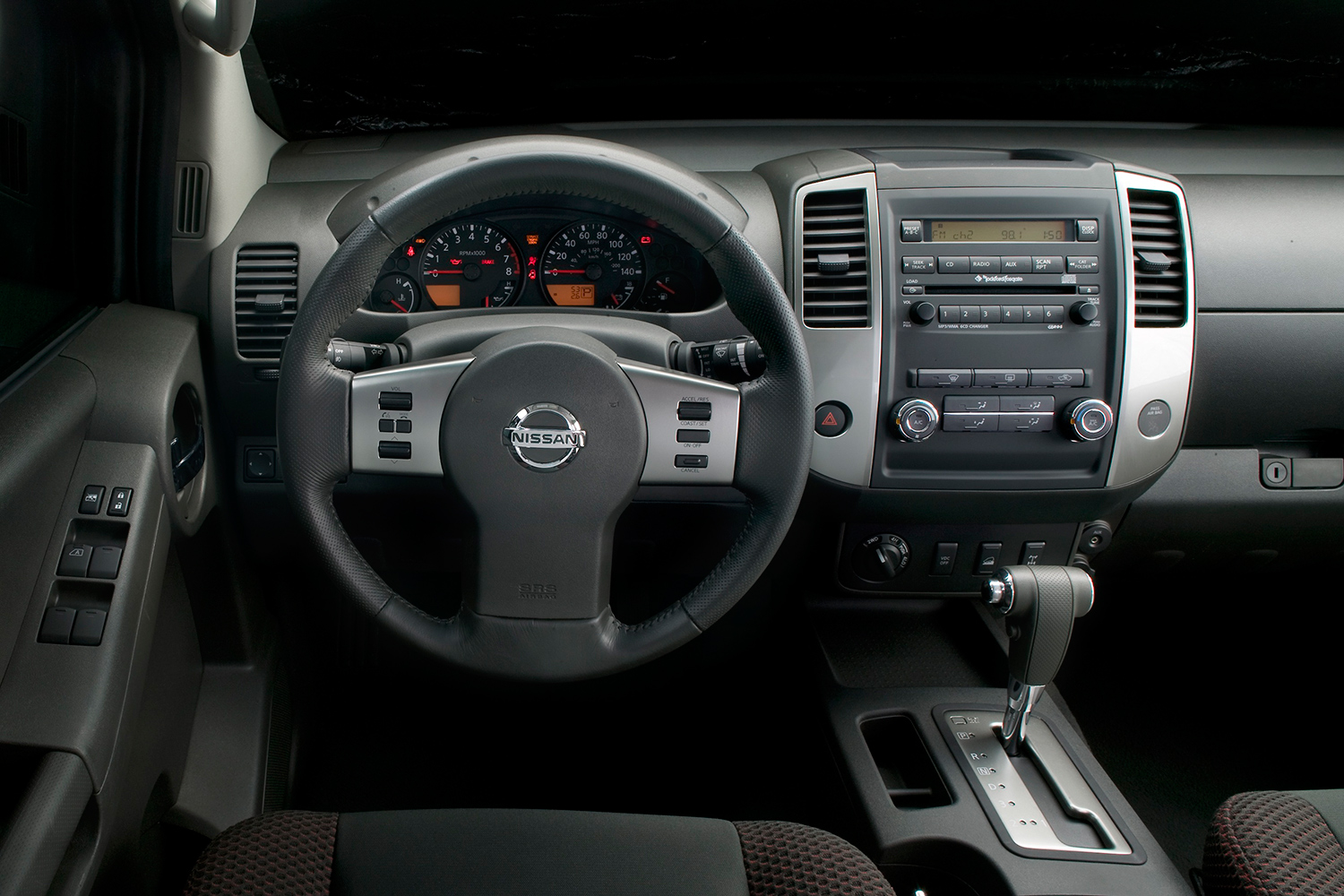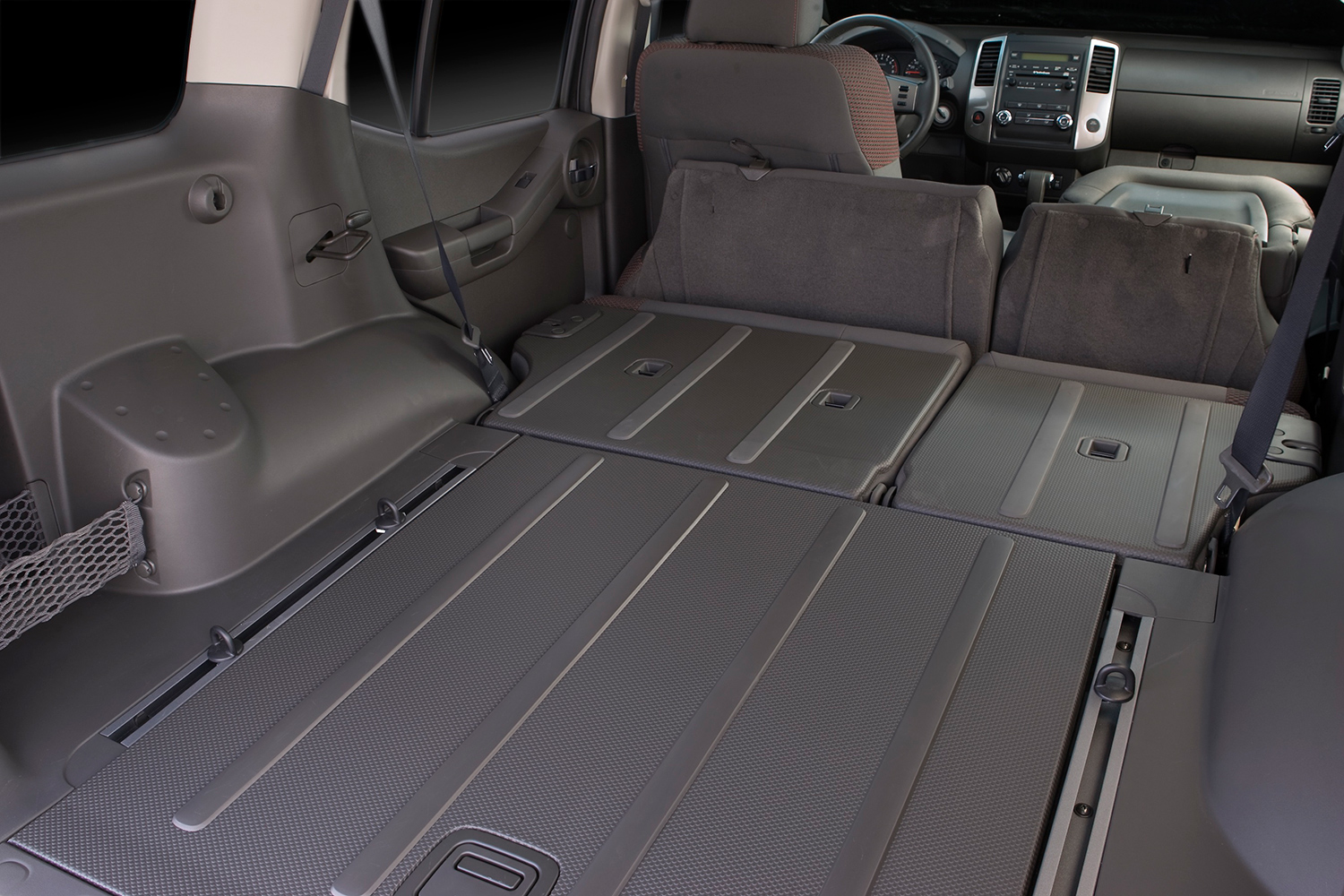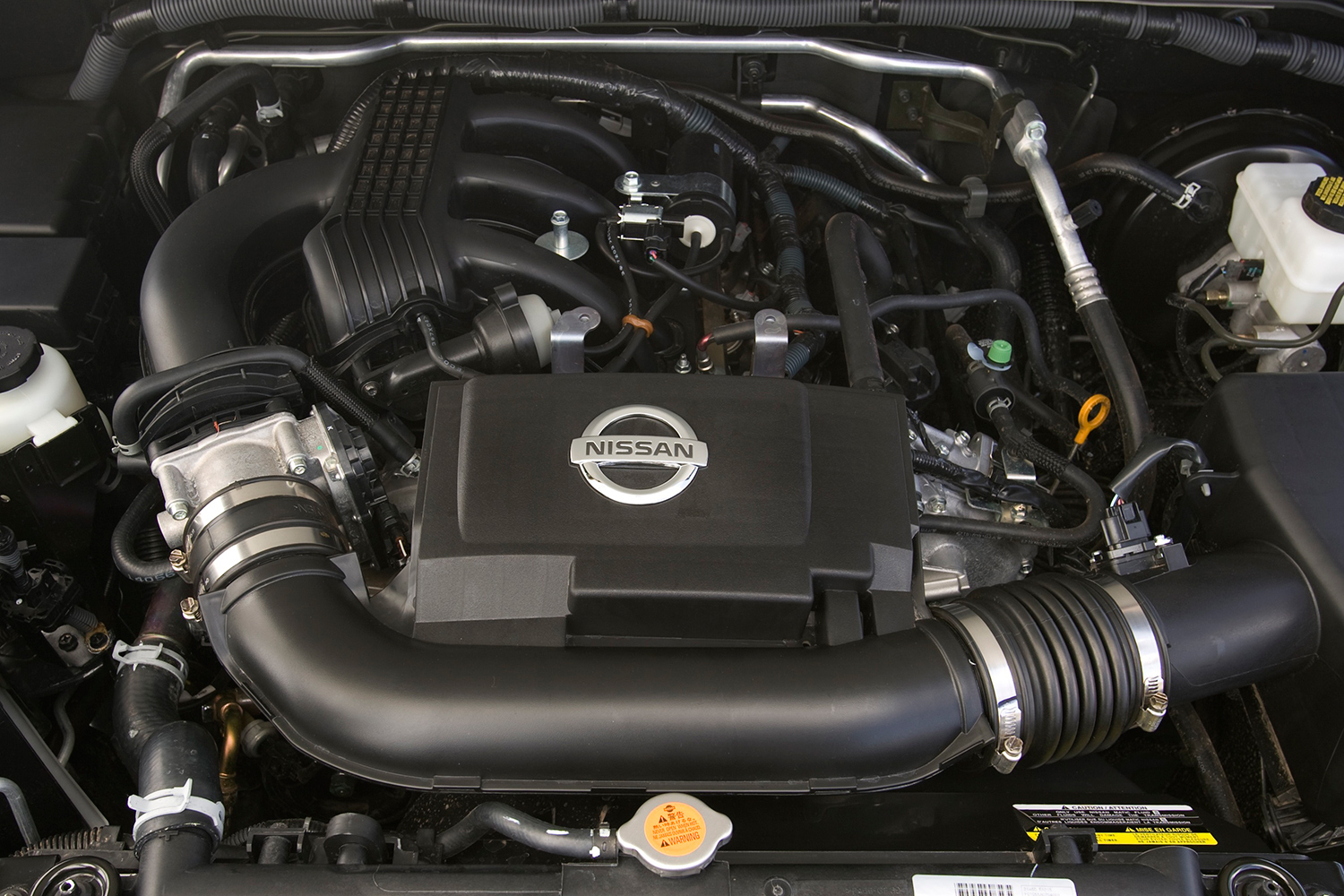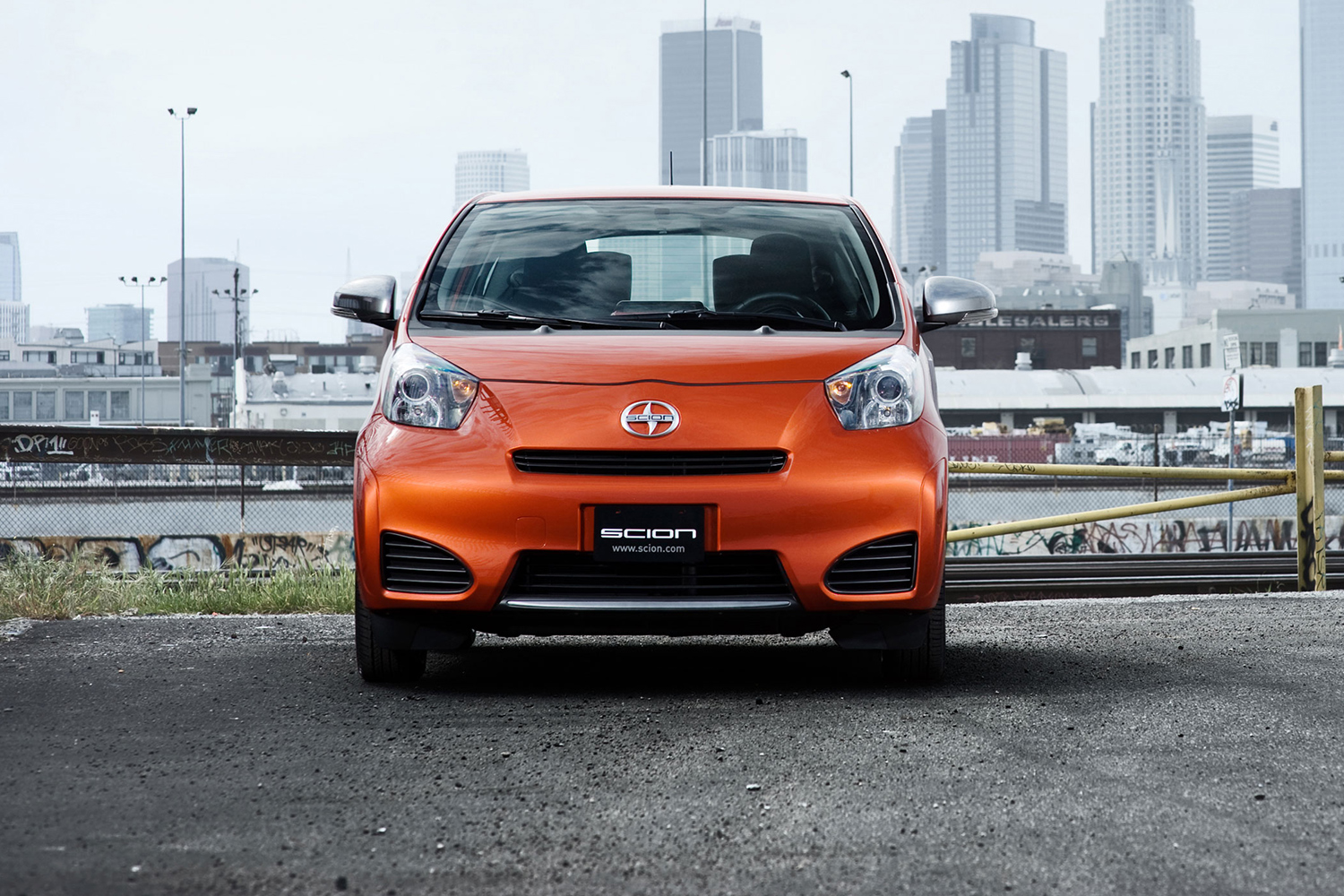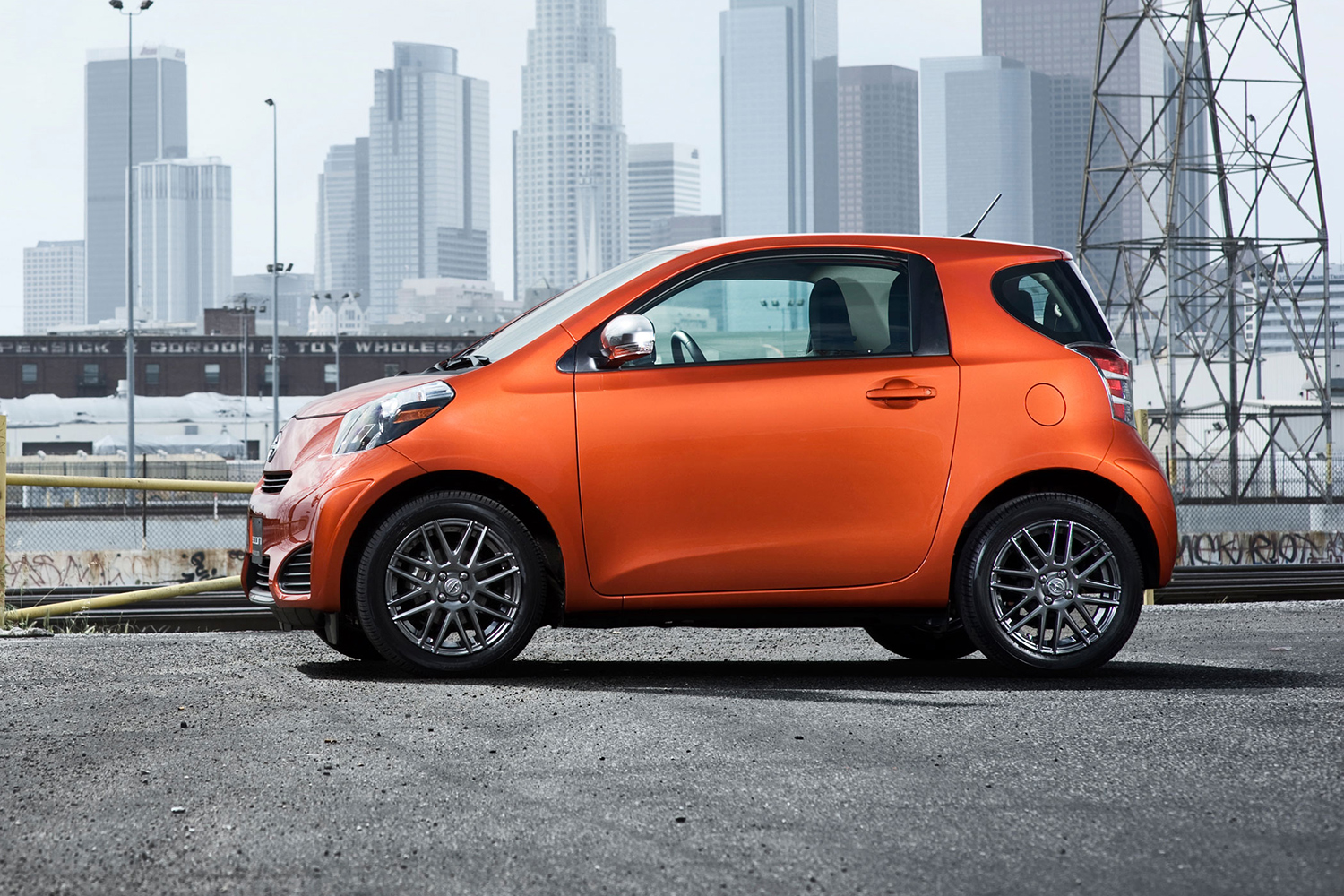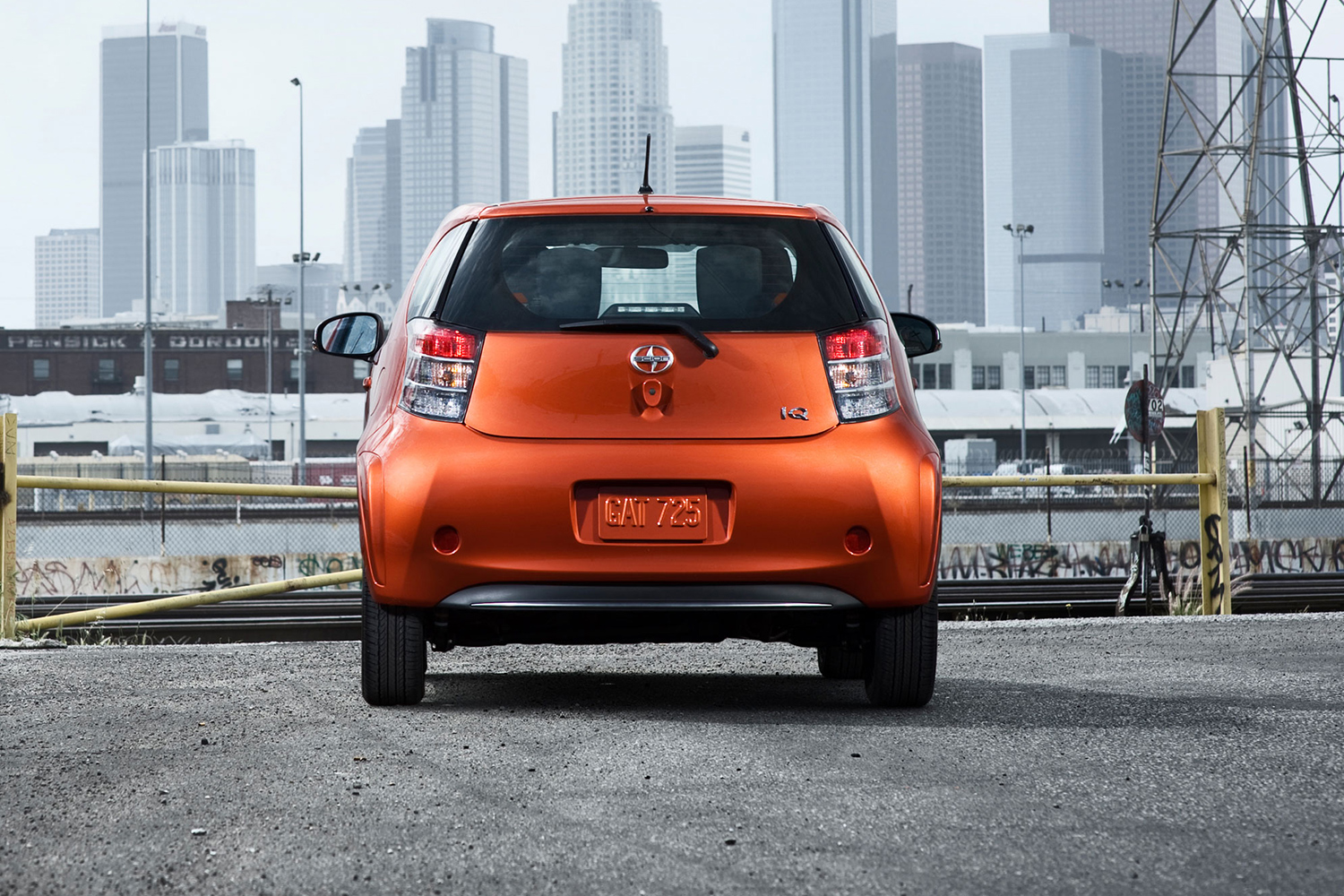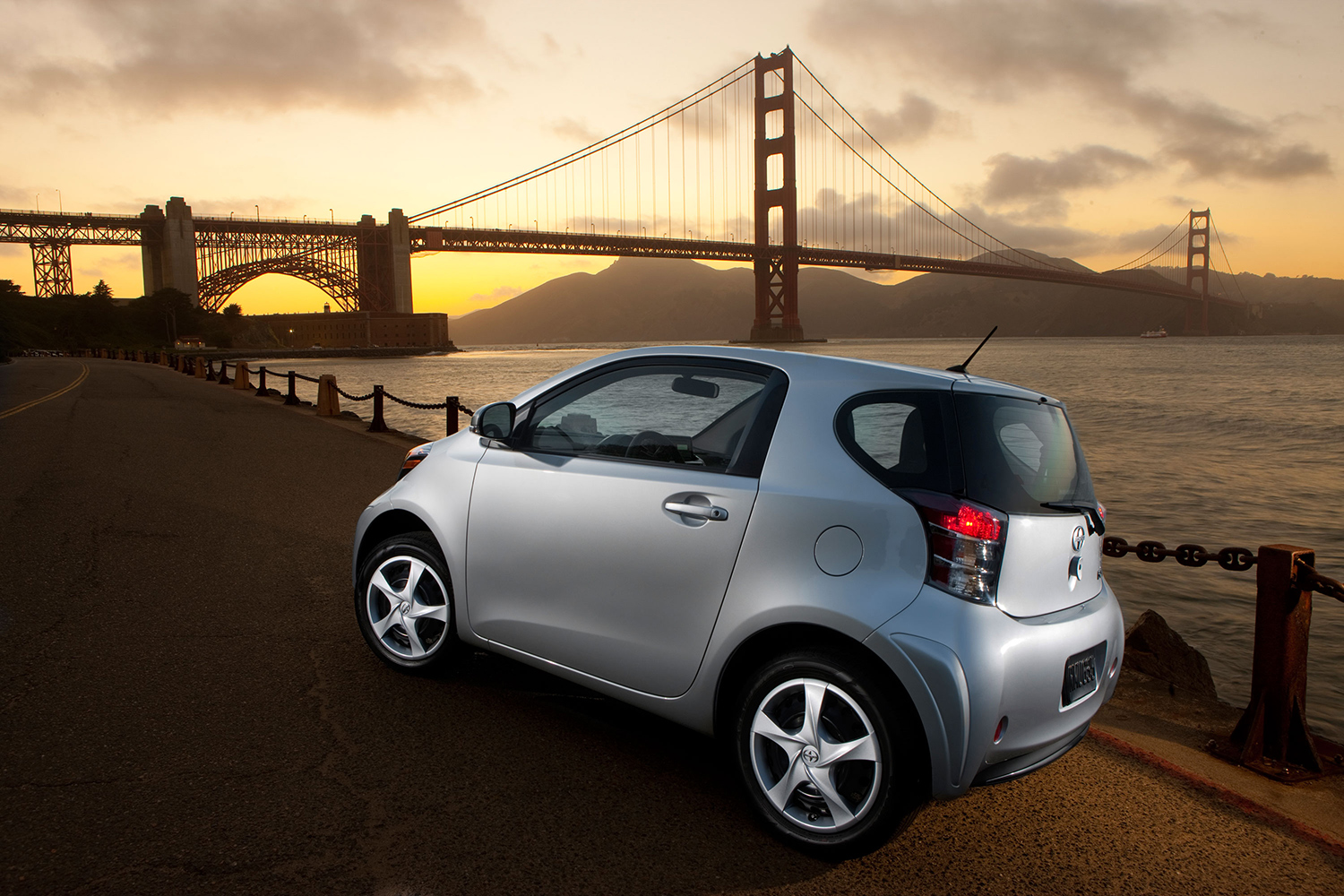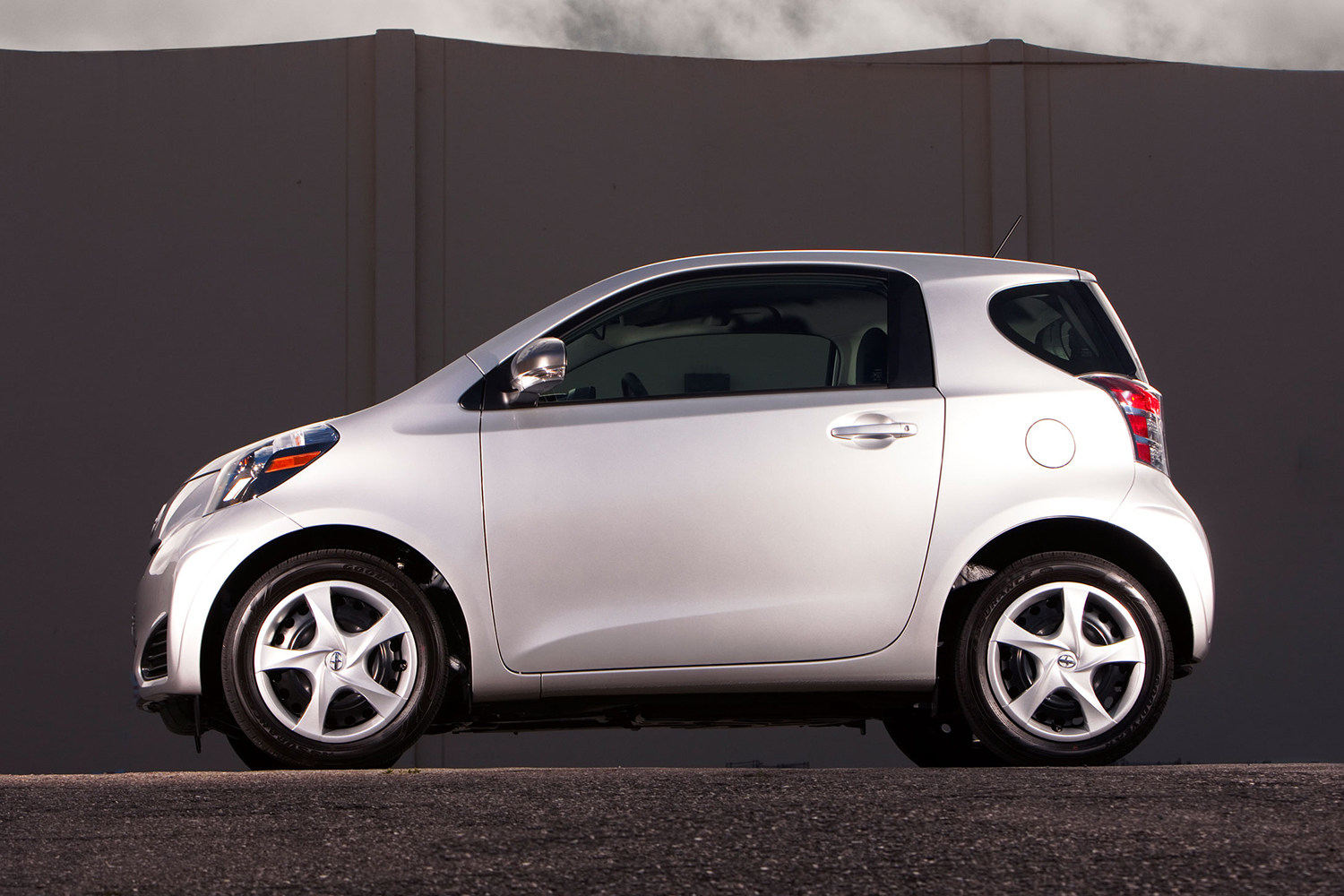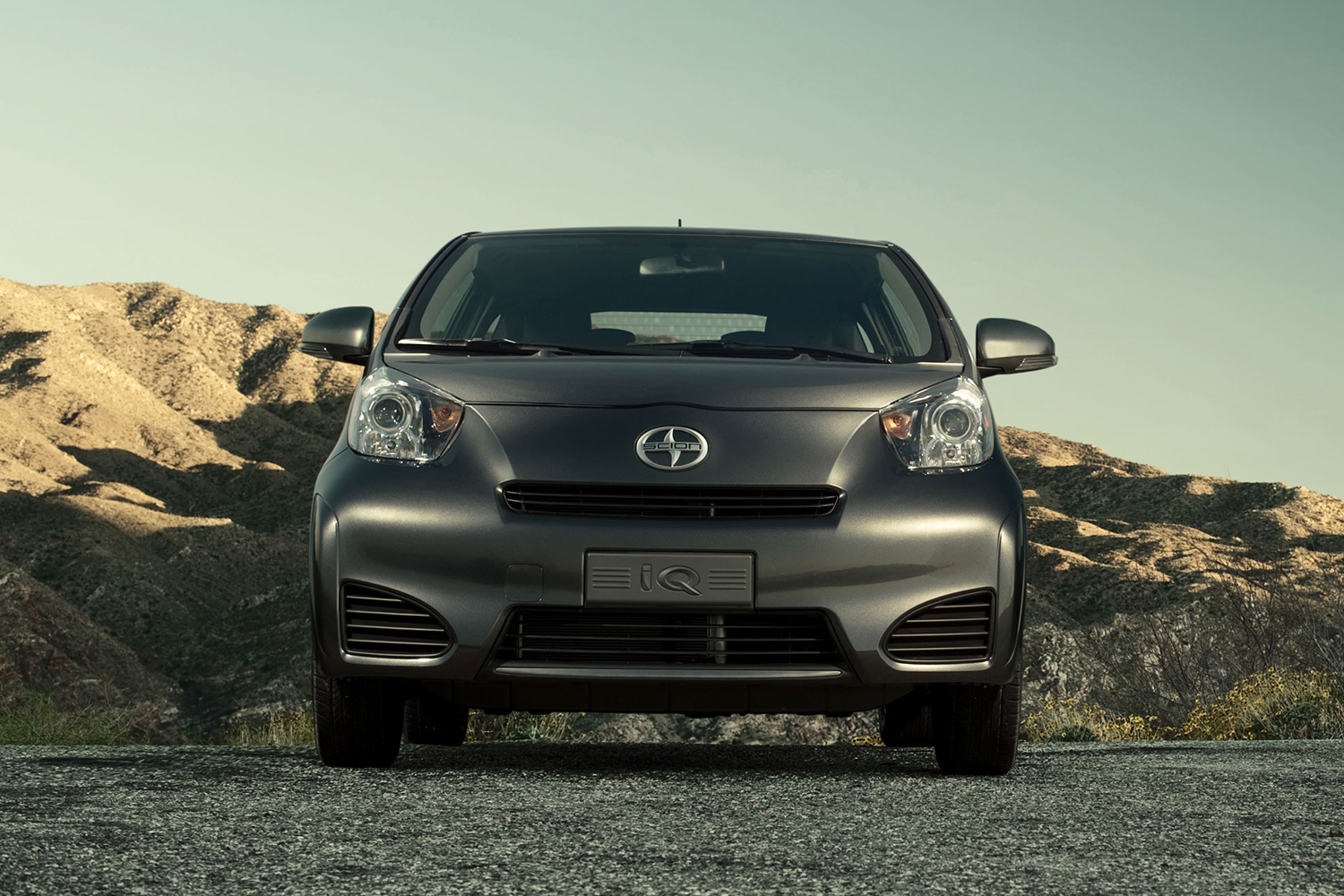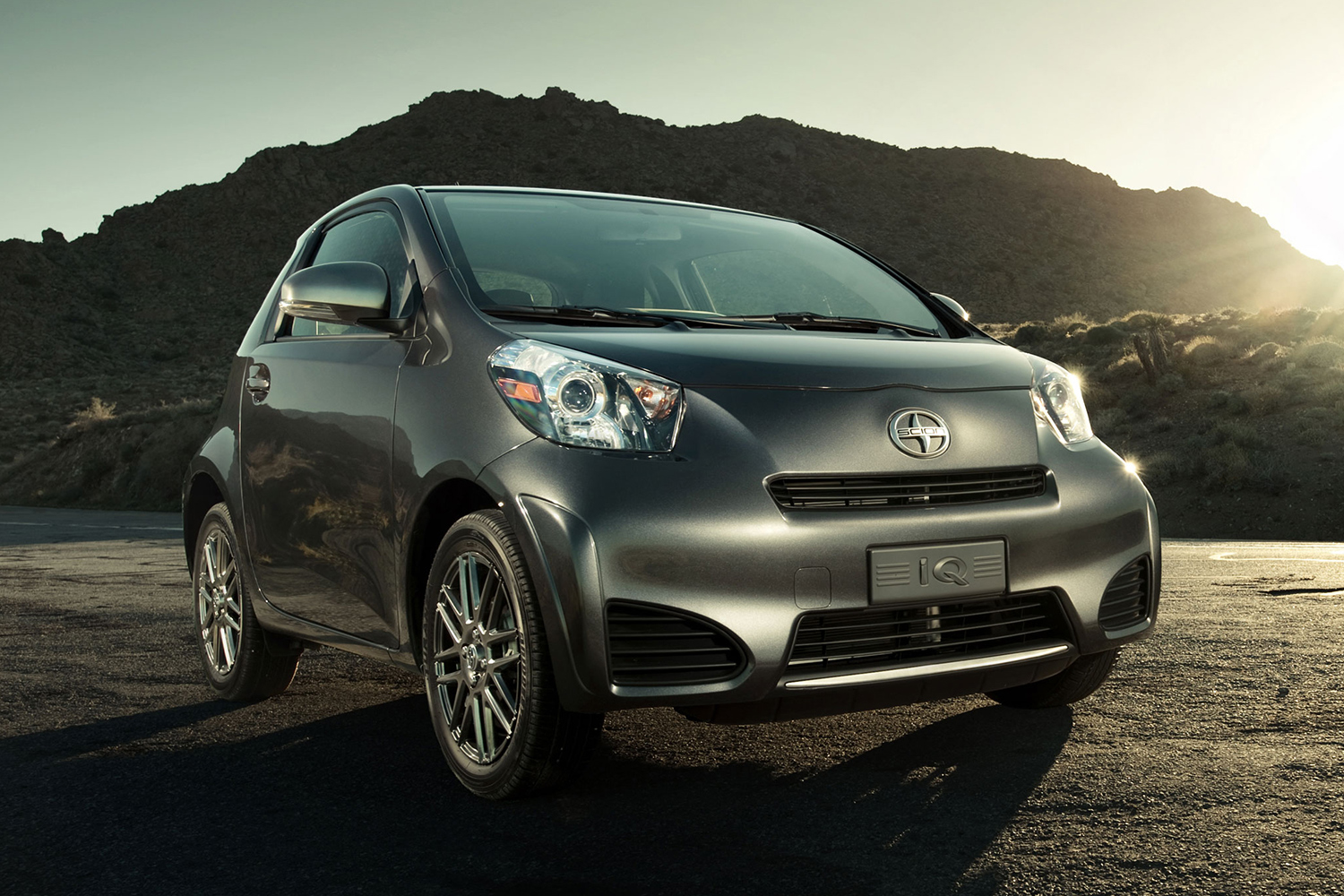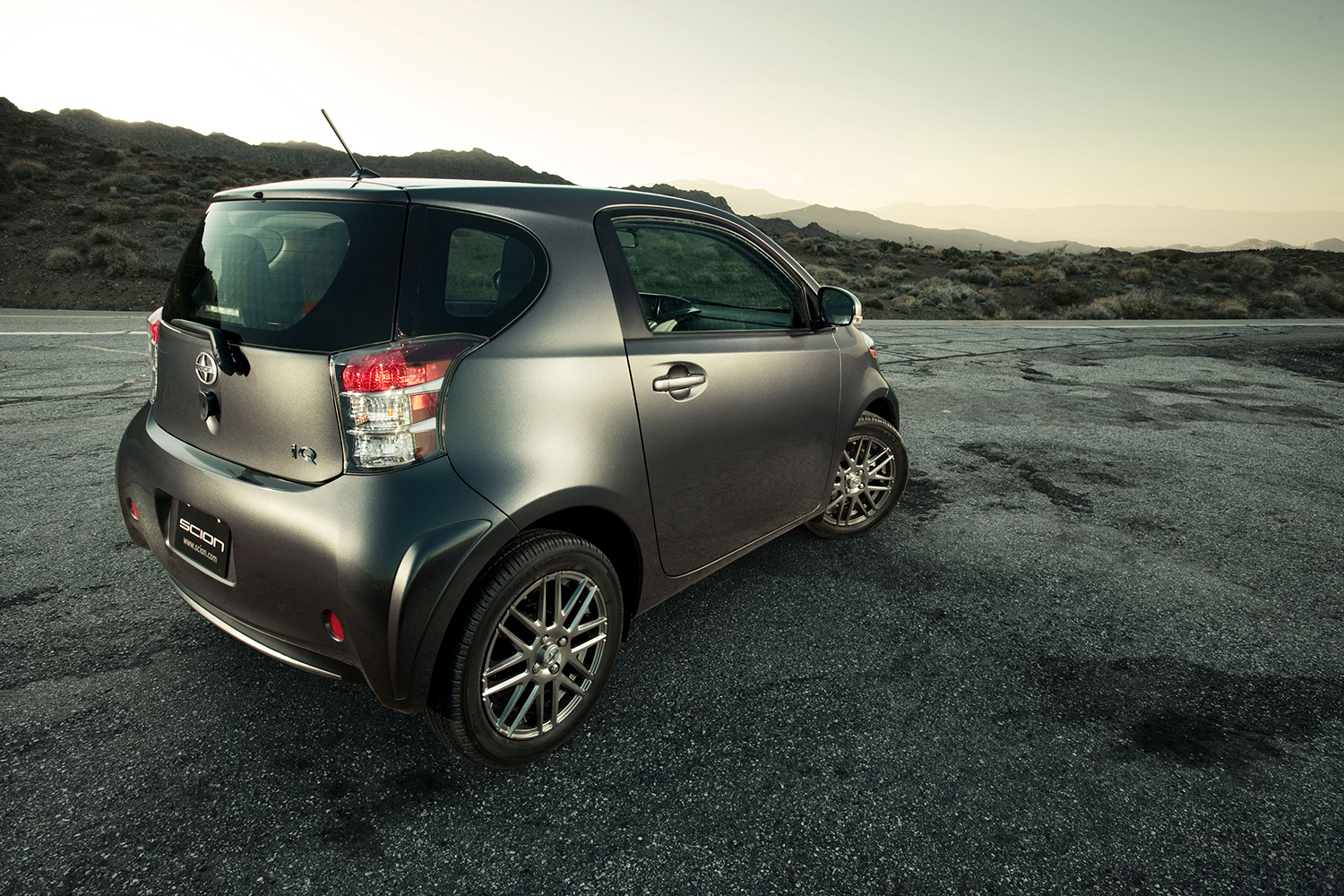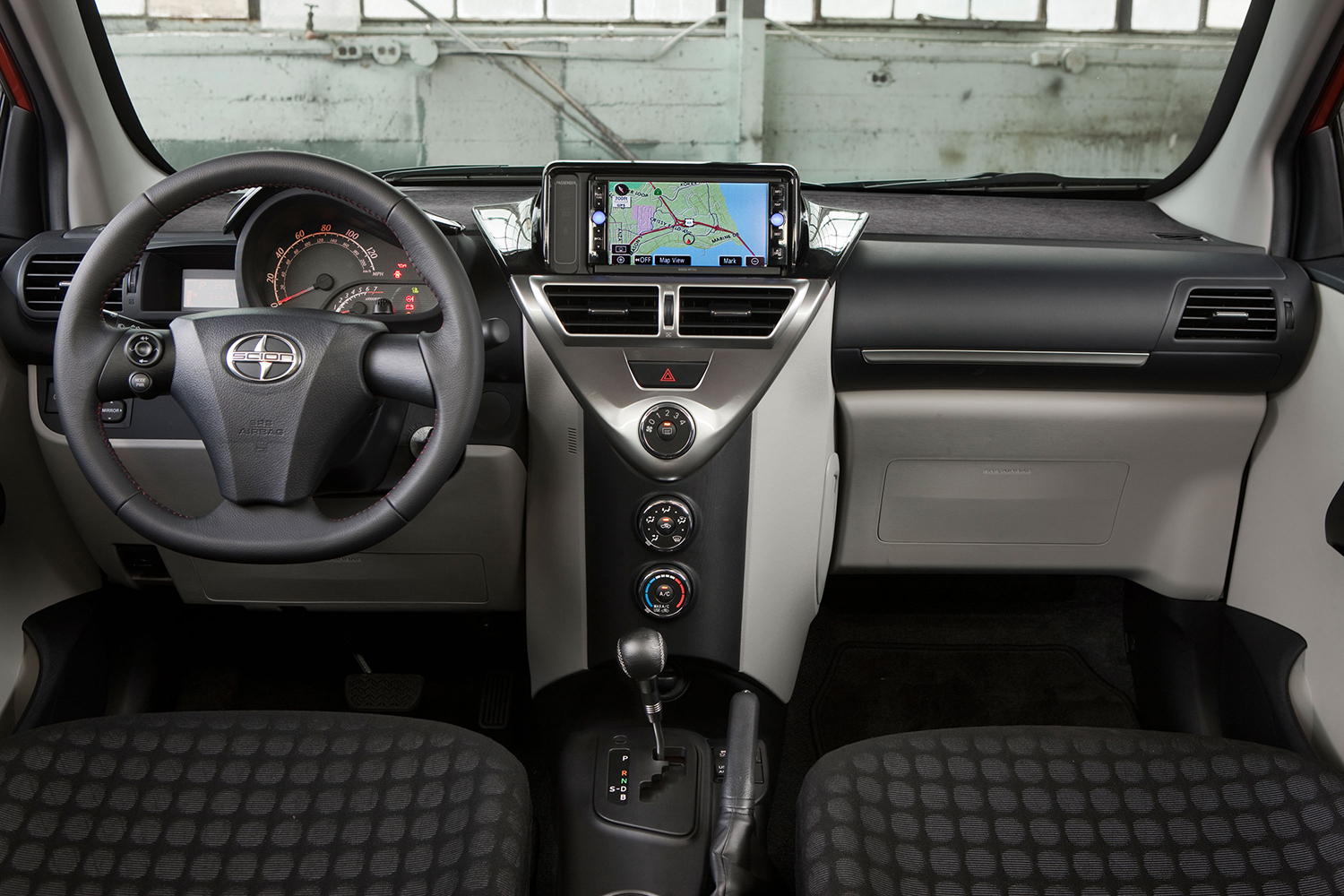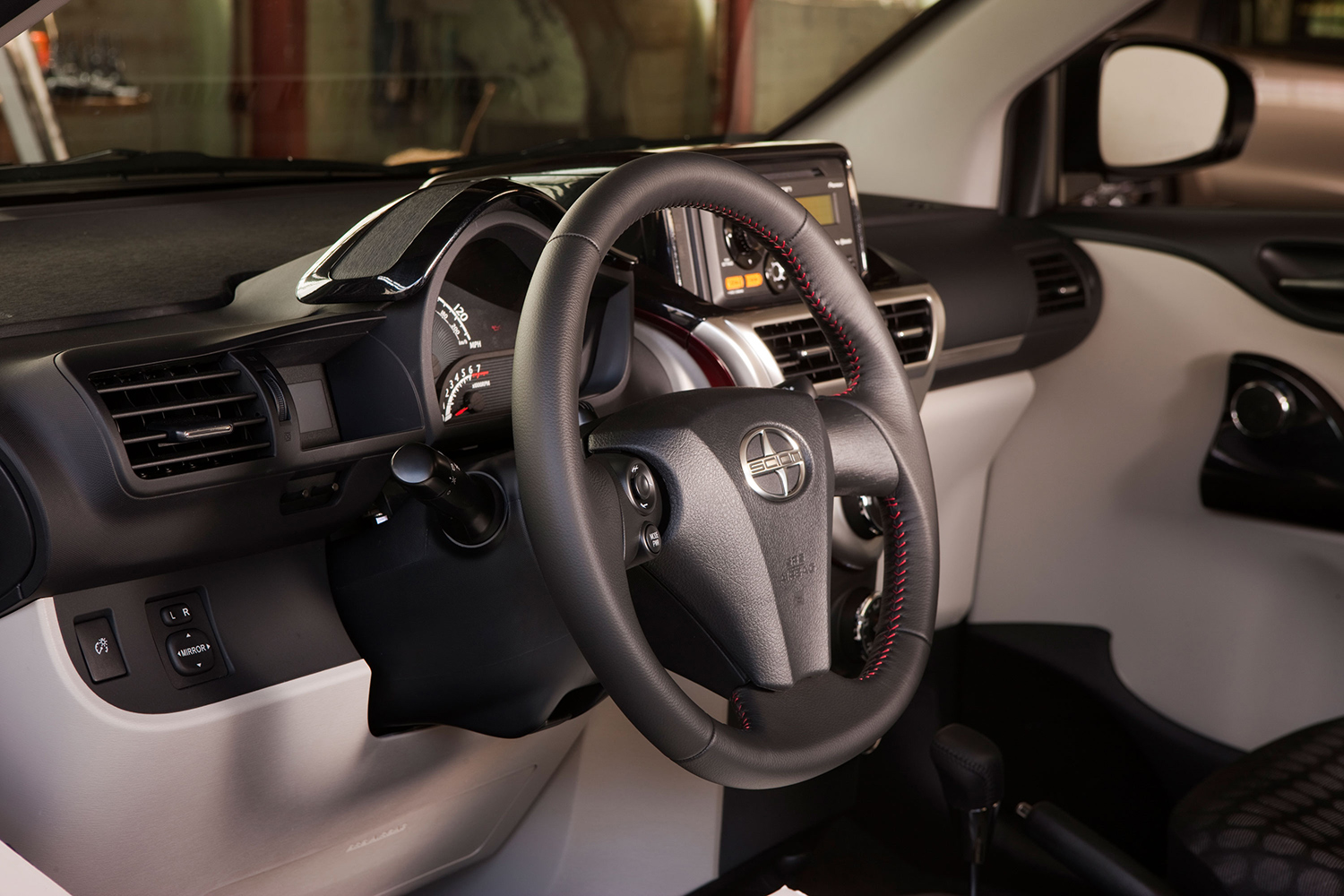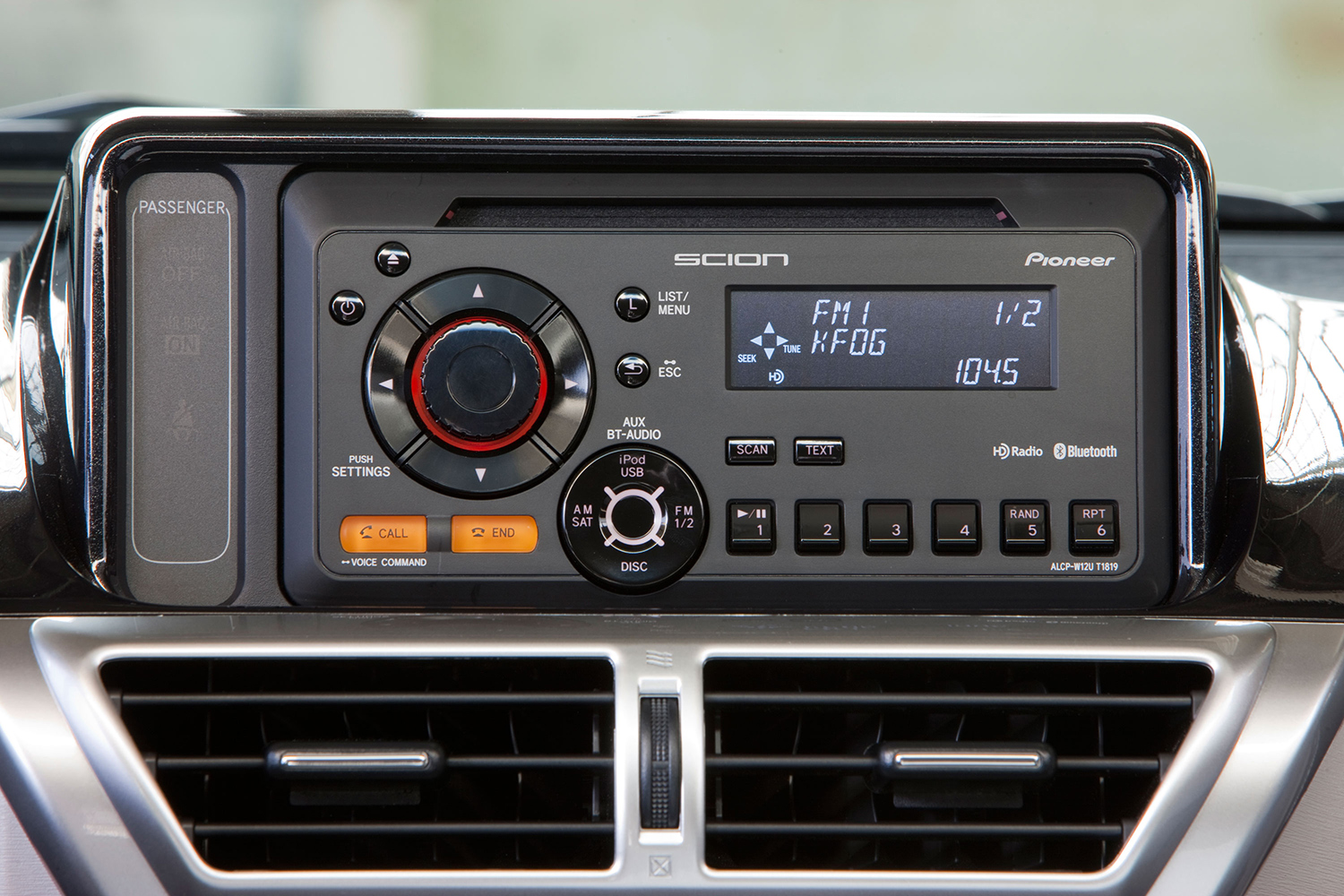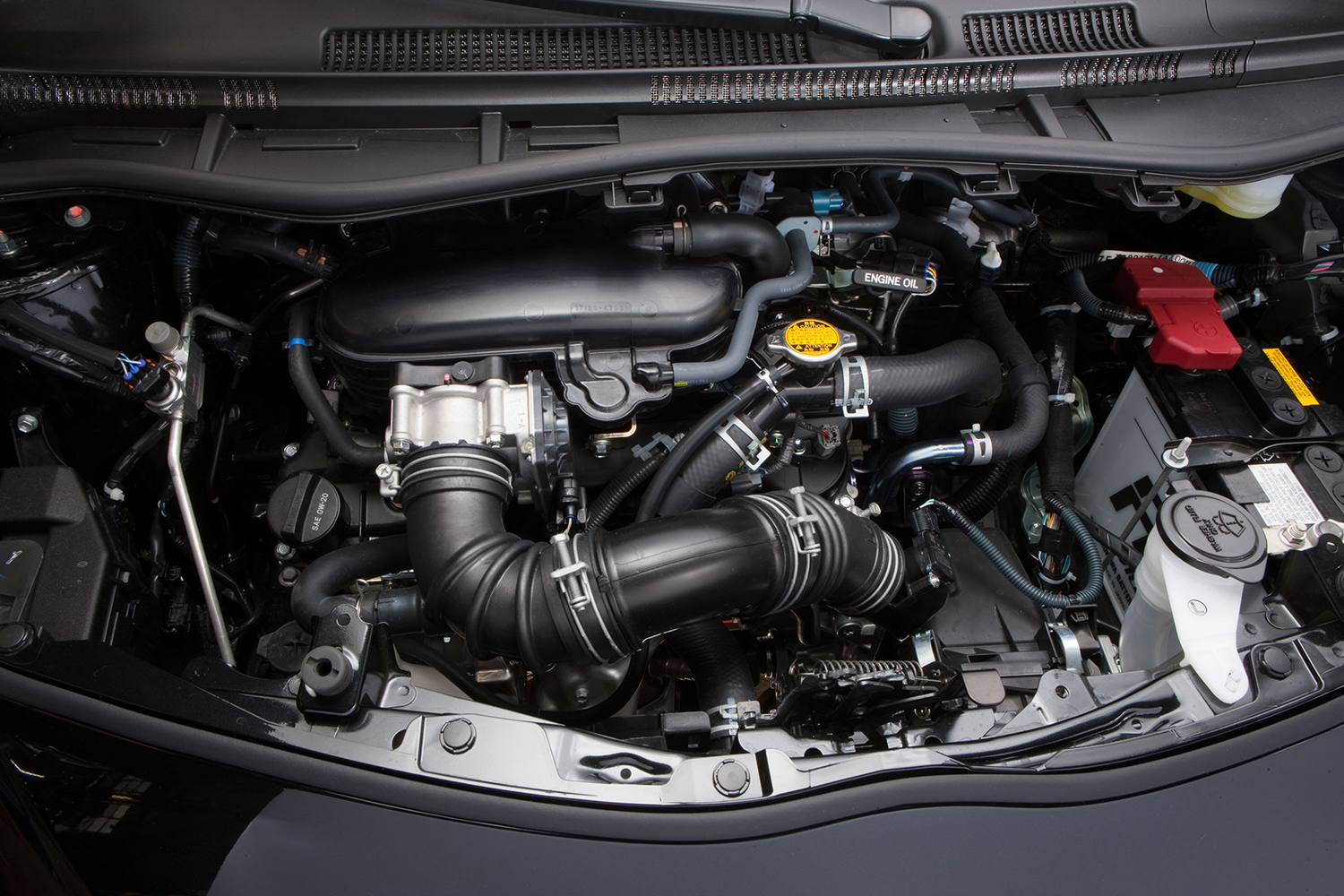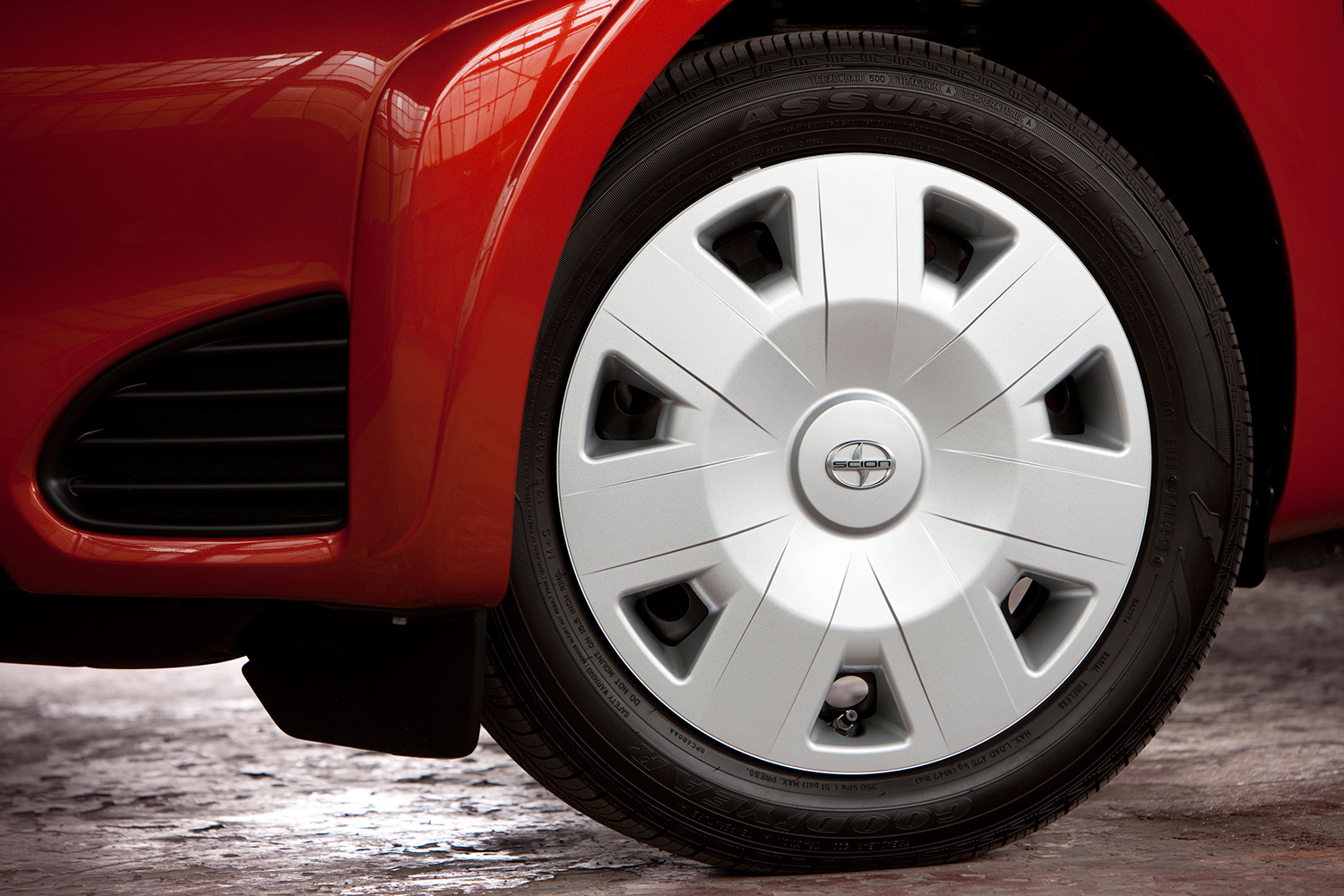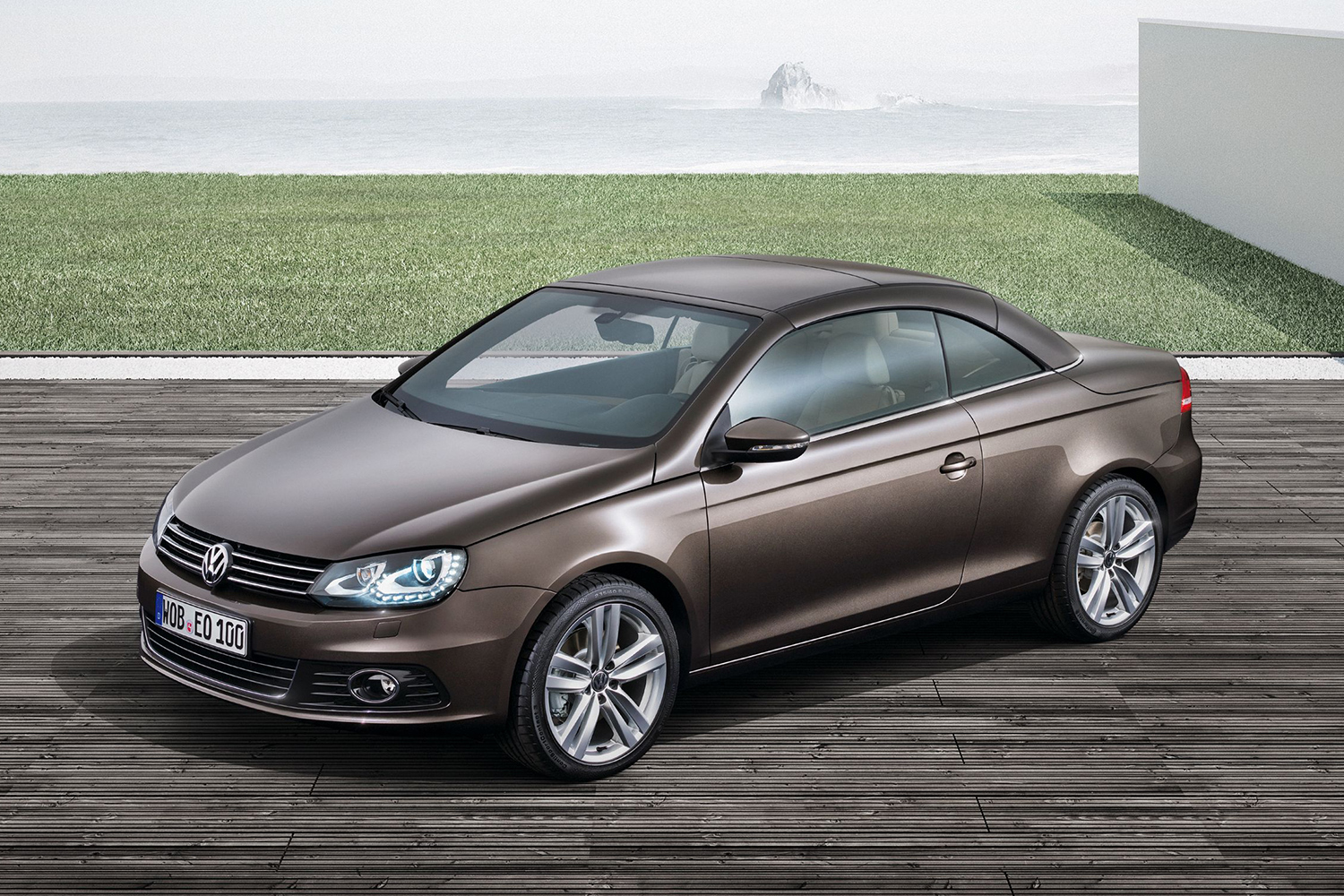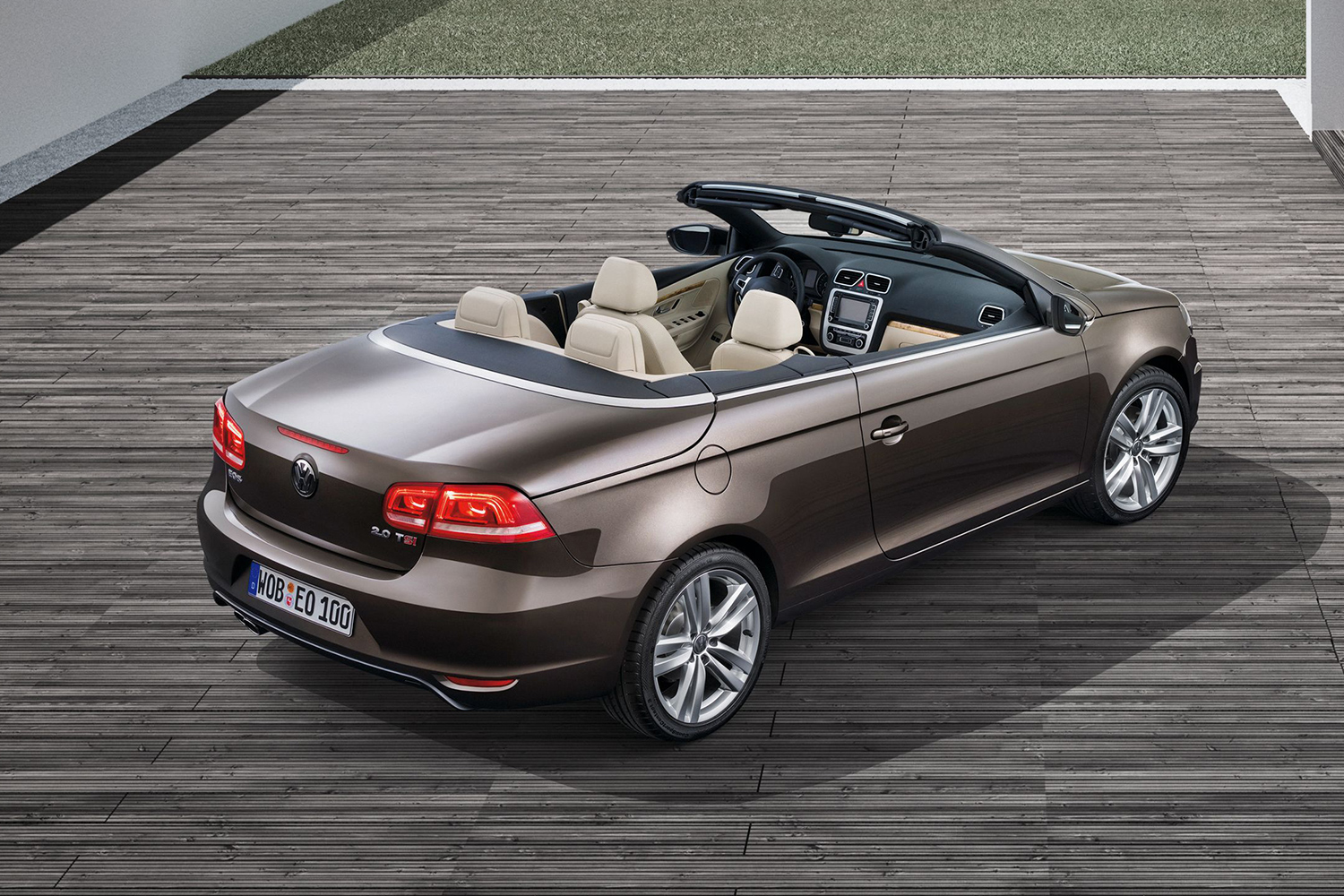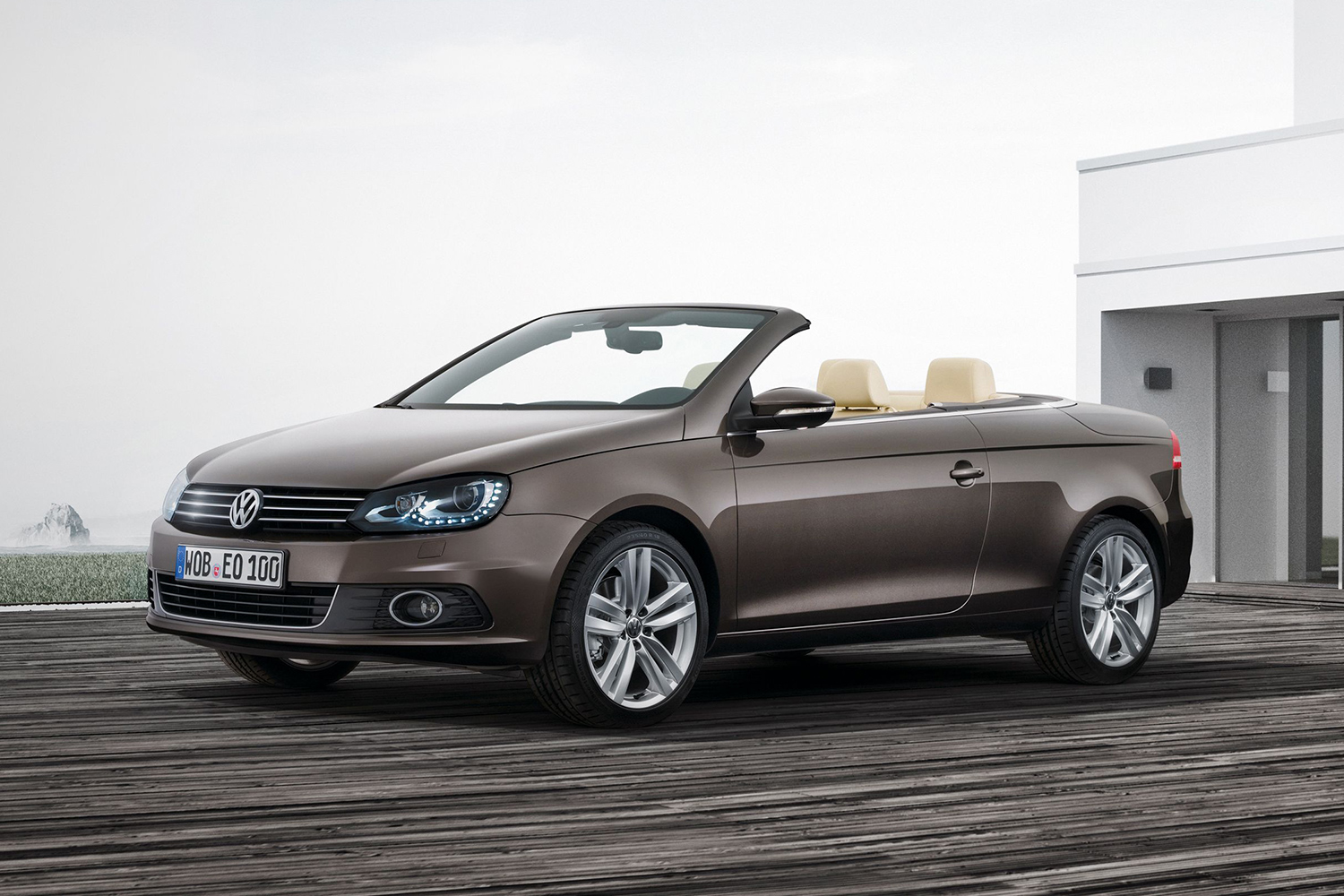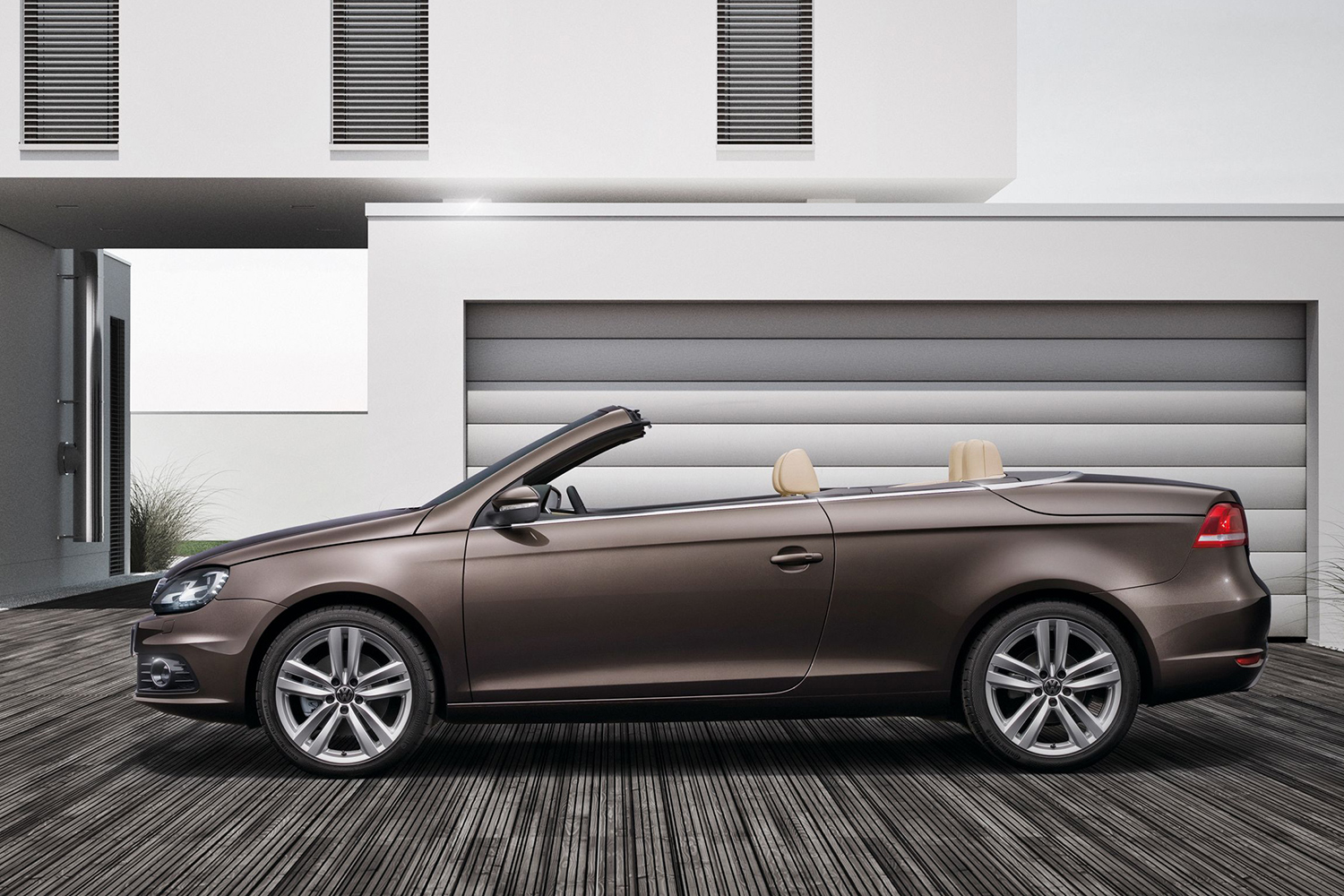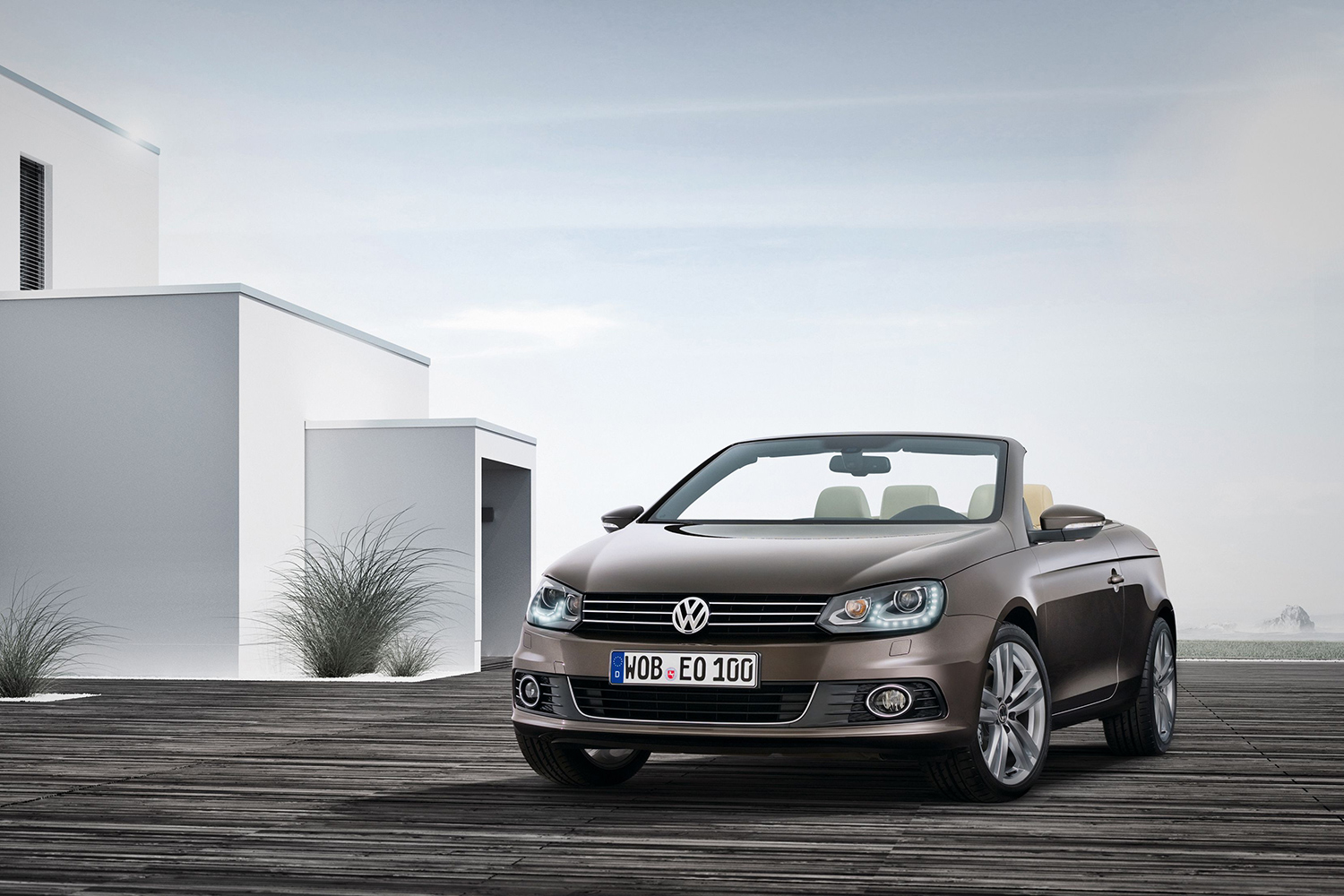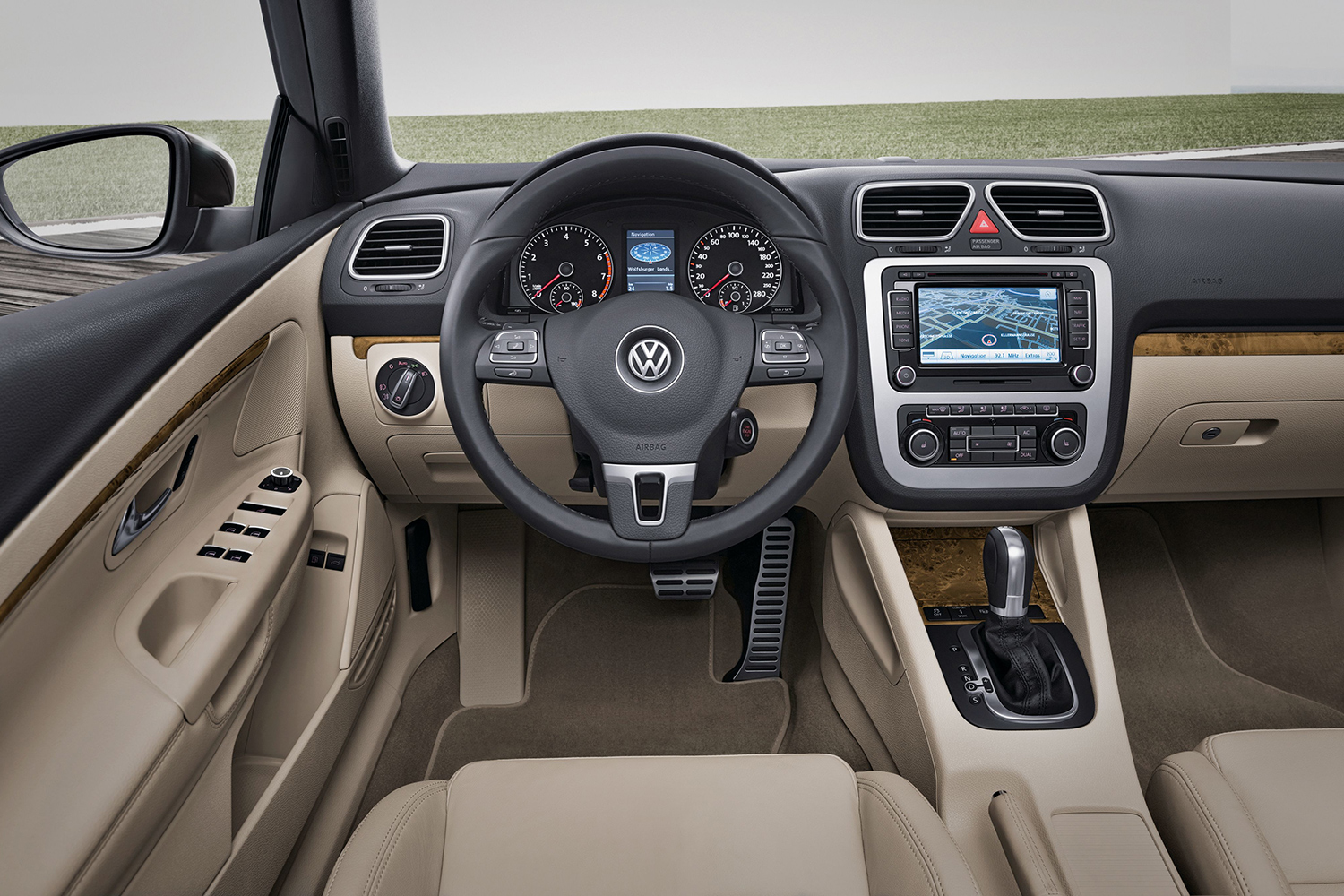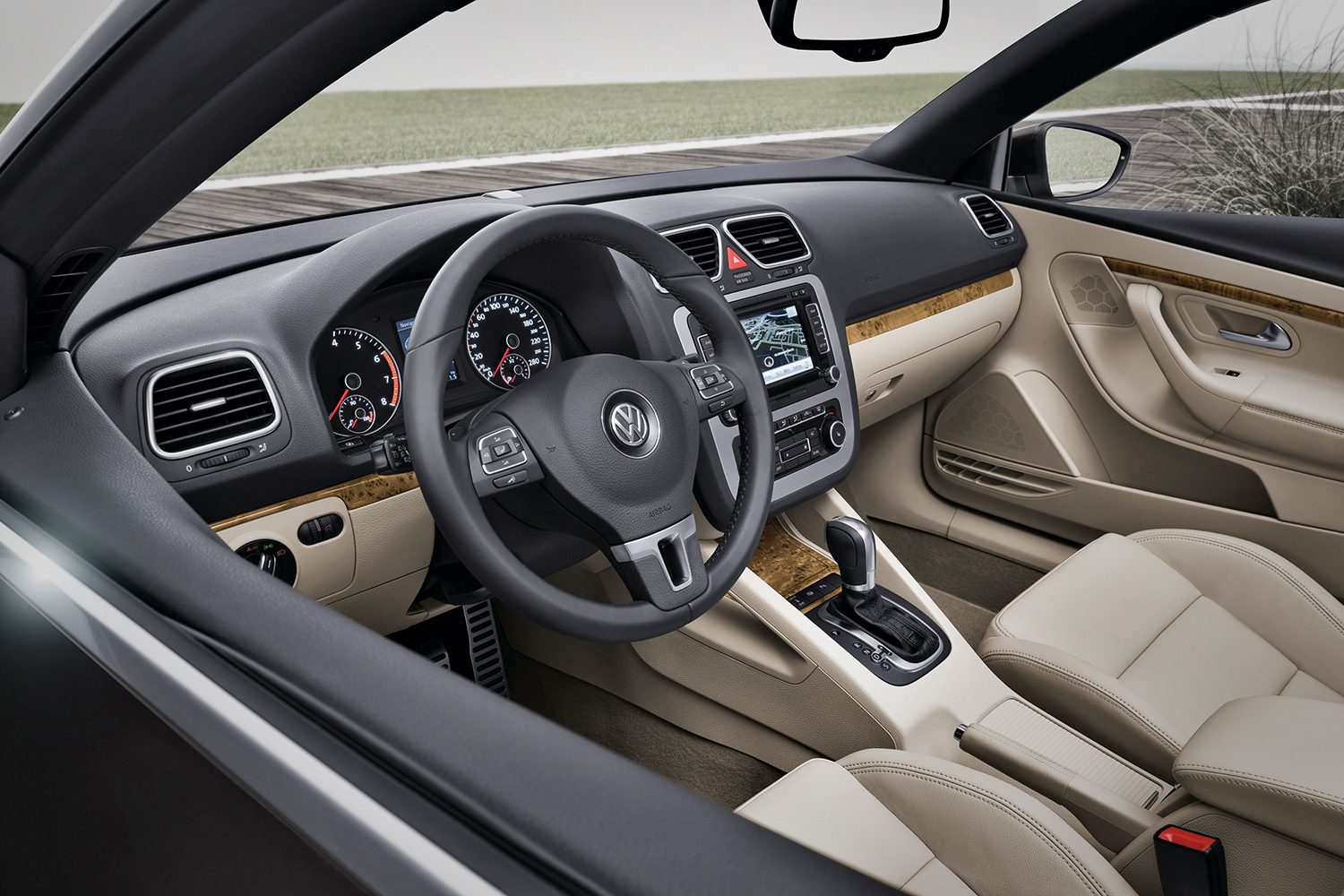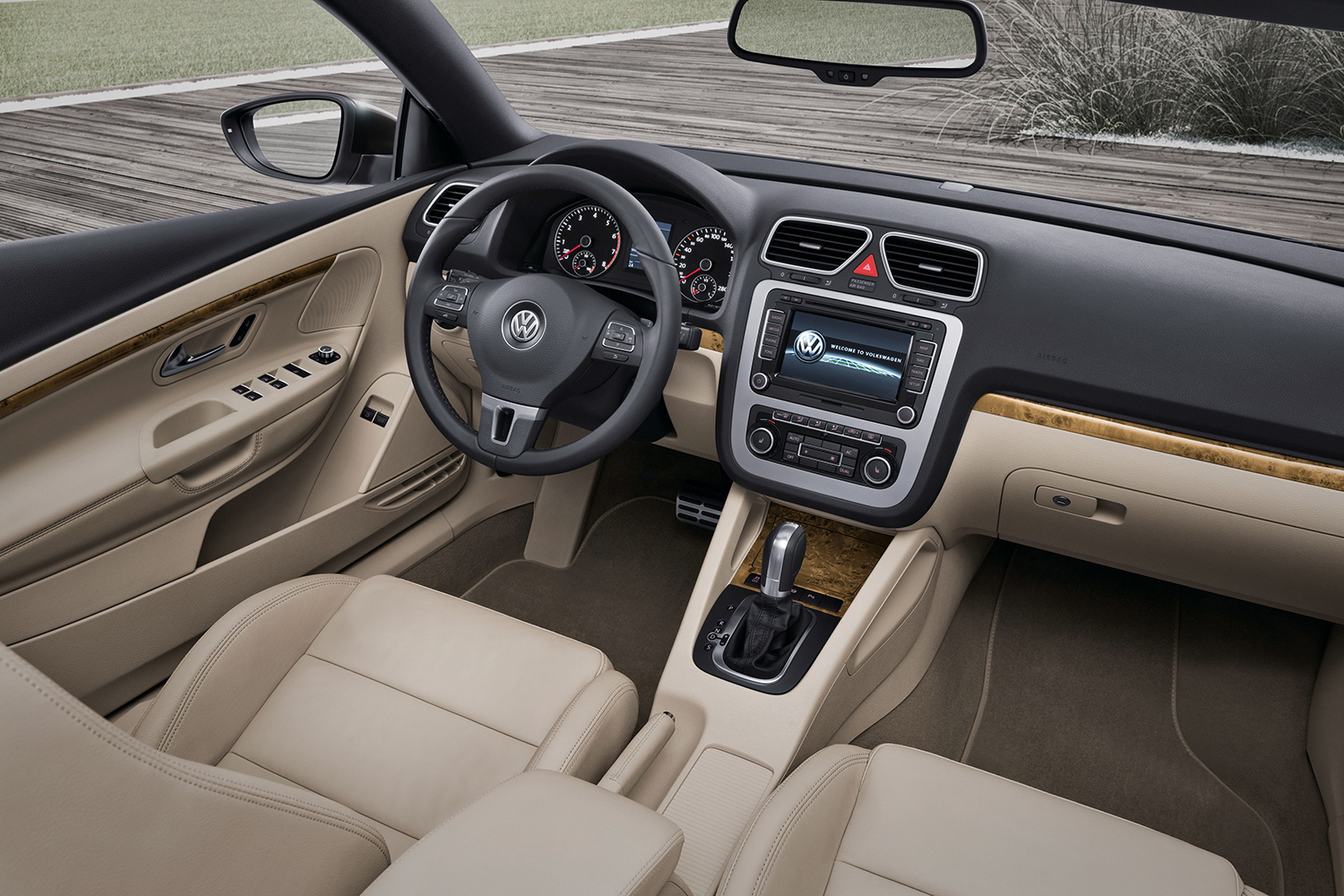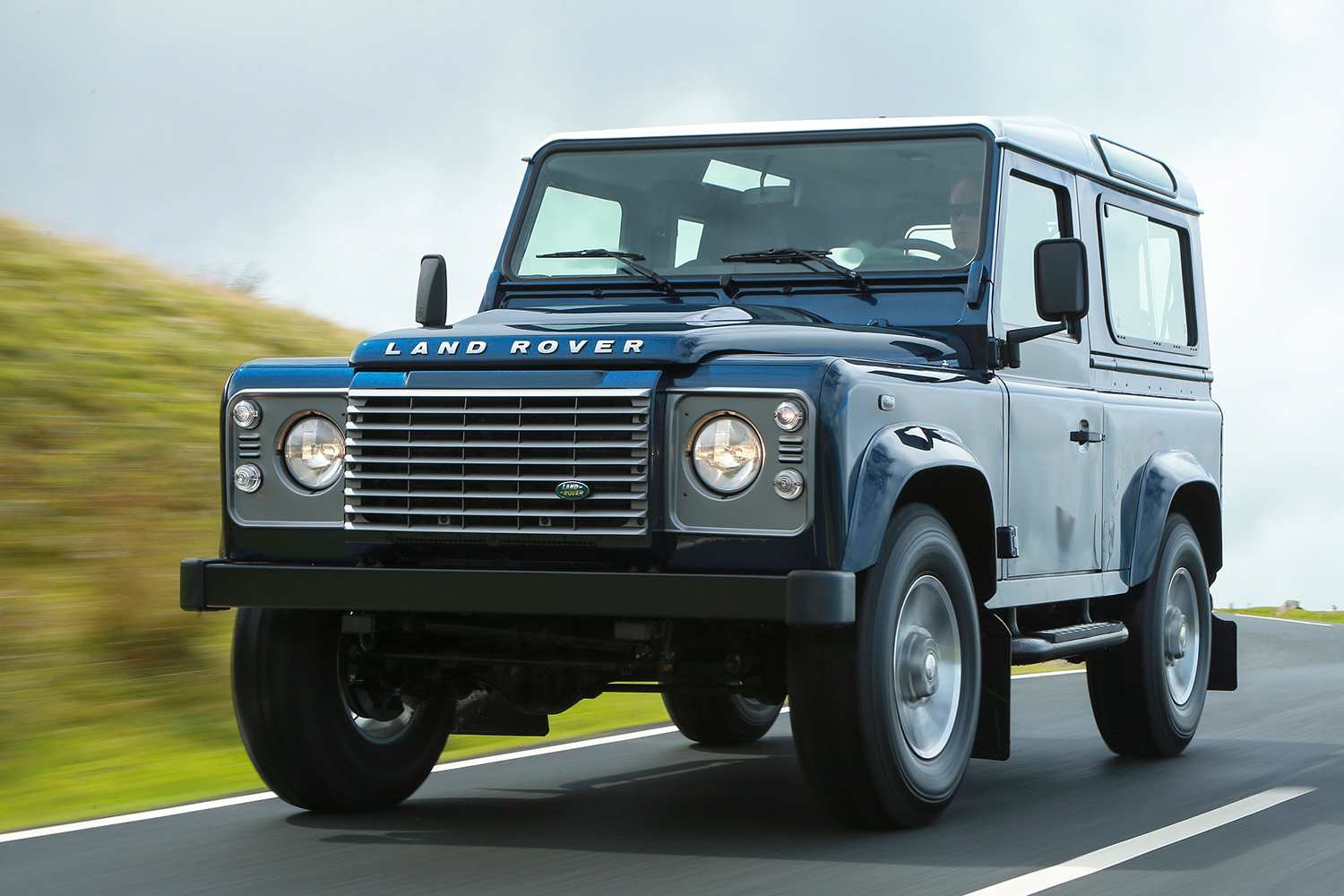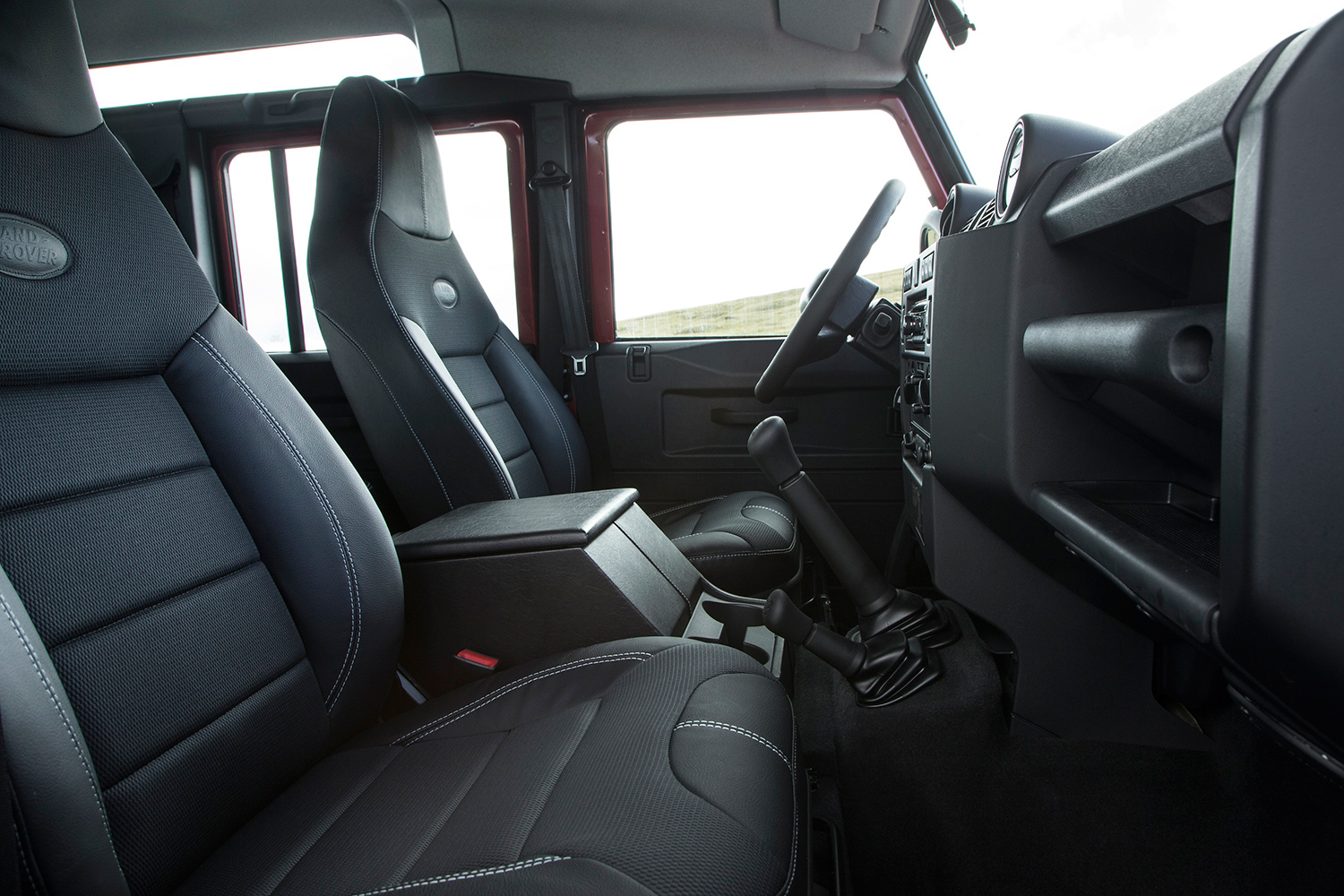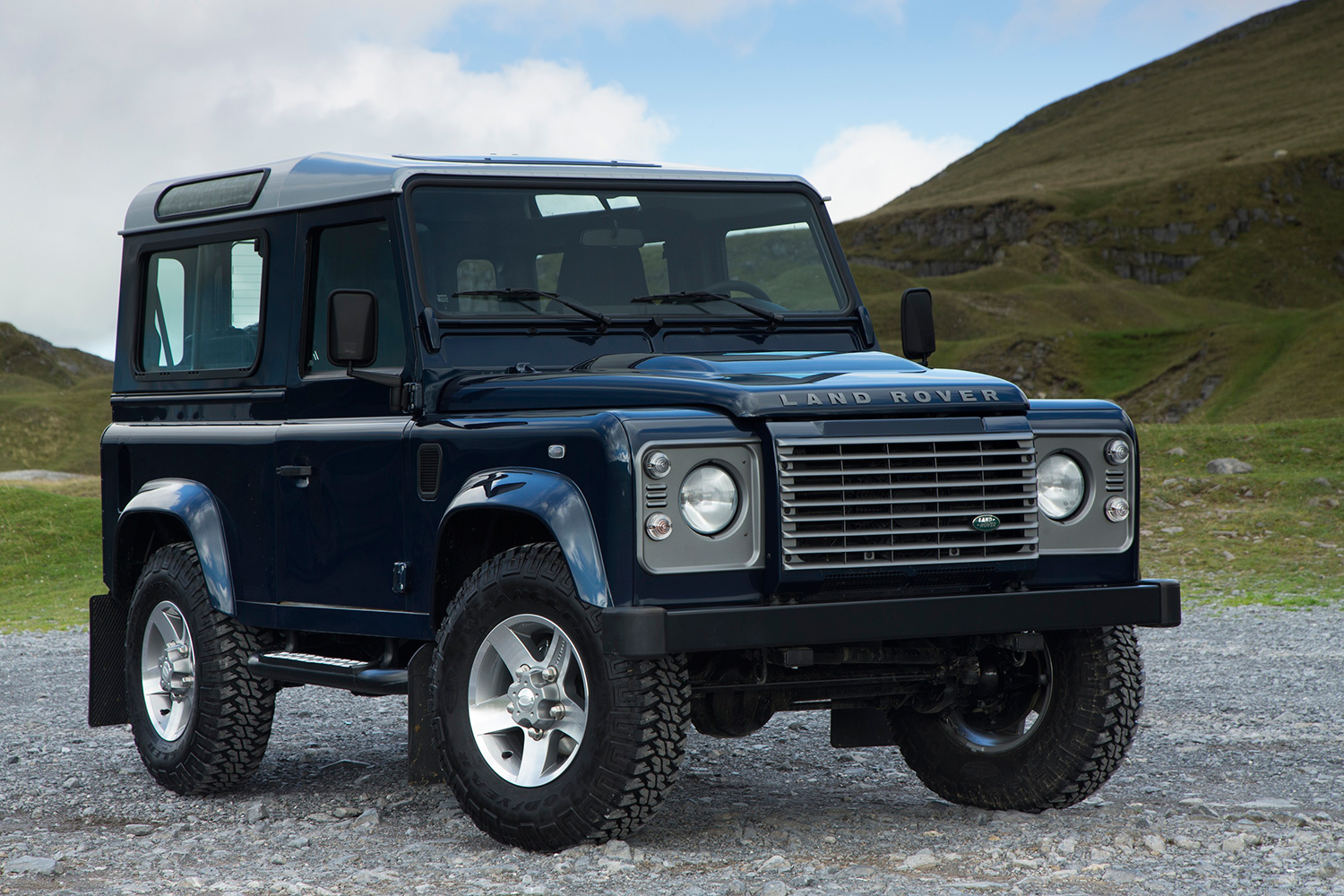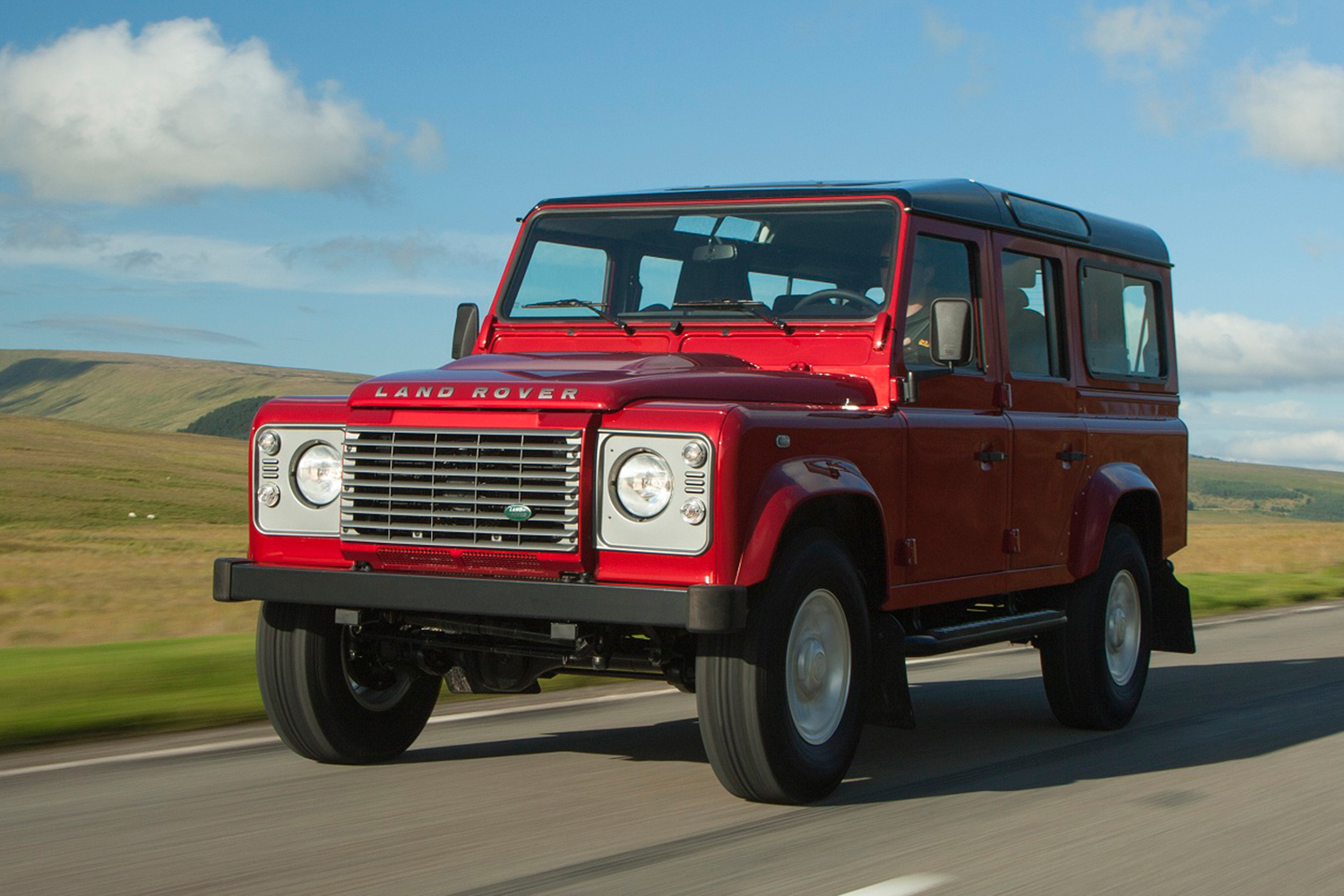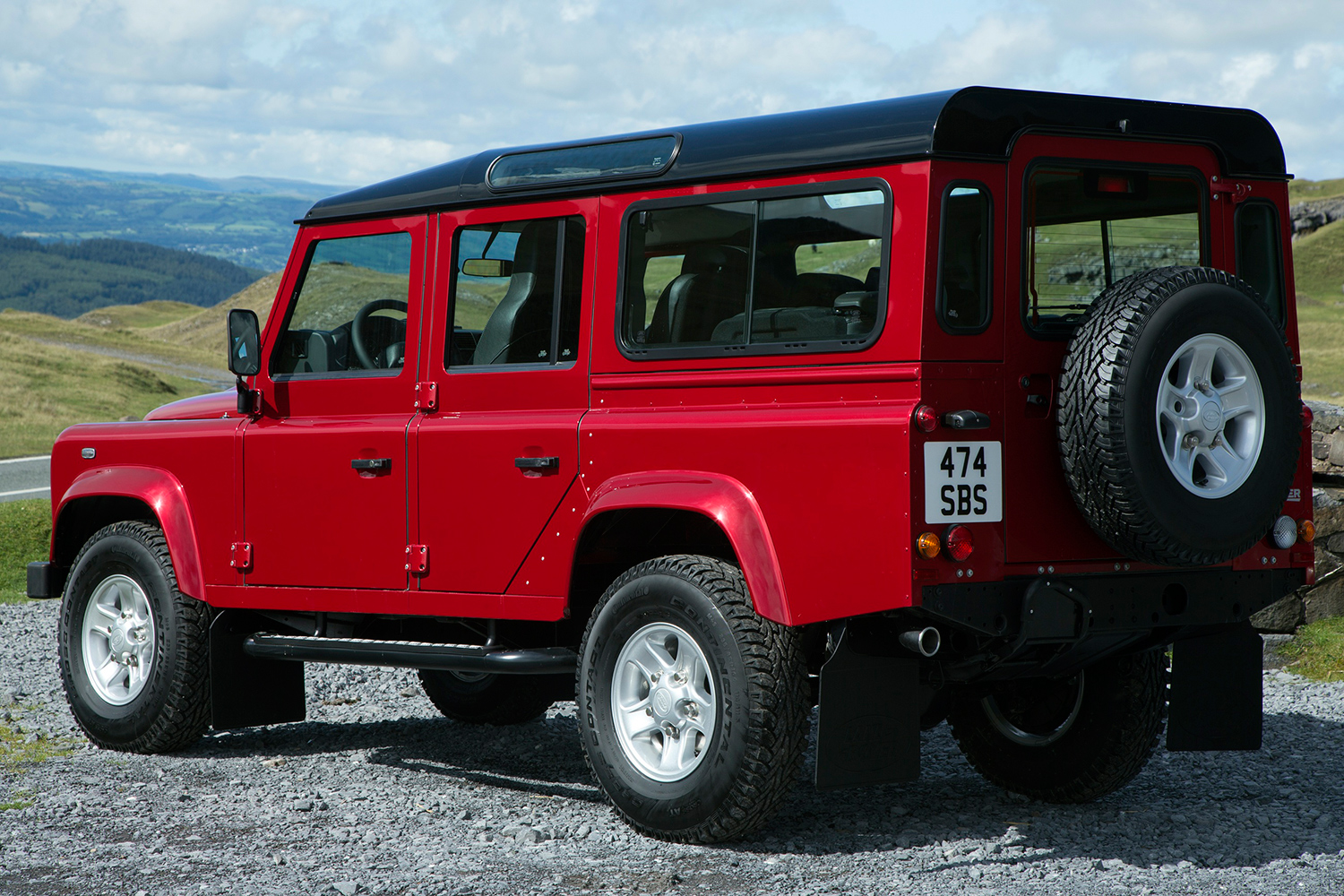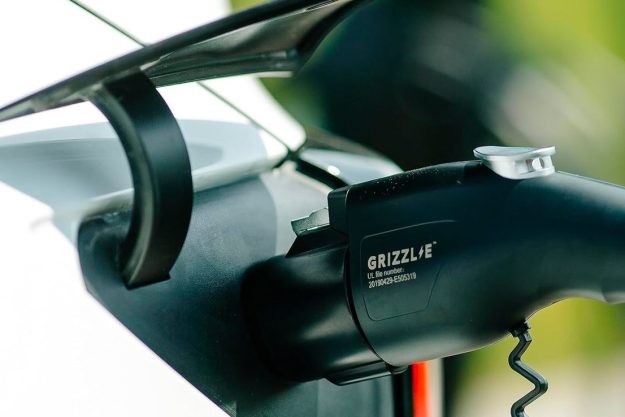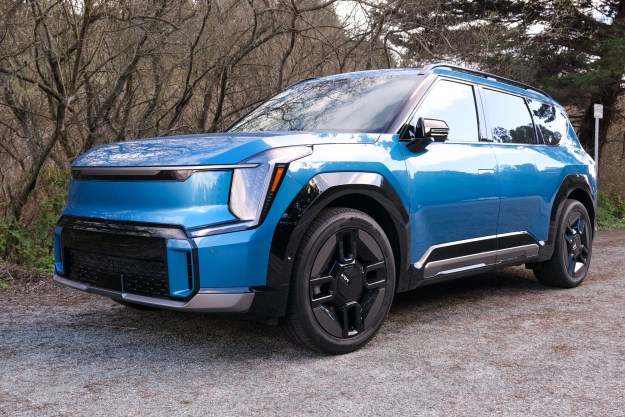The 2016 model year is well under way, which means two things: buyers who play their cards right can get a generous discount on one of the last remaining 2015 models, and there are a handful of cars that are preparing to make the jump from the buyer’s guide to the history book.
Some cars have been given the proverbial axe because they’ve reached the end of their life cycle, while others are being deep-sixed because they’re simply not popular enough. Technology advances at a rapid pace, buyers’ tastes evolve quickly, and some of the cars that were considered cutting-edge in 2010 are obsolete today.
We’ve singled out ten cars that aren’t sticking around for the 2016 model year. There are a couple that have already been replaced, a few that we’ll miss, and a handful that we’re frankly happy to say goodbye to.
Chevrolet Volt (first generation)
Fitted with a fuel-sipping gasoline-electric hybrid drivetrain, the first-generation Volt remains one of the most controversial – and important – models Chevrolet has ever launched. While it turned out to be a big success for the Bowtie, few would have been surprised to see it end up as an also-ran relegated to the sidelines of the automotive landscape. Anyone with access to a news outlet will remember that all was not well in Detroit when Chevrolet was designing the Volt.
To say that the new 2016 Volt has big shoes to fill is an understatement. To ensure it tops its predecessor, Chevrolet has built the second-generation model on a brand new platform designed specifically to underpin hybrids, and it has fitted it with a more efficient drivetrain that can run on electricity alone for about 50 miles.
Honda Civic (ninth generation)
The ninth-generation Honda Civic was often criticized for its overall blandness and its lackluster interior. Honda responded by rushing a comprehensively revised version of its bread-and-butter model to the market, but the updates were too little, too late. The ninth-gen model certainly won’t go down in history as one of the best installments of the Civic.
The monumentally important tenth-gen model that debuted recently promises to make up for its predecessor’s shortcomings with an upscale design, a well-built interior, and a palette of state-of-the art tech features. As a bonus, we hear the next tire-shredding Type R will finally be sold in the United States.
Infiniti Q40
Formerly dubbed G, the Infiniti Q40 was introduced in 2006 as an alternative to the BMW 3 Series and the Mercedes-Benz C-Class. It should have been retired when the much sleeker-looking Q50 was introduced a couple of years ago, but Infiniti decided to keep it around for a little while longer as an entry-level model in a bid to lure younger buyers into showrooms.
The Q40’s time has finally come; the 2015 model year will be its last. Its spot at the bottom of the Infiniti lineup will soon be filled by a small hatchback dubbed Q30 that was presented earlier this year at the Frankfurt Motor Show. Built on the same front-wheel drive platform as the Mercedes-Benz CLA, the Q30 is scheduled to land in showrooms next year.
Land Rover LR2
The LR2 (also known as the Freelander 2 in some parts of the globe) was positioned at the very bottom of the Land Rover lineup for years. It offered the all-terrain prowess that buyers expect from a Land Rover-badged SUV in a relatively compact package that was easy to maneuver around town and in crowded parking garages. Launched in 2006, it was one of the last vestiges from the era when Land Rover was sardined with Volvo, Aston Martin, Lincoln, and Jaguar under Ford’s Premier Automotive Group umbrella.
The LR2 has already been replaced by the Discovery Sport. Bigger and more luxurious than its predecessor, the Sport is the only model in its segment to offer space for seven passengers – and the winner of Digital Trends’ first SUV of the year award.
Mercedes-Benz C63 AMG Coupe
In a market where downsizing and fuel efficiency are the order of the day, the Mercedes-Benz C63 AMG Coupe stood out like the sorest of thumbs with a massive, naturally-aspirated 6.2-liter V8 engine tuned to deliver 451 horsepower at 6,800 rpm. It’s remembered as Mercedes’ first serious attempt at taking on the BMW M3 Coupe (which is known as the M4 today).
Presented at the Frankfurt Motor Show, the all-new 2017 C63 now falls under the Mercedes-AMG banner. While it surfs the industry’s downsizing wave with a twin-turbocharged 4.0-liter V8, it’s more powerful, faster, and more driver-focused than its big-bore predecessor.
Mercedes-Benz GLK
The GLK was Mercedes-Benz’s first entry into the hotly-contested compact SUV segment. Unlike the bigger M-Class (a nameplate that’s also retiring this year), it wore a boxy, rugged-looking design that was loosely inspired by the venerable G-Class. The story was different under the skin, where the GLK was built on the same platform as the last generation C-Class.
The GLK’s replacement is christened GLC, a moniker that denotes it as the C-Class of the SUV segment. The name is highly accurate because Mercedes’ newest crossover again shares its platform and the bulk of the components that make up its drivetrain with its sedan counterpart.
Mitsubishi Lancer Evolution
For years, the rally-bred Lancer Evolution fought head-to-head against the Subaru WRX STI in race events all around the world and in Gran Turismo. Mitsubishi has recently announced plans to move away from building sedans in order to focus on SUVs and crossovers, and the hardcore Evolution is the first member of its lineup to give up the ghost. The last 1,000 cars are part of a limited edition appropriately called Final Edition.
What’s even worse for enthusiasts is that Mitsubishi has confirmed time and again that the Lancer Evolution has reached the end of the line. That means we won’t see another hot-rodded Mitsubishi sedan anytime soon, but the heritage-laced Evolution name could be dusted-off and applied to a sport-focused hybrid crossover before the end of the decade.
Nissan Xterra
Ten years ago, truck-derived body-on-frame SUVs were immensely popular in the United States. Today, they’re quickly falling out of vogue as consumers migrate en masse to car-based crossovers. In retrospect, the Xterra’s death sentence was pronounced years ago.
Unsurprisingly, Nissan has confirmed that the Xterra will not be replaced because the segment is simply too small. Buyers who want a rugged, body-on-frame SUV that can be easily transformed into a weekend toy should look at the Toyota 4Runner and, of course, the Jeep Wrangler.
Scion iQ
Introduced in the United States in 2011, the Lilliputian Scion iQ earned the exceptionally dubious honor of being the only true competitor the smart fortwo has ever had. It sounded promising on paper, but it was a fiasco on the market partly because it was simply too expensive for what it was. Additionally, many buyers rightfully expected a Hot Wheels-sized machine powered by a 1.3-liter four-banger to return more than 36 mpg in the city.
Scion parent company Toyota wasn’t able to make a business case for a second-generation iQ. That says a lot, because the diminutive city car was also sold in Europe and in Japan, markets where tiny economy cars have traditionally been strong sellers.
Volkswagen Eos
Named after the Greek goddess of sunrise, the Volkswagen Eos could morph from a convertible to an all-weather coupe in seconds thanks to a retractable hard top. It was positioned as a semi-premium model that filled the wide chasm between the Beetle Convertible and more expensive German drop-tops like the BMW 4 Series convertible.
Sun worshippers who are saving up for the second-generation Eos are completely out of luck. A new model isn’t coming, but Volkswagen insiders have hinted that the Golf Cabriolet might return to the United States for the first time in 2002. The catch is that it’s at least four years away from landing in showrooms, and that it is expected to eschew the Eos’ folding hard top in favor of a more conventional cloth soft top.
Honorable mention
Land Rover Defender
Presented in 1983, the Defender is a no-nonsense, function-over-form off-roader whose roots go back to the original Land Rover Series I that was launched in 1948. There’s a good chance you knew that already; this icon on four wheels no longer requires an introduction.
For over three decades the Defender has been tackling every obstacle Mother Nature can muster up with aplomb, but new regulations in the European Union have proven too tough for it to beat. Land Rover isn’t willing to invest in making the off-roader compliant with the latest round of safety and emissions norms, so the grim reaper is waiting at the gates of the Solihull factory in England.
Defender production might be extended until next April because demand has been unusually high this year, but Land Rover can’t legally take orders after December 31st of this year. And while the gap it will leave in the Land Rover lineup will eventually be filled, the Defender’s demise represents both the end of an era and the end of a market segment.

